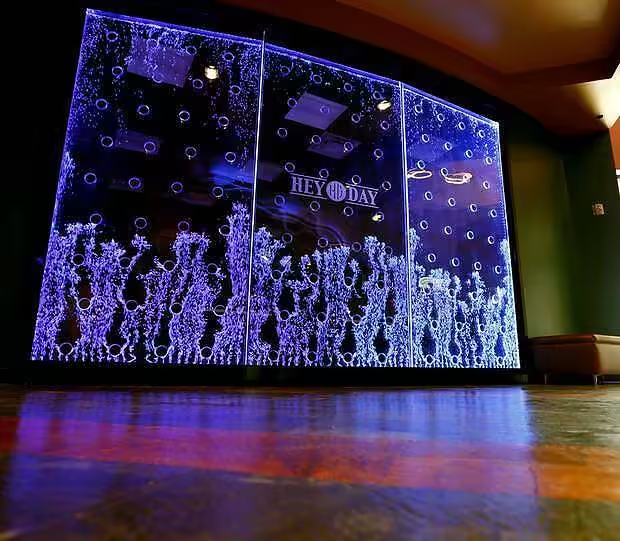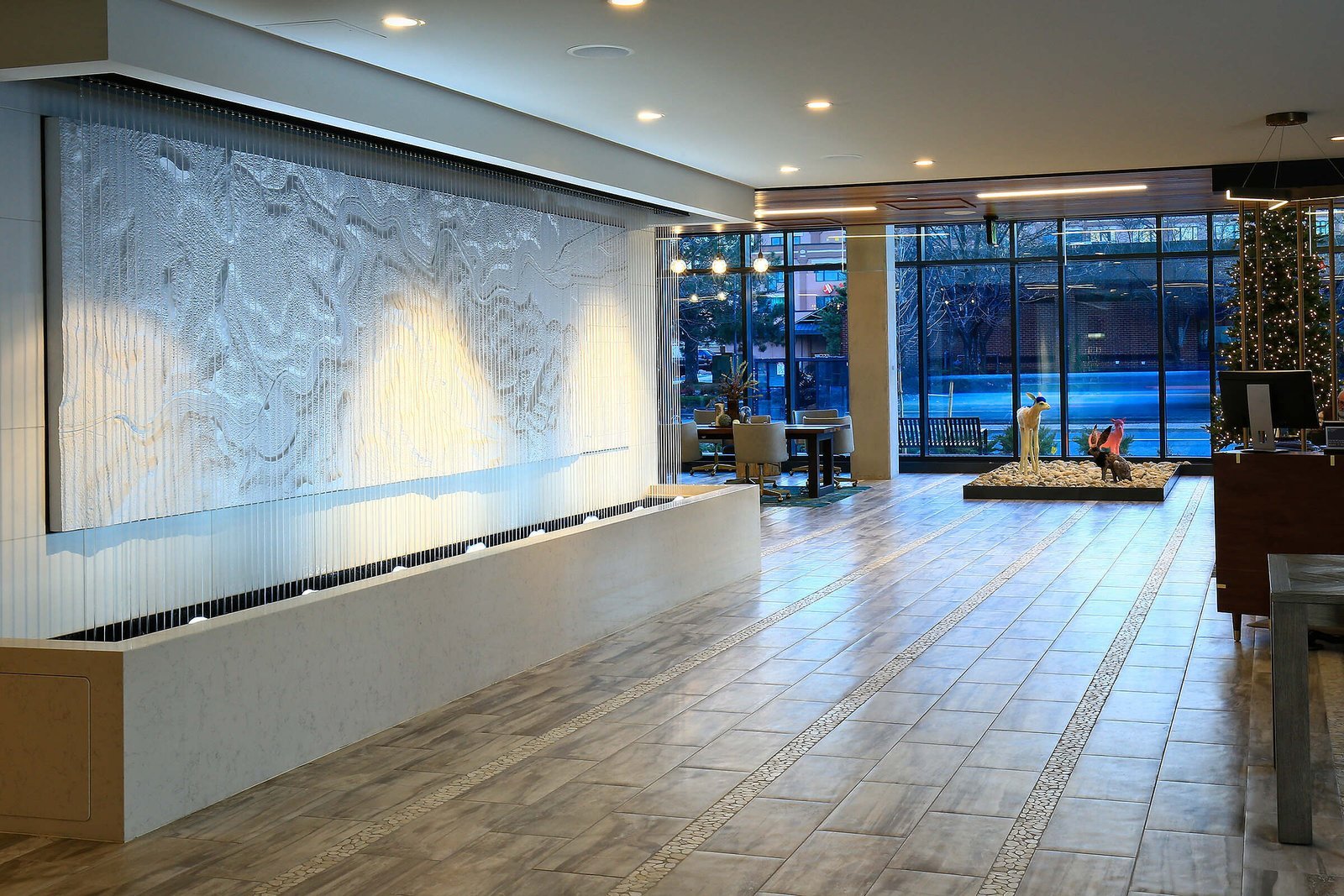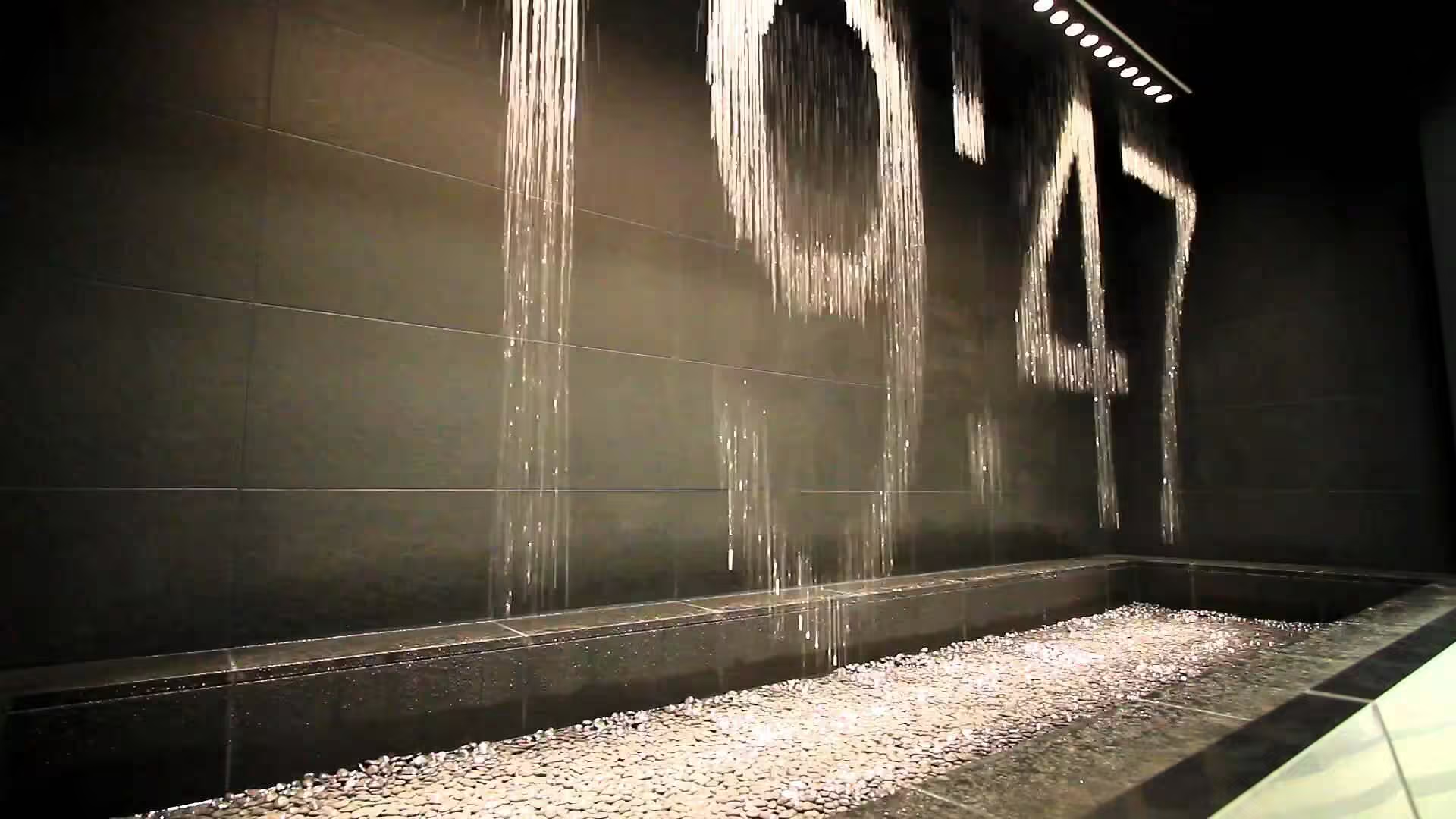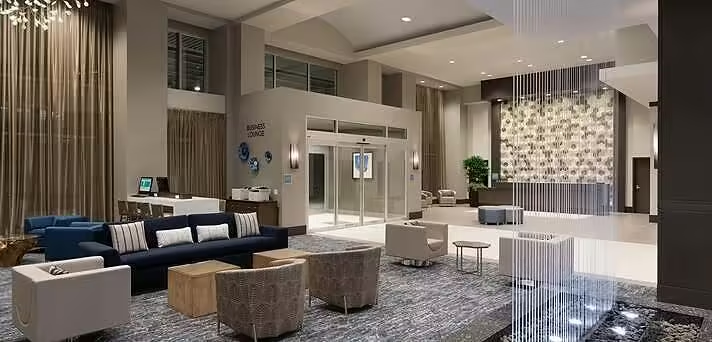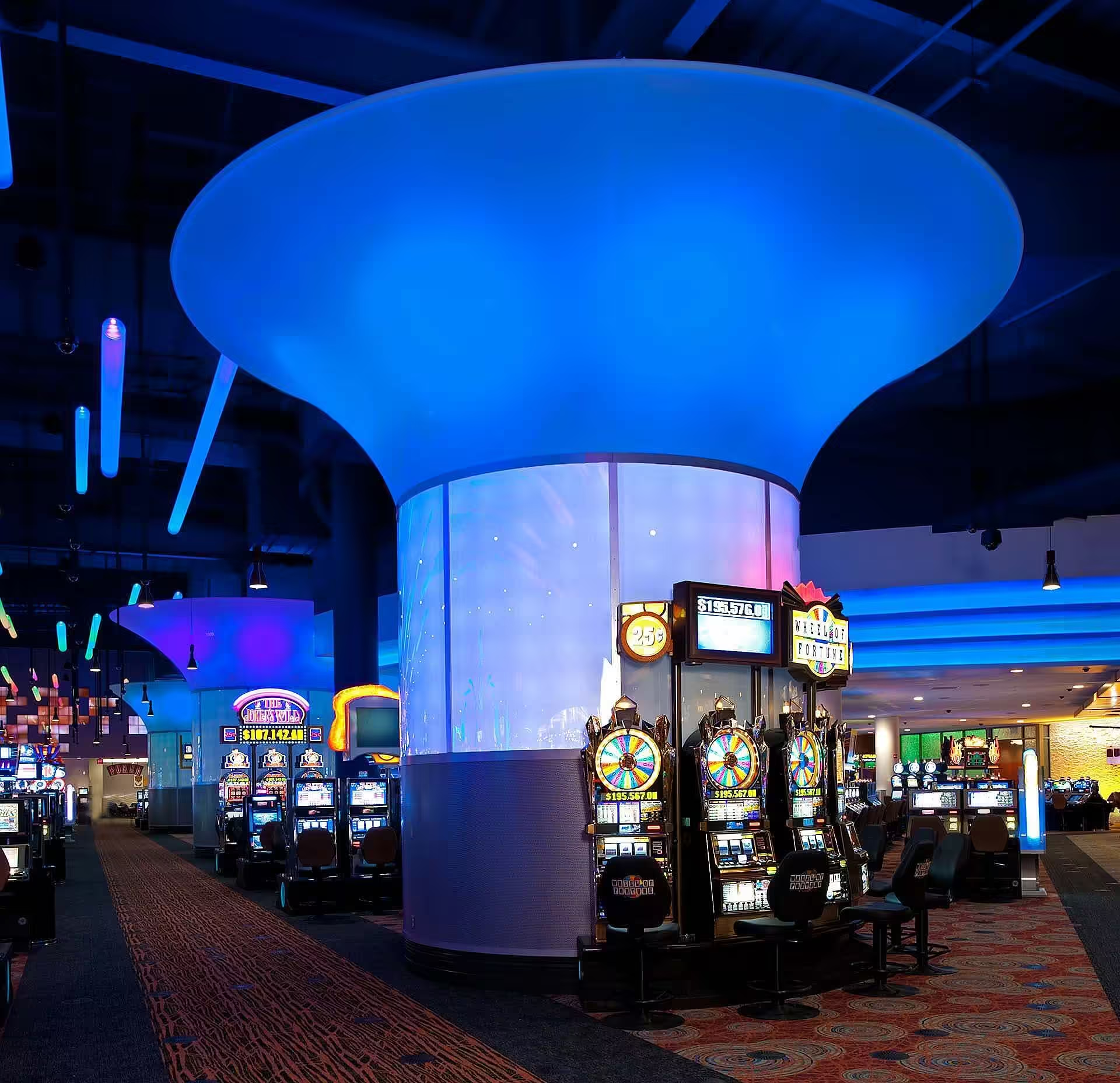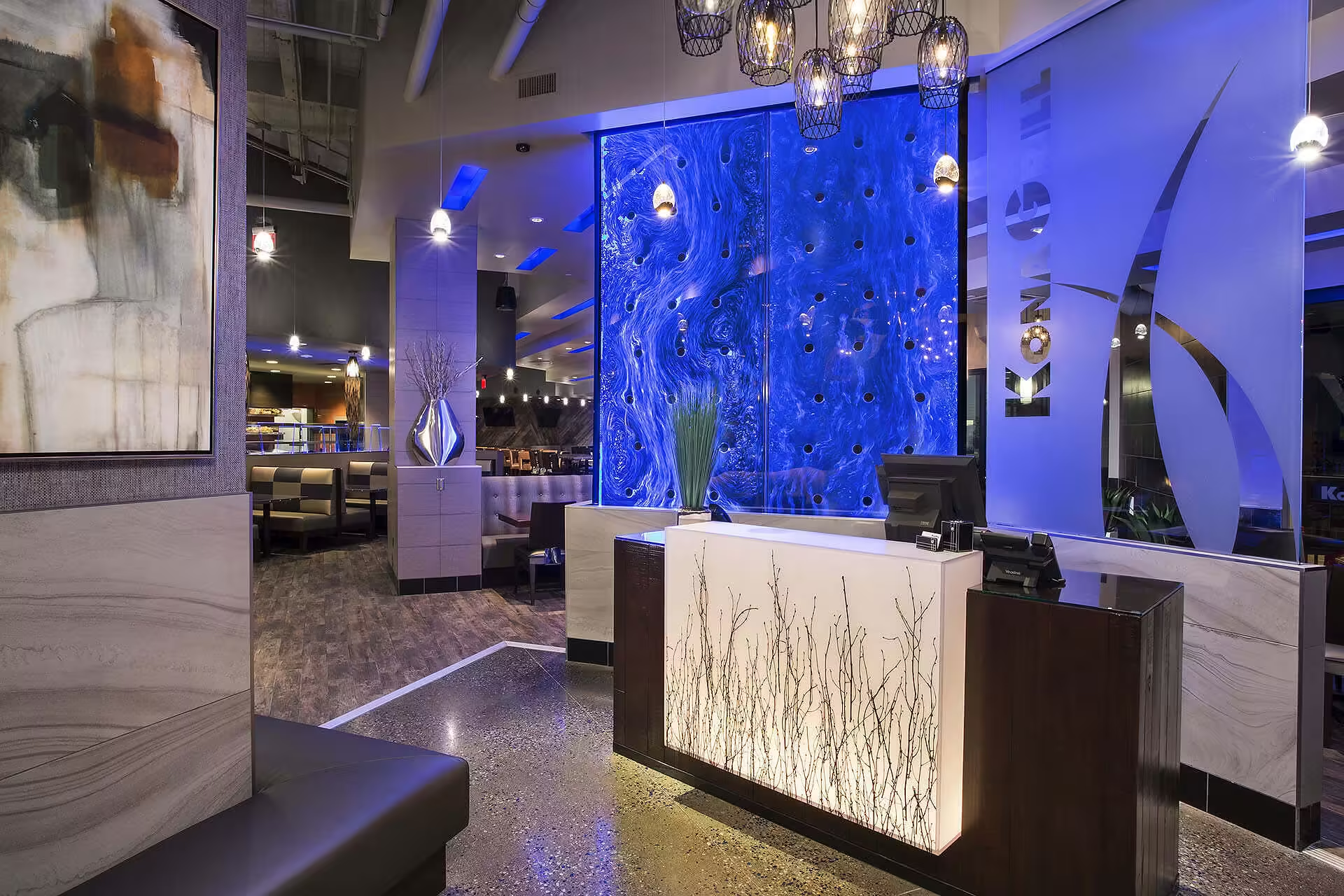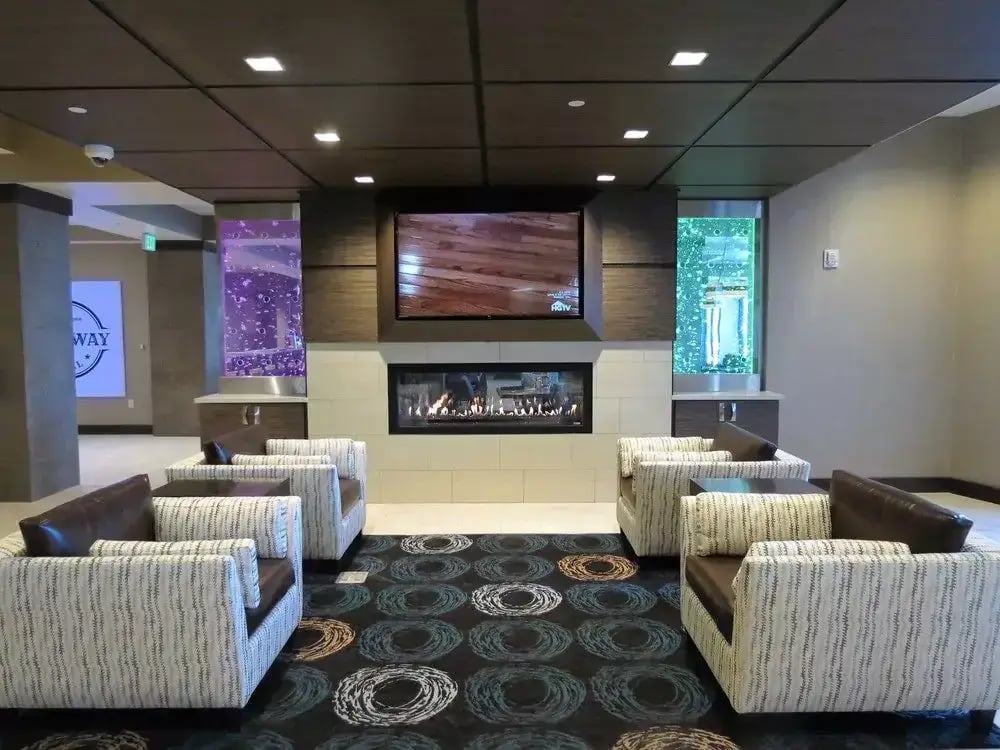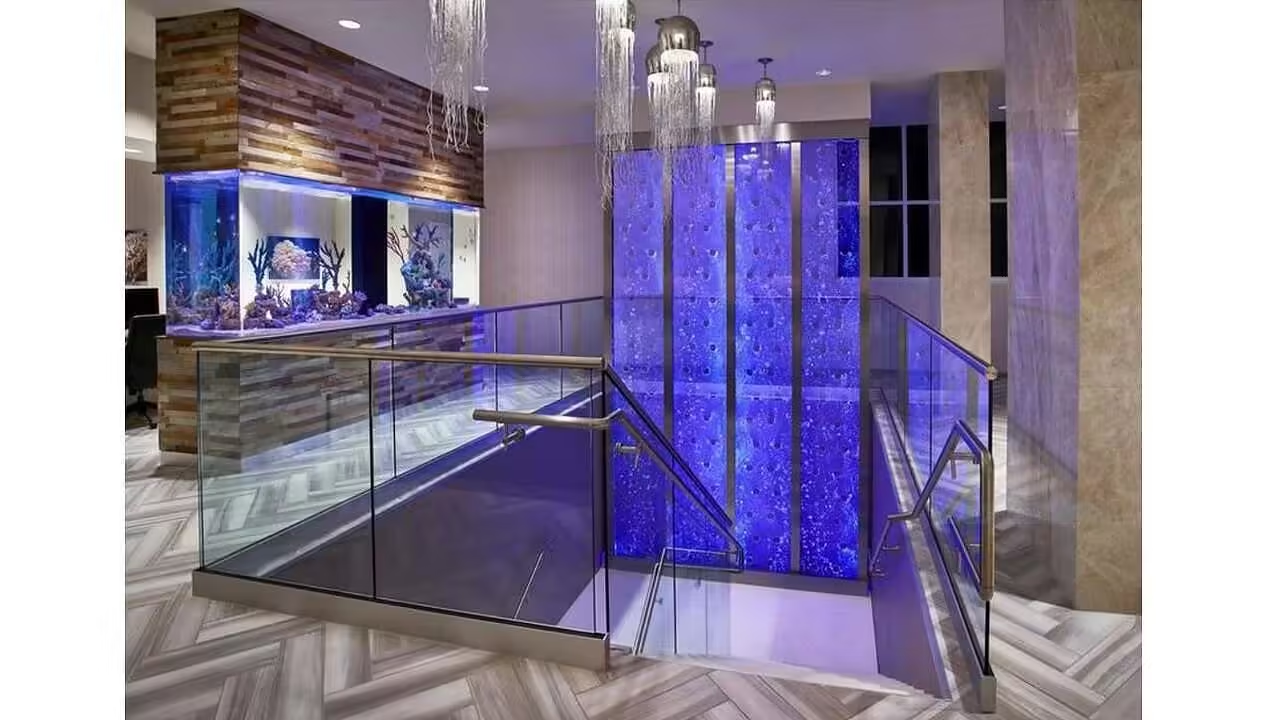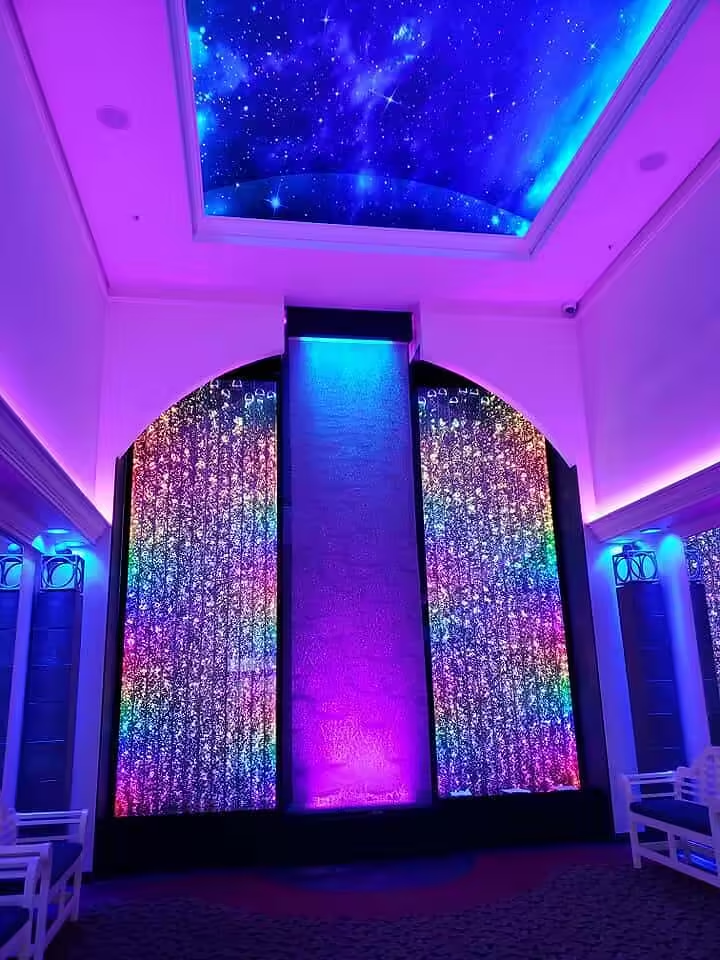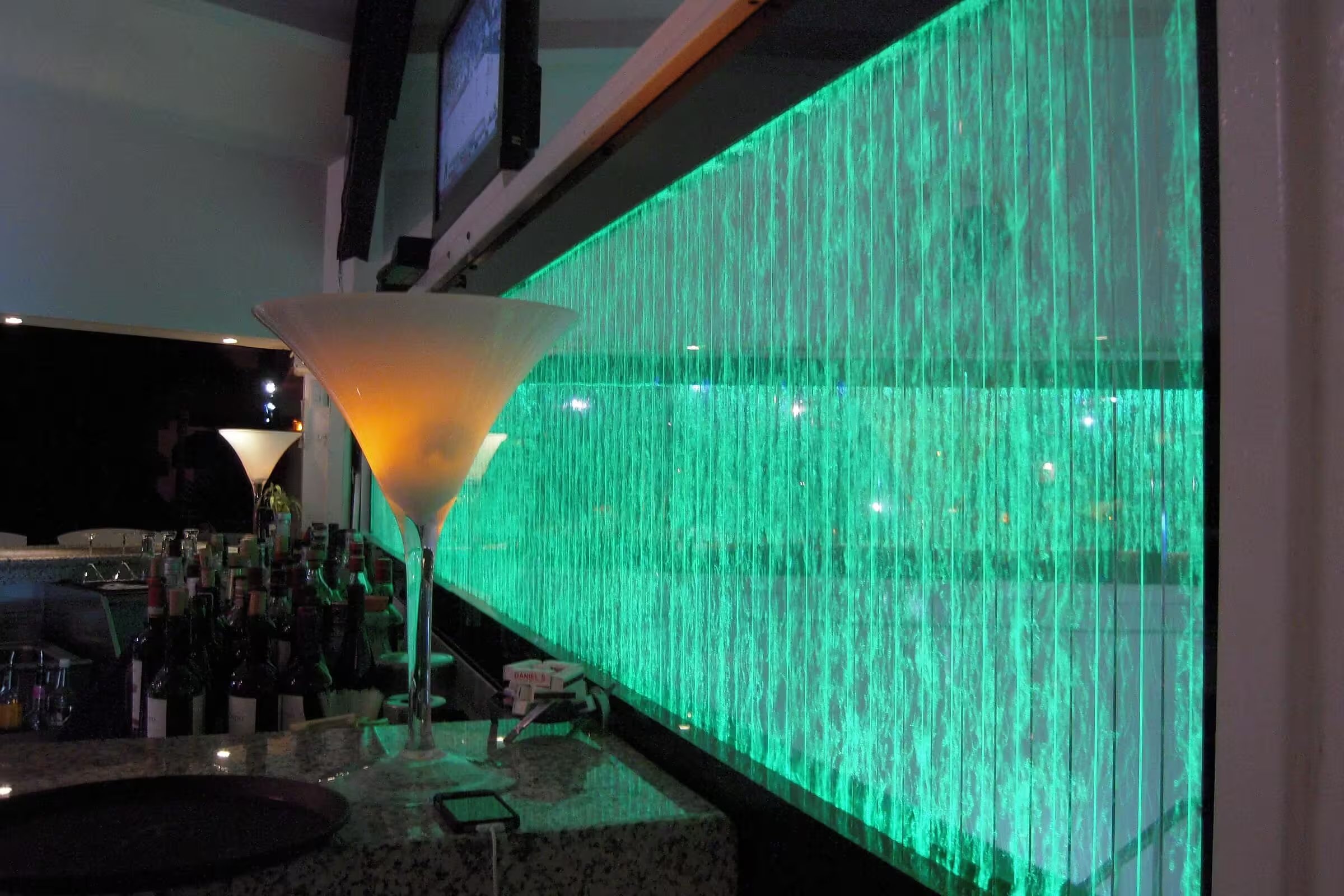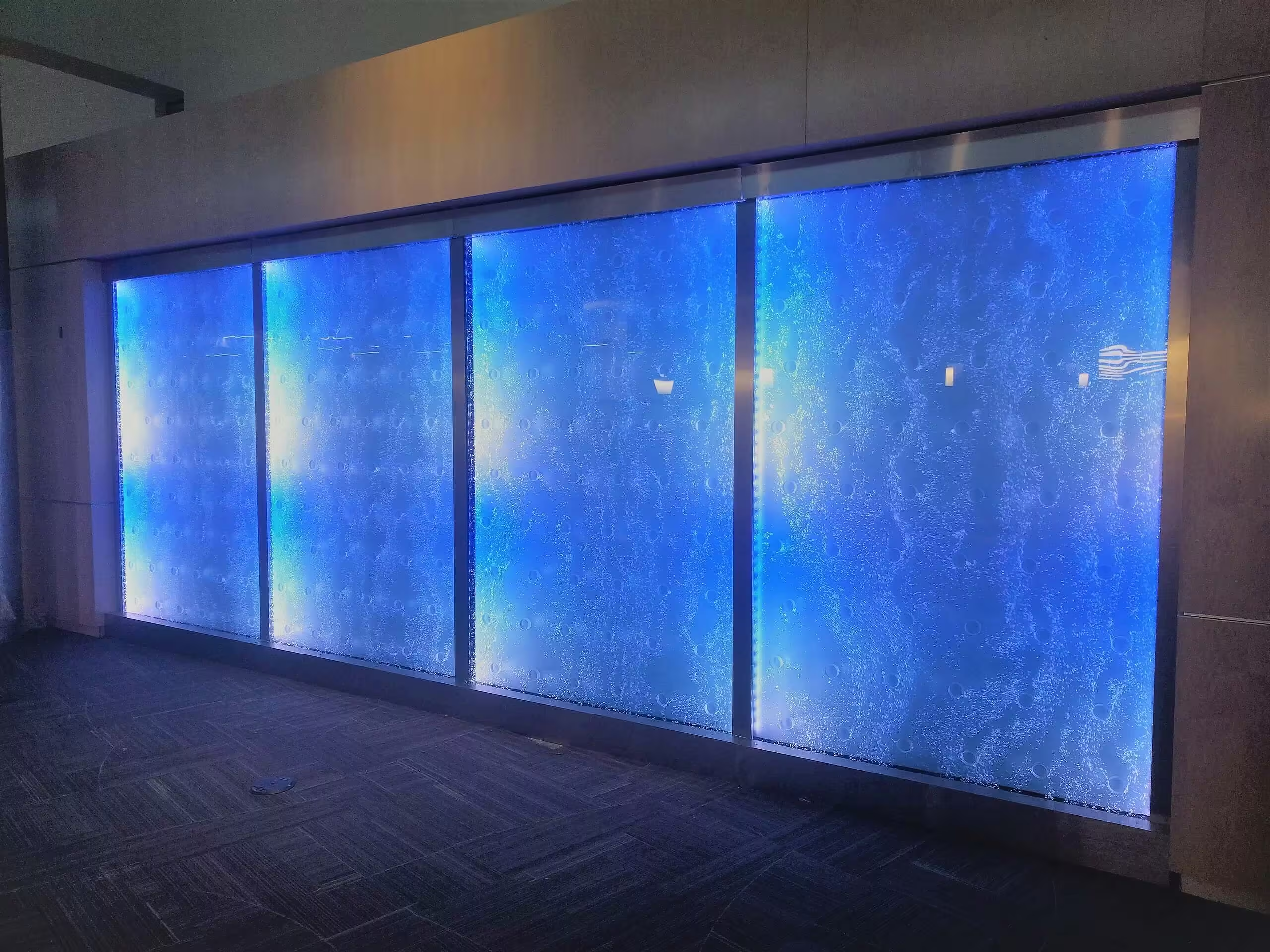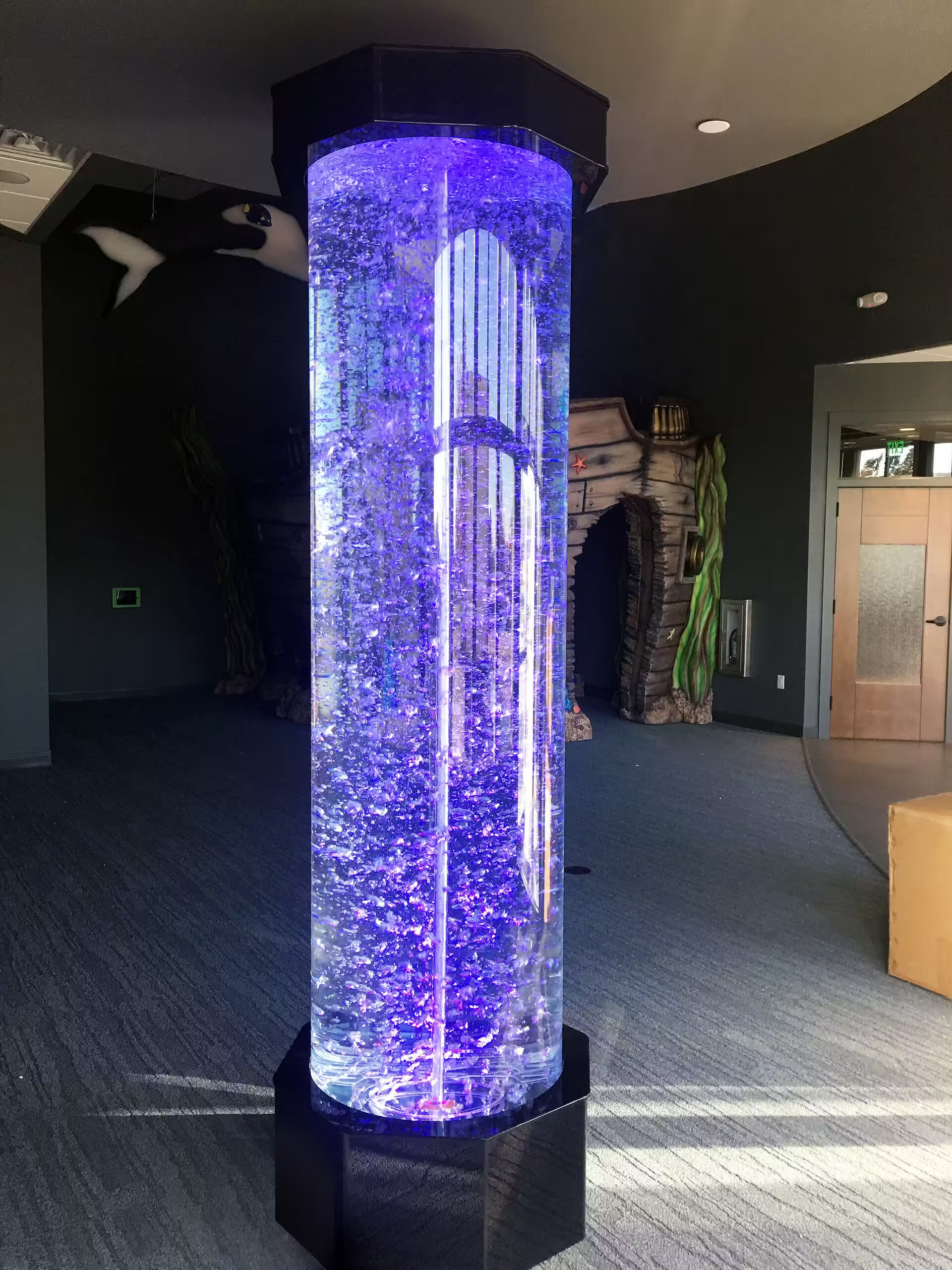Table Of Contents:
- Innovative Design Techniques for Water Curtain Walls in Modern Architecture
- Key Takeaways
- Understanding Water Curtain Walls in Modern Architecture
- The Evolution of Water Curtain Wall Design Techniques
- Innovative Materials and Technologies in Water Curtain Walls
- Incorporating Water Curtain Walls Into Sustainable Architecture
- Spotlight on Iconic Water Curtain Wall Projects
- Key Considerations in Designing Water Curtain Walls
- Conclusion
Innovative Design Techniques for Water Curtain Walls in Modern Architecture
Are you seeking to shape your architectural projects with elements that merge transparency, fluid motion, and innovation? This article unveils the evolving designs of water curtain walls, embracing the intertwining of water and glass to revolutionize façades and interior spaces. You’ll grasp the innovative materials and technologies propelling this trend forward and learn how to embed these features into sustainable architecture. We’ll also cast a light on iconic projects that will stimulate your design visions. If you’re grappling with integrating dynamic and aesthetic water elements, the insights shared here will assist you in overcoming that challenge. Join me in delving into the transformative world of water wall curtains and their role in modern design.
Key Takeaways
- Water curtain walls combine form and function to create captivating and tranquil spaces
- Modern designs harness technology for customizable, interactive water feature experiences
- Sustainability and energy-efficiency are integral to contemporary water curtain wall design
- Integrating water curtain walls improves indoor environmental quality and occupant well-being
- Safety, compliance, and thoughtful budgeting are crucial for successful water curtain wall implementation
Understanding Water Curtain Walls in Modern Architecture

Water curtain walls, an elegant fusion of functionality and beauty in modern design, serve both aesthetic and practical roles within architectural spaces. Through a harmonious interplay of tanks, pumps, and walls, they not only establish focal points but also enhance the atmosphere with a serene ambience. My exploration begins with defining their role in architecture, tracing the path from their historical origin to contemporary applications that showcase how these fountains of innovation breathe life into environments. Each segment will reveal their transformative impact, enabling spaces to captivate with dynamic fluidity. Let’s delve into the specifics to appreciate how these features redefine spatial experiences.
Defining the Role of Water Curtain Walls
In the realm of modern architecture, water curtain walls stand as a testament to the marriage of form and function, providing a medium for designers like myself to create a breathtaking waterfall effect that adds a sense of movement and tranquility to any space. When integrated into projects, these features offer a canvas for dynamic lighting and projection, turning the buffalo thunder nightclub, for instance, into an immersive experience where water becomes a living, shifting backdrop that enhances the venue’s vibrancy and allure.
Envisioning the role of water curtain walls also extends to practical applications, such as advertising and conveying information in a visually engaging manner. My designs have employed water screens where cascading sheets of water become a novel medium for brand messaging, transforming a simple liquid curtain into an interactive, fluid display that captures the attention of passersby far more effectively than traditional static signage.
From an acoustic standpoint, the gentle murmur of a water feature introduces a layer of white noise that effectively masks unwanted sounds within bustling environments. I have observed the calming influence a well-placed water curtain can exert in lobbies or atriums, where the ambient waterfall sound absorbs distracting noises, thus fostering a peaceful atmosphere conducive to relaxation and focus.
Historical Development and Early Applications
The concept of water in architecture has roots stretching back to ancient civilizations, where the interplay between water and structural design was not just practical but deeply symbolic. I’ve seen that today’s water curtain walls echo these early forms of water art, much like the fountains and aqueducts that served as the lifeblood in Roman towns or the intricate water gardens that adorned Islamic palaces. Reflecting on history, it’s clear that water has always been a vital architectural element, used to convey opulence, ingenuity, and the passage of nature through man-made edifices.
My professional journey has led me to examine early Renaissance and Baroque fountains, which served as the precursors to modern water curtain walls. These historic fountains were not merely ornamental but represented significant advances in hydraulics and the use of water pressure to create spectacular visual displays. In my designs, I strive to honor this legacy by fusing the mechanical ingenuity of past water features with contemporary aesthetic sensibilities to create installations that are at once timeless and cutting-edge.
In my study of water curtain wall development, I’ve noted their evolution as a pivotal element in garden design, from the French châteaux to the storied grounds of English estates. These early applications highlighted water’s capability to shape the natural landscape and enhance the artistic expression of outdoor spaces. This heritage inspires my current work, where I draw upon this history to craft water features that serve not only as focal points but also as connectors between modern architecture and the art of landscape design.
Aesthetic and Atmospheric Impact on Architectural Spaces
In my experience designing for hospitality spaces, the profound impact of water curtain walls on aesthetics cannot be overstated. The inclusion of these dynamic elements often becomes the linchpin of design, anchoring the visual theme and drawing in the eye with their mesmeric cascade. For instance, the introduction of a water curtain wall within a hotel lobby not only elevates its luxury quotient but also creates an inviting climate, subconsciously signaling a haven of relaxation to guests.
My designs take into consideration the atmospheric effects water curtain walls imbue in an indoor space. They have a remarkable ability to modify the mood and tone, effortlessly crafting an immersive environment. In environments such as upscale restaurants or corporate headquarters, a thoughtfully placed water curtain wall can diffuse natural light, lending a gentle luminosity that accentuates architectural features and art installations:
- Natural light diffusion transforms the ambience with a soft glow.
- Strategic placement amplifies architectural aesthetics.
- Interaction with art pieces creates a multi-sensory experience.
From a practical standpoint, integrating these features requires an astute understanding of spatial dynamics. I craft water curtain walls to enrich the environment’s texture, ensuring they complement rather than overwhelm. Their sound and motion contribute a layer of energy to static spaces, making expansive atriums feel more intimate and transforming stark corporate corridors into engaging passages that enhance the overall architectural journey for users and onlookers.
The core principles of water curtain walls stand firm in modern design. Now, watch how these principles have evolved into the artful techniques of today.
The Evolution of Water Curtain Wall Design Techniques

The landscape of water curtain wall design has seen a remarkable transition from traditional methods to contemporary practices, a transformation fueled by advancements in technology. In my work, I now harness digital tools tailored specifically for water feature modeling, allowing for unprecedented precision and creativity. The forthcoming sections will explore this evolutionary path, shedding light on the interplay between modern technology and the water curtain wall design process, and the efficacious application of these novel digital techniques.
Transition From Traditional to Contemporary Designs
My exploration into water curtain walls has revealed a significant shift from traditional design methods to contemporary techniques. Initially centered around static, ornamental forms, my recent projects illustrate a move towards interactive, customizable designs, where clients can now engage with water curtain walls as dynamic art pieces. This transition harnesses both innovation and adaptability, responding to growing demands for architectural features that are both striking and responsive to their environment.
The advancements in computational design have played a pivotal role in modernizing water curtain walls; I’ve employed algorithms to simulate water flow and visual effects, ensuring precise control over each droplet’s movement. Not only does this translate into mesmerizing displays tailored to specific architectural contexts, but it also streamlines the installation process, allowing for efficient integration of water features within complex architectural designs:
| Design Aspect | Traditional Approach | Contemporary Technique |
|---|---|---|
| Visualization | Sketches and Scale Models | 3D Modelling and Simulation |
| Control | Manual Valves | Digitally-Controlled Pumps |
| Customization | Limited Options | Interactive Features and Lighting |
Practicality and client engagement are at the forefront of contemporary water curtain wall design. I actively involve my clients in the creative process, leveraging modern technology to provide them with virtual previews and interactive customizations. This client-centric approach not only enhances the design experience but also ensures the final product is deeply aligned with their unique vision and the space’s purpose, wholly transforming their environment with the serene, fluid beauty of water.
Influence of Modern Technology on Design Methods
My approach to designing water curtain walls has been revolutionized by modern technology, enabling me to shape water features with a degree of manipulation that was previously unimaginable. With innovations such as digital water pattern programming and responsive sensors, I can create installations where water adapts to environmental stimuli, like building facades that shimmer with the ebb and flow of the wind, translating natural dynamics into architectural poetry.
The integration of smart technology into my designs has significantly reduced the margin for error that often accompanied manual methods. Utilizing precision-controlled pumps and valves operated through sophisticated software, I ensure that water flows consistently, minimizing waste and energy usage while facilitating maintenance, thereby solving the pragmatic concerns of my clients who seek sustainable yet striking design solutions.
Software advancements have not only refined design execution but also revolutionized client interactions within the design process. By employing virtual reality, I engage clients in immersive experiences that preview the full impact of a water curtain wall within their space. This cutting-edge visualization allows for real-time adjustments and fosters an inclusive design collaboration, resulting in final outcomes that align seamlessly with the client’s vision and the space’s intended emotional resonance.
Utilizing Digital Tools in Water Feature Modeling
Embracing digital tools in the modeling of water curtain walls has been a game-changer in my design process. Innovative software enables me to craft intricate water features with granular control, ensuring that each installation is both aesthetically remarkable and functionally sound. Through precise modeling, I create designs that are not only visually stunning but also carefully engineered to harmonize with the existing structures and environmental conditions.
My use of fluid dynamics simulations allows me to predict how water will behave within a given design, reducing the likelihood of costly adjustments during installation. Clients benefit from this approach as it streamlines the design-to-execution pipeline, providing a clear understanding of how water curtain walls will interact with their surroundings before the physical work begins:
- Accurate prediction of water flow.
- Streamlined design-to-execution process.
- Enhanced client understanding and satisfaction.
This integration of technology extends to the sustainability of designs. I employ eco-friendly modeling tools to calculate water and energy usage, optimizing each water curtain wall to minimize its environmental impact. Utilizing this high-tech approach, I ensure that the beauty of each feature is matched by its adherence to green design principles, meeting the needs of clients who prioritize eco-conscious construction techniques.
As we turn the page from the rich history of water curtain walls, our gaze falls upon the horizon of innovation. Let’s step into a world where new materials and technologies are reshaping what’s possible.
Innovative Materials and Technologies in Water Curtain Walls

Exploring the frontiers of architectural design, I recognize how advances in water circulation systems and sustainable material choices play a pivotal role in the longevity and performance of water curtain walls. I’ve embraced innovative strategies that weave together lighting and multimedia elements, transforming these features into interactive spectacles. Each aspect, from the eco-conscious materials to the infusion of technology, contributes significantly to the narrative of these architectural marvels.
Advances in Water Circulation Systems
My recent water curtain wall projects have incorporated cutting-edge circulation systems, designed to ensure efficient water usage while maintaining the stunning visual effect these features are renowned for. I employ recirculating pumps that not only adapt to various water flow rates but also integrate seamlessly with the latest automation systems, offering an energy-efficient solution that responds to the complex needs of contemporary architectural spaces.
In my designs, I prioritize the longevity of water circulation, leveraging advanced filtration techniques that protect against impurities and reduce the need for frequent maintenance. By adopting such state-of-the-art systems, I’ve witnessed a remarkable improvement in water quality, which in turn enhances the overall aesthetic and functional lifespan of each water curtain installation.
To augment the eco-friendly aspect of these architectural marvels, I’ve explored the integration of rainwater harvesting systems into the water curtain‘s design. This approach not only showcases my commitment to sustainable design but also offers a practical solution for reusing natural resources, significantly reducing a building’s water footprint while still delivering a breathtaking water feature.
Sustainable Material Choices for Longevity
In my role as a designer of custom water features, I place a strong emphasis on selecting sustainable materials that not only endure but also minimize environmental impact. I’ve opted for recycled glass and ethically sourced natural stone in my water curtain wall constructions, ensuring longevity and eco-friendliness. These materials are not just durable; they offer a timeless aesthetic that complements a wide range of architectural styles.
I’m acutely aware that client satisfaction hinges on the resilient performance of our installations. To that end, I incorporate high-grade stainless steel, known for its corrosion resistance and strength, to construct the core framework of water curtain walls. This choice guarantees structural integrity and extends the feature’s life span, even in harsh climates and heavy usage scenarios, assuring clients that their investment is sound.
During the selection of materials, I also consider the maintenance implications to ensure that the grandeur of our water curtain walls persists through the years. By utilizing low-maintenance yet robust surface coatings that resist algae and calcium build-up, I safeguard the water curtain‘s visual appeal and functionality, allowing for a serene and stunning display that captivates onlookers with minimal upkeep.
Integration of Lighting and Multimedia Elements
In my design practice, the integration of lighting within water curtain walls has progressed beyond mere illumination. I expertly blend LED technology with water features, creating layers of light that actively interact with the water, delivering a rich tapestry of visual effects that immerse viewers in the experience. This synergy between water and light not only accentuates the fluid dynamics but also sets the emotional tone of the space, supporting the architectural narrative with elegance.
The addition of multimedia elements into water curtain walls is a testament to my commitment to innovation. Through this integration, displays transform into dynamic focal points that serve as platforms for storytelling, thrilling onlookers with an orchestra of digital imagery and synchronized water patterns:
- Digital projections create captivating visual narratives.
- Synchronized water movements offer an engaging rhythm.
- Programmable LED lighting escalates the overall impact.
I ensure that these multimedia features are not just ornamental but strategically designed to enhance brand identity or convey messages in a public space. Customized content programming allows for adaptability to various events and promotions, ensuring that the water curtain wall remains not only a landmark feature but a versatile tool for communication and engagement.
We’ve harnessed cutting-edge materials to shape water in bold new ways. Now, imagine merging this fluid artistry with green building design.
Incorporating Water Curtain Walls Into Sustainable Architecture

My approach to sustainable architecture capitalizes on incorporating water curtain walls to elevate energy efficiency, promote water conservation, and enhance indoor environmental quality. Each topic will distill techniques vital to modern design. I’ll cover how innovative water features can boost energy savings, delve into recycling methods that preserve this precious resource, and discuss how these installations improve the indoor atmosphere, all critical for sustainable development.
Boosting Energy Efficiency With Water Features
In my designs, energy efficiency is not just a buzzword; it’s a guiding principle that informs every aspect of a water curtain wall‘s construction. By integrating energy-conserving features like low-flow pumps and LED lighting, water features not only become stunning focal points but also vehicles for reducing electrical consumption. These elements function in tandem to create a symbiotic relationship with the surrounding architecture, using less energy to produce an equally captivating spectacle.
Utilizing water curtain walls as natural cooling elements can significantly reduce a building’s reliance on air conditioning systems, leading to substantial energy savings over time. I’ve seen this in action: when water evaporates from these features, it absorbs heat from the air, lowering the ambient temperature in a process akin to natural air conditioning. This cooling contribution is particularly beneficial in large, glass-fronted atriums where solar gain is magnified:
| Feature | Energy Efficiency Benefit |
|---|---|
| Integrated LED Lighting | Reduces electricity usage |
| Low-flow Pumps | Minimal power requirements |
| Evaporative Cooling | Decreases need for HVAC |
Finally, I’ve incorporated smart systems that automate the operations of water curtain walls, therefore optimizing energy usage. These intelligent systems can adjust water flow and lighting based on the time of day or occupancy levels, ensuring the feature is only fully operational when it’s most needed and visible. This responsiveness not only underscores a modern edge but directly translates to lower operational costs and a reduced environmental footprint.
Water Recycling and Conservation Techniques
My design strategy for water curtain walls emphasizes the importance of water recycling, a technique that underpins sustainability. In my projects, I incorporate closed-loop systems, which recirculate water within the feature, negating the need for a constant fresh water supply. This approach not only conserves water but also reduces the operating costs associated with water consumption.
In the pursuit of water conservation, I’m keen to integrate rainwater harvesting into the design of water curtain walls. By collecting and storing rainwater, it can be used to replenish the feature, thus decreasing reliance on municipal sources and enhancing the feature’s environmental friendliness. This method demonstrates a practical application of resource management that aligns with contemporary priorities for green architecture:
- Collection and use of rainwater minimize dependency on treated water.
- Stored rainwater serves as an alternative supply for the curtain wall’s operation.
- Seamless integration with the design promotes sustainability without compromising aesthetics.
Moreover, I ensure water conservation techniques extend to the selection of drought-resistant plants and materials that tolerate wet conditions in the surrounding areas of water curtain walls. Landscape design plays a pivotal role in the overall water conservation strategy, creating a cohesive system that maintains ecological balance and supports the longevity of the water feature within its environmental context.
Improving Indoor Environmental Quality
In my professional practice, integrating water curtain walls contributes to improved indoor environmental quality by naturally humidifying the air. This adjustment in humidity is vitally important for comfort and health in enclosed spaces, particularly in regions with dry climates. By carefully controlling the humidity levels, water curtain walls can create an optimal indoor environment without the energy expenditure of electronic humidifiers.
I’ve noticed that the presence of water curtain walls also helps in reducing the concentration of dust and airborne particles. Turbulent water flow generates negative ions, which naturally purify the air by adhering to and grounding these particles. My installations have thus contributed to cleaner air quality within interior spaces, enhancing the overall wellbeing of occupants.
When considering the incorporation of water features into sustainable architecture, it’s clear that their benefits extend far beyond mere aesthetics. Spider plants, English ivy, and peace lilies are just a few of the plant species I have paired with water curtain walls to bolster their air-filtering capabilities. These plants not only thrive in the humid microclimate but also assimilate volatile organic compounds, further detoxifying the air and improving indoor environmental quality:
| Indoor Plant | Air-filtering Capability |
|---|---|
| Spider Plant | Removes formaldehyde and xylene |
| English Ivy | Absorbs benzene, formaldehyde, trichloroethylene |
| Peace Lily | Filters out ammonia, benzene, and formaldehyde |
Such strategic integrations serve as a testament to the fusion of form and function, ensuring the spaces I design are not only visually inspiring but holistically conducive to human health and productivity.
Water curtain walls do more than marry beauty with function; they redefine spaces. Now, witness these marvels in action, through the lens of groundbreaking projects.
Spotlight on Iconic Water Curtain Wall Projects

In this section, we will spotlight unprecedented water curtain wall projects that have set new benchmarks in design and functionality. We’ll begin with a case study of The Lotus Building, a marvel of innovation and artistry. Then, we’ll explore the role of interactive water walls in public spaces, serving both as civic landmarks and engaging the public in a unique way. Lastly, we’ll review groundbreaking designs gracing commercial architecture, highlighting how these structures are reshaping perceptions of corporate environments.
Project Case Study: The Lotus Building
The Lotus Building in Wujin, China is an exceptional showcase of how water curtain wall technology can be harmoniously integrated into a building’s design to create a breathtaking landmark. My analysis reveals that its architects have ingeniously merged water features with structural elements, resulting in a building that emerges like a blossoming lotus from its surrounding reflective pond, captivating visitors and enhancing the district’s architectural identity.
In my professional assessment, the dynamic water curtain that encapsulates The Lotus Building not only serves aesthetic purposes but also contributes to the building’s microclimate, promoting energy efficiency through natural cooling effects. This innovative use of water has reshaped conventional approaches to climate control in architecture, positioning The Lotus Building as a paragon of sustainable design.
Drawing from first-hand expertise in water feature design, I recognize The Lotus Building’s interior water curtains as a transformative element that orchestrates light and space to elicit a tranquil ambience. Through careful design and strategic placement, the building’s designers have created an environment where water curtains enhance the spatial experience, setting a high standard for others in the field to follow.
Interactive Water Walls in Public Spaces
My design approach to interactive water walls in public spaces is informed by a deep appreciation for how these features foster community engagement. The Crown Fountain in Chicago’s Millennium Park exemplifies this, where I’ve observed people of all ages interacting with the water‘s surface, which doubles as a canvas for digital art. The innovative use of LED screens beneath the water displays faces of Chicago residents, creating a vibrant and playful public art piece that invites interaction and reflects the city’s diverse community.
| Feature | Interactive Component | Community Impact |
|---|---|---|
| Crown Fountain | LED Screens | Encourages public engagement |
| Digital Projection | Responsive Software | Transforms spaces into art forms |
| Sensing Technology | Motion Sensors | Activates features based on movement |
In my professional journey, I have seen how sensibly applied technology elevates these water features into interactive marvels. The use of motion sensors, for instance, allows water walls in public squares to respond to the presence and movement of passersby, creating a dynamic and engaging experience. This element of surprise and interaction turns ordinary pathways into memorable places, encouraging repeated visits and enhancing the social vitality of urban centers.
Highlighting the role of interactivity, my work on water curtain walls has shown me the potential of these installations as educational tools. Water walls located in science museums or educational centers can illustrate principles such as hydrodynamics or sustainability through hands-on interaction. This not only serves didactic purposes but also enlivens public spaces with an informative layer, deepening visitors’ understanding while offering a multisensory experience.
Innovative Designs in Commercial Architecture
In commercial architecture, I’ve witnessed how water curtain walls are revolutionizing the way business environments engage with their clients and workforce. For instance, in a cutting-edge office building, the integration of a water curtain wall can transform a sterile reception into a conversation piece that underscores the company’s commitment to innovation and well-being. These features not only invigorate the office aesthetic but also improve the visitor experience by infusing a tranquil atmosphere into bustling workspaces.
Reflecting on my experience with retail spaces, I see that water curtain walls serve as strategic brand amplifiers, creating a memorable shopping environment that aligns with the sophistication and exclusivity of a brand. I carefully design these features to accentuate product displays, employing the natural refractive quality of water to create a dramatic backdrop that draws eyes to merchandise and stimulates purchasing behavior—unlocking the potential for both aesthetic appeal and commercial advantage.
I approach the design of water curtain walls in hospitality settings with a clear understanding of the needs unique to these spaces. By skillfully integrating these water features into hotel lobbies or dining venues, I’ve helped venues set themselves apart, providing guests with an immersive experience that promotes relaxation and luxury. My work in this realm actively contributes to the enhancement of a guest’s stay, positioning the establishment as a leader in design-focused hospitality experiences.
Iconic water curtain walls stand as marvels of design, capturing the eye and calming the spirit. Now, let’s focus on crafting these masterpieces, understanding the key elements that make them not just beautiful, but enduring.
Key Considerations in Designing Water Curtain Walls

In my work designing water curtain walls, I’ve identified key considerations crucial for successful integration into modern architecture. Understanding the intricacies of structural engineering and support systems ensures each wall is not only visually striking but safely anchored. Maintenance strategies are pivotal for long-term performance, preserving the mesmerizing qualities against time’s wear. Careful budgeting and cost management allow for financial foresight, balancing clients’ expectations with economic realities. Lastly, ensuring safety and compliance with standards is fundamental, safeguarding against potential hazards while adhering to regulatory requirements. These topics collectively form the backbone of proficient water curtain wall design, which I will discuss further.
Structural Engineering and Support Systems
Within the architectural masterpieces that integrate water curtain walls, I emphasize the importance of robust structural engineering. I’ve liaised with structural engineers to ensure that each design accounts for the load-bearing capacity of the existing framework, mitigating any structural challenges early in the design phase. This upfront collaboration guarantees stability, preventing potential issues that could arise from the weight and movement of water.
Support systems are a critical component of any water curtain wall installation, and I place considerable focus on this aspect. I have learned that employing high-grade anchoring systems and durable support structures guarantees the integrity and longevity of the installation. Proper support ensures elegantly streaming water is a visual delight, rather than a safety hazard, within the space it adorns:
- Selection of corrosion-resistant materials for longevity.
- Implementation of adjustable supports for alignment perfection.
- Integration of fail-safes to preserve structural health.
Drawing on my experience, the incorporation of state-of-the-art dynamic analysis tools in the design process has proven instrumental in predicting the complex interactions between water flow and structural elements. Advanced simulations allow me to anticipate potential stress points, enabling architects and engineers to fortify these areas, thus delivering serene and secure water features that seamlessly fit within modern architectural landscapes.
Maintenance Strategies for Long-Term Performance
In my professional practice, devising effective maintenance strategies for water curtain walls is crucial to preserving their long-term performance and aesthetic appeal. I advocate for regular inspections to identify and address wear and tear on pumps, nozzles, and lighting systems preemptively. This proactive approach forestalls significant repairs, ensuring the water curtain walls continue to function smoothly and remain a captivating feature of modern architecture.
My experience has taught me that utilizing quality water treatment solutions extends the lifespan of water curtain walls while maintaining their visual clarity. Implementing a balanced treatment protocol combats the development of algae and mineral deposits that could impede water flow or cloud the surface of the water feature. Regular water quality assessments are instrumental in this, delivering clarity and health to the water system integral to these architecturally innovative installations.
I design water curtain walls with accessibility for maintenance teams in mind, as this greatly simplifies upkeep and minimizes downtime. Crafting easy-to-service designs ensures that maintenance can be conducted efficiently and thoroughly, reinforcing the structural integrity and functionality of the water curtain wall. It is this attention to the minutiae of design that culminates in enduring and sustainable water features for clients and visitors alike.
Budgeting and Cost Management
In my approach to designing water curtain walls, one of the most crucial aspects I consider is the meticulous budgeting and cost management. I recognize that client budgets can significantly vary, hence, it’s imperative for me to itemize all costs associated with design, materials, installation, and future maintenance. By presenting a transparent and detailed budget upfront, I foster trust and set realistic financial expectations for the project’s lifecycle.
I’ve found that effective cost management hinges on the strategic selection of materials and technologies that offer both durability and economic efficiency. I focus on sourcing materials that provide long-term value by reducing the need for frequent replacement or repairs, thus offering my clients a cost-effective solution without compromising the elegance or functionality of their water curtain wall.
Furthermore, throughout my career, I’ve emphasized the importance of scaling designs to align with client budgets while retaining the transformative effect of the water feature. I converge innovation with economic savvy to craft bespoke water curtain walls that resonate with the client’s vision and financial considerations, ensuring the resulting installation is both spectacular and sustainable.
Ensuring Safety and Compliance With Standards
Ensuring safety and adhering to industry standards is paramount in the design and construction of water curtain walls. I am dedicated to incorporating essential safety features and complying with all relevant building codes, which are the cornerstones of responsible design. For me, this means meticulously evaluating water curtain wall structures for potential hazards and ensuring they are designed to withstand various environmental stresses.
My commitment to compliance is also reflected in my selection of certified materials and adherence to best installation practices, which are rigorously tested for durability and safety. This approach not only meets legal requirements but also provides peace of mind to clients, knowing their feature is built to last. Additionally, by staying abreast of the latest industry advancements, I’m prepared to seamlessly integrate new safety measures that may emerge:
| Safety Feature | Benefit | Regulatory Compliance |
|---|---|---|
| Tamper-proof Controls | Prevents Unauthorized Access | Meets Industry Safety Standards |
| Water Quality Sensors | Ensures Clean Water Circulation | Observes Environmental Regulations |
| Structural Integrity Assessments | Guarantees Feature Stability | Aligns with Building Codes |
Ultimately, the goal is to craft water curtain walls that not only elevate a space through innovation and elegance but do so with the utmost attention to safety and regulation. Through continuous learning and collaboration with experts in the field, I strive to execute designs that uphold these standards—creating features that are as secure as they are striking.
Conclusion
Innovative design techniques for water curtain walls have revolutionized modern architecture by marrying function with aesthetic grandeur, creating immersive environments that resonate with sustainability and interactive technology. Employing advancements in water circulation, customizable digital displays, and eco-friendly materials enhances the dynamic presence of these features while also optimally aligning with environmental conservation. The strategic integration of these water features brings forth energy savings, nourishes healthier indoor air quality, and fosters memorable spatial experiences. Through continuous innovation and adherence to safety standards, water curtain walls not only redefine architectural boundaries but also stand as beacons of futuristic, eco-conscious design.

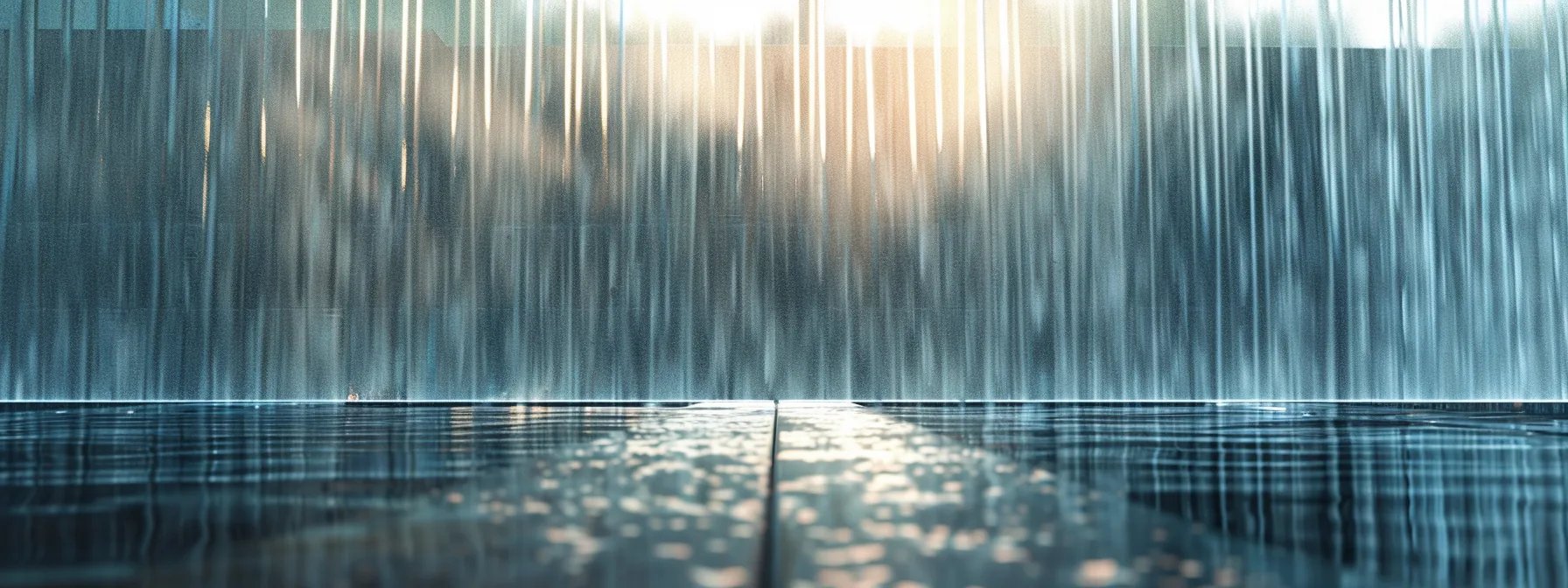
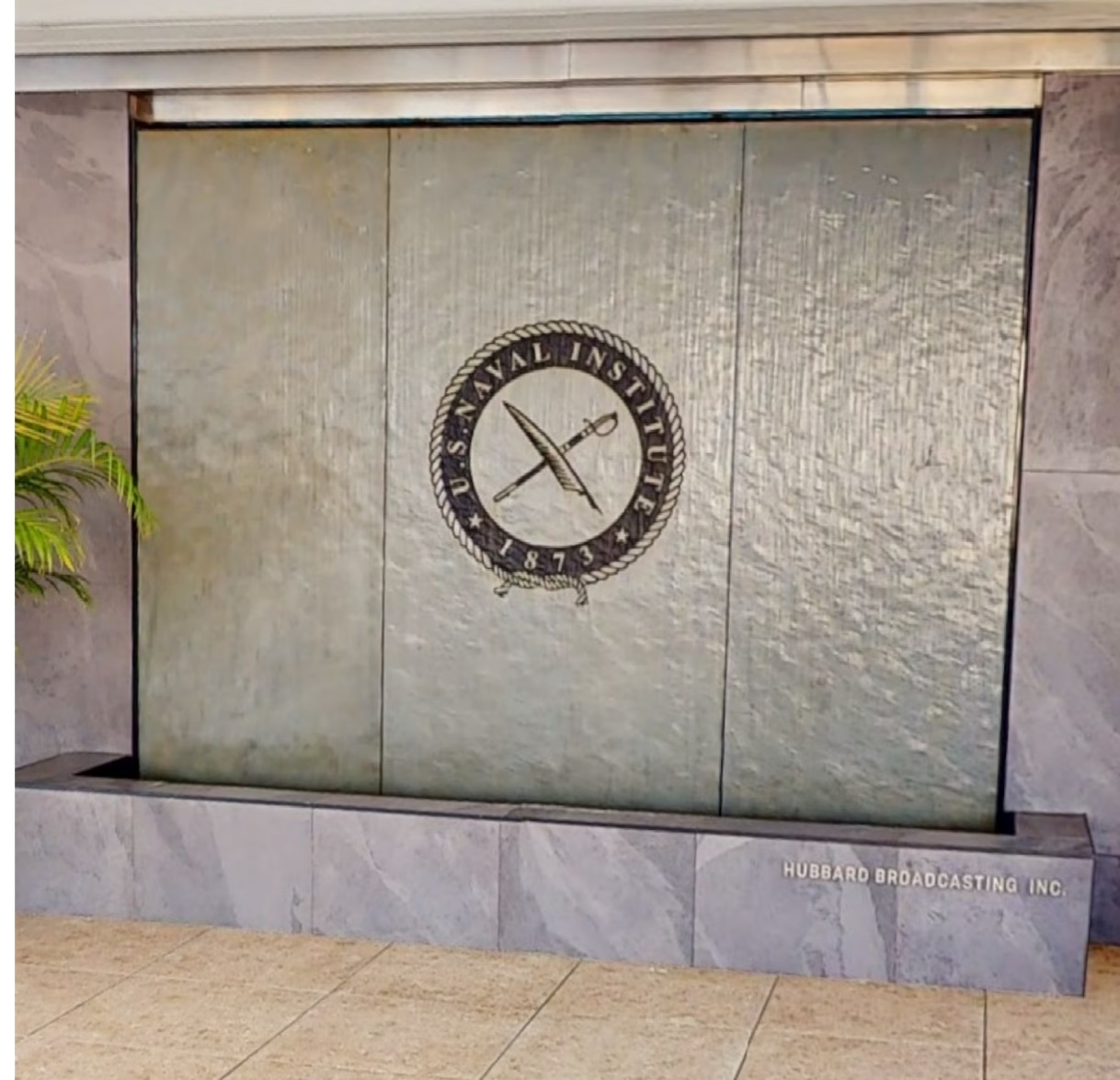
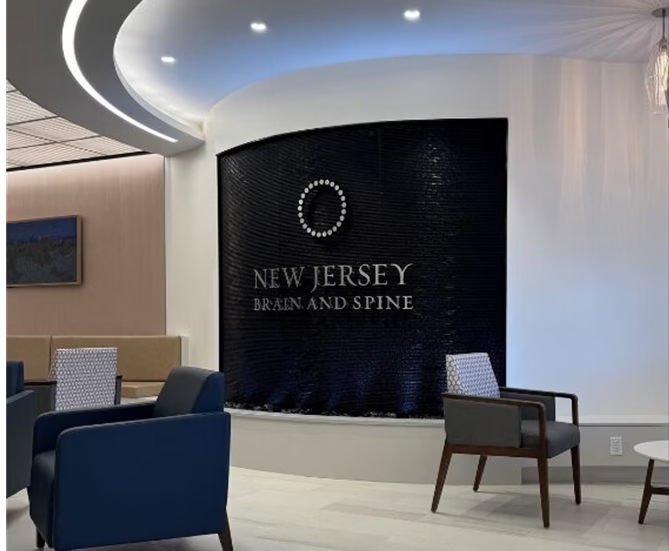
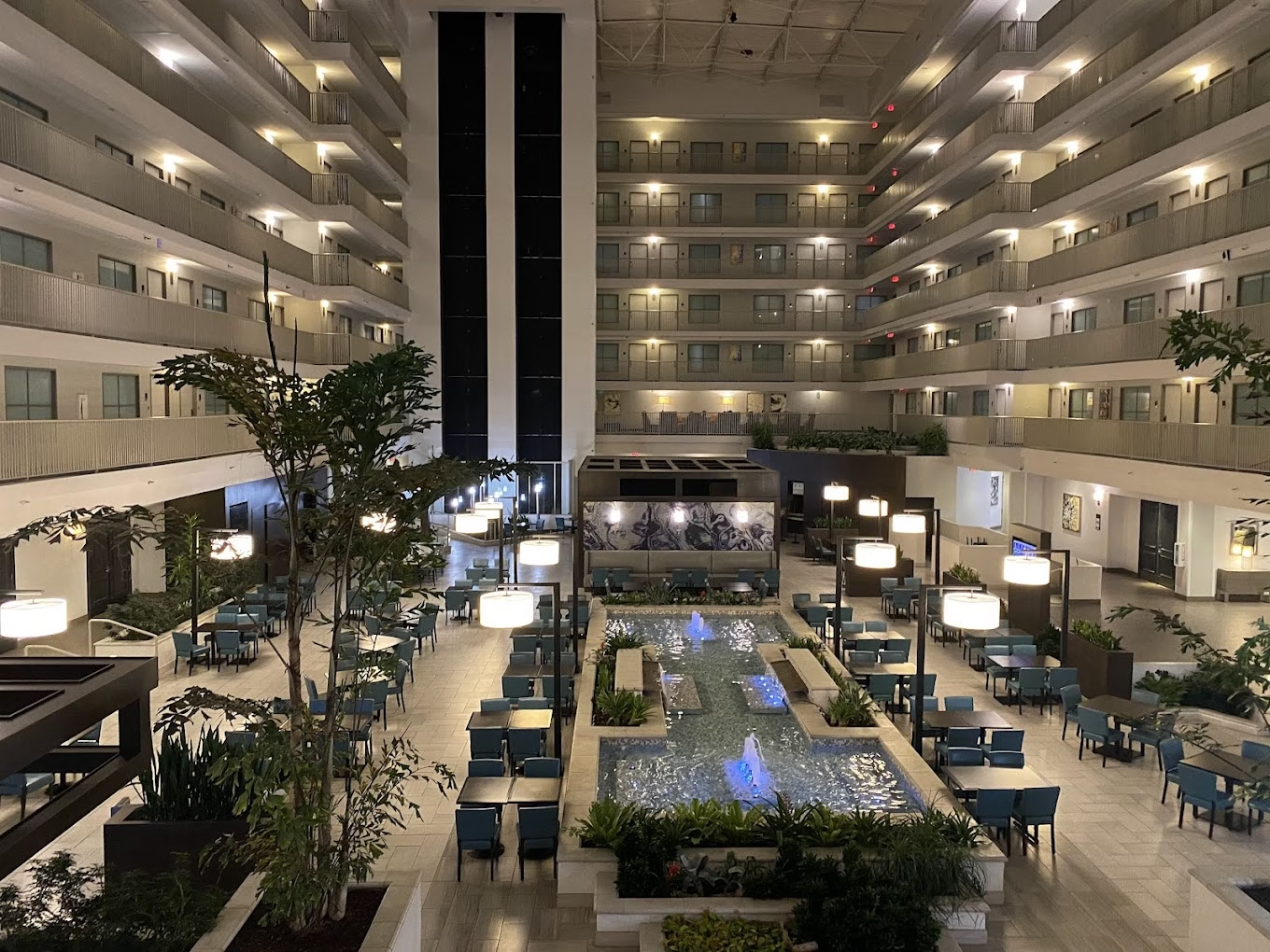
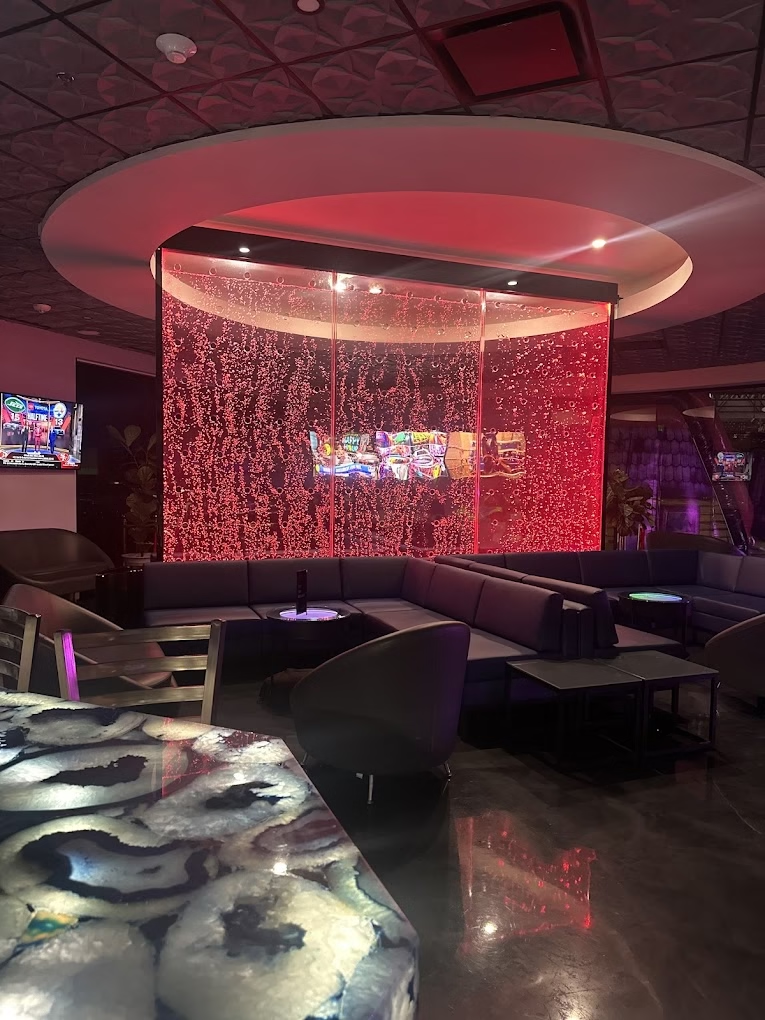
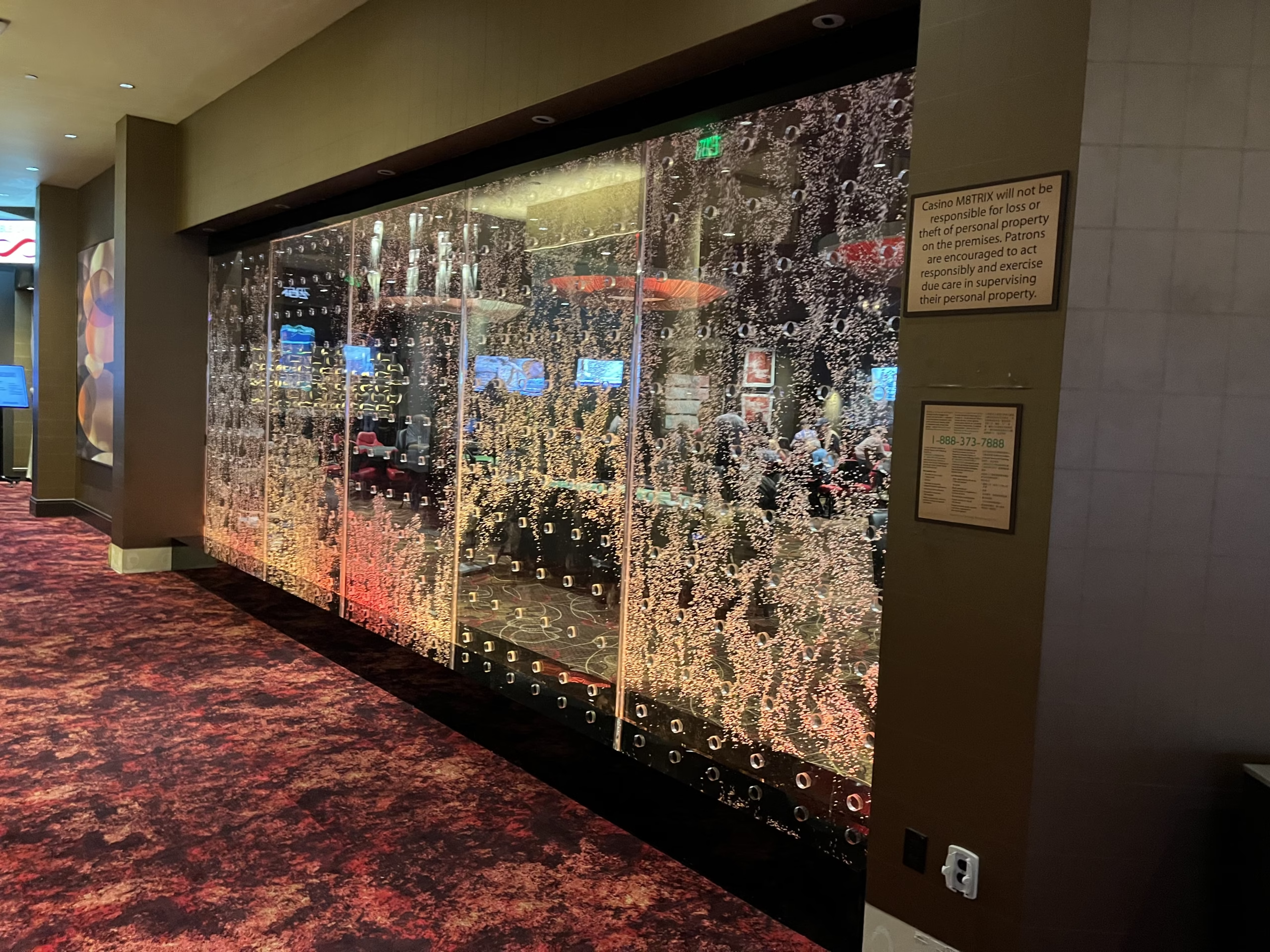
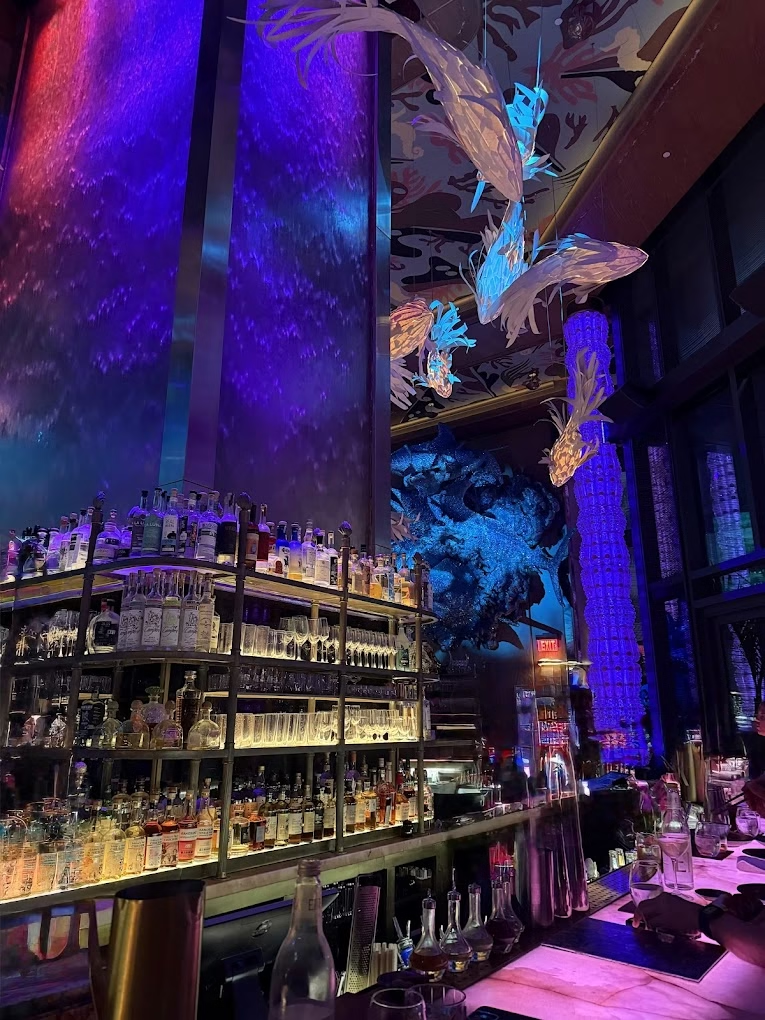
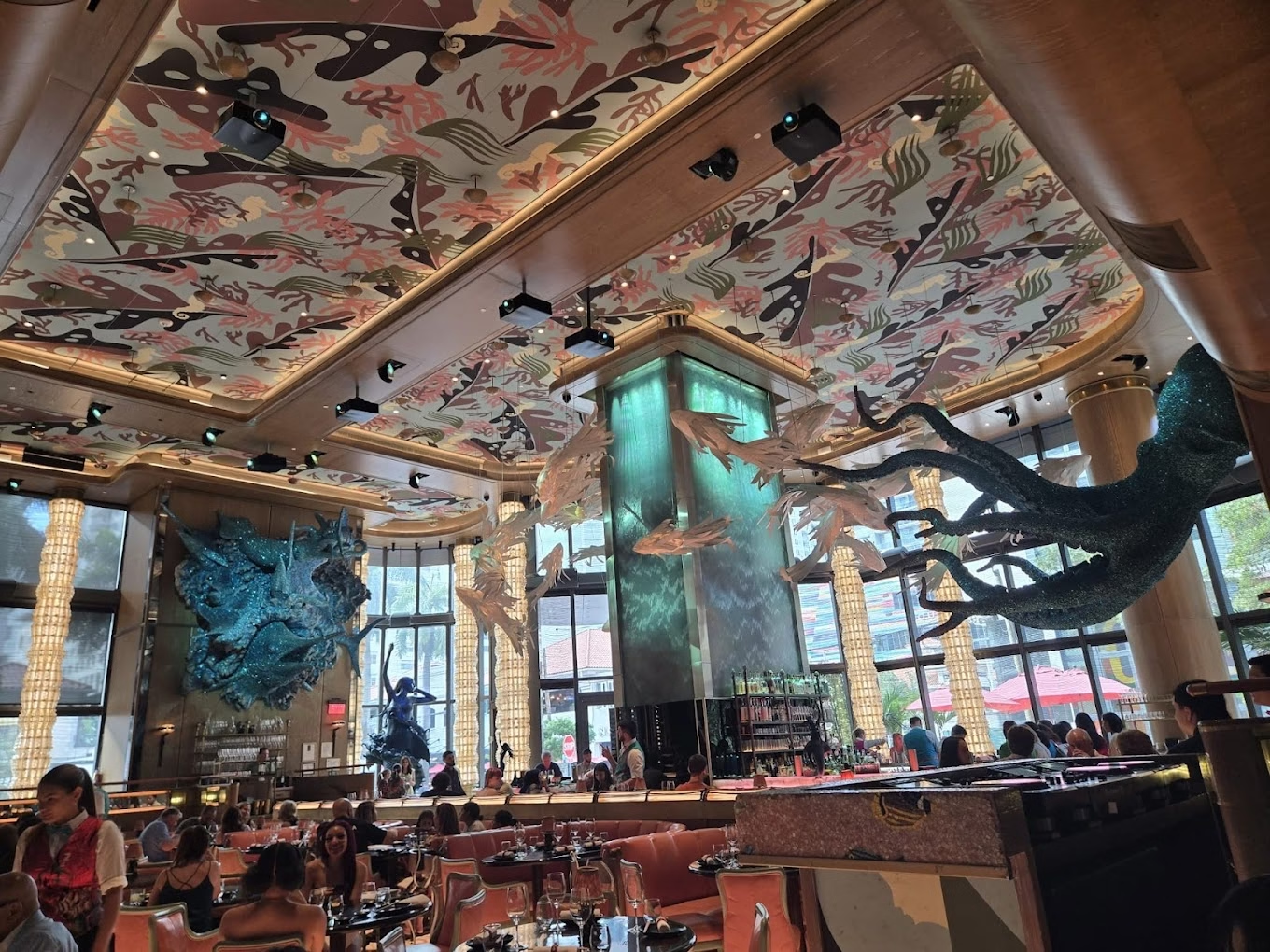
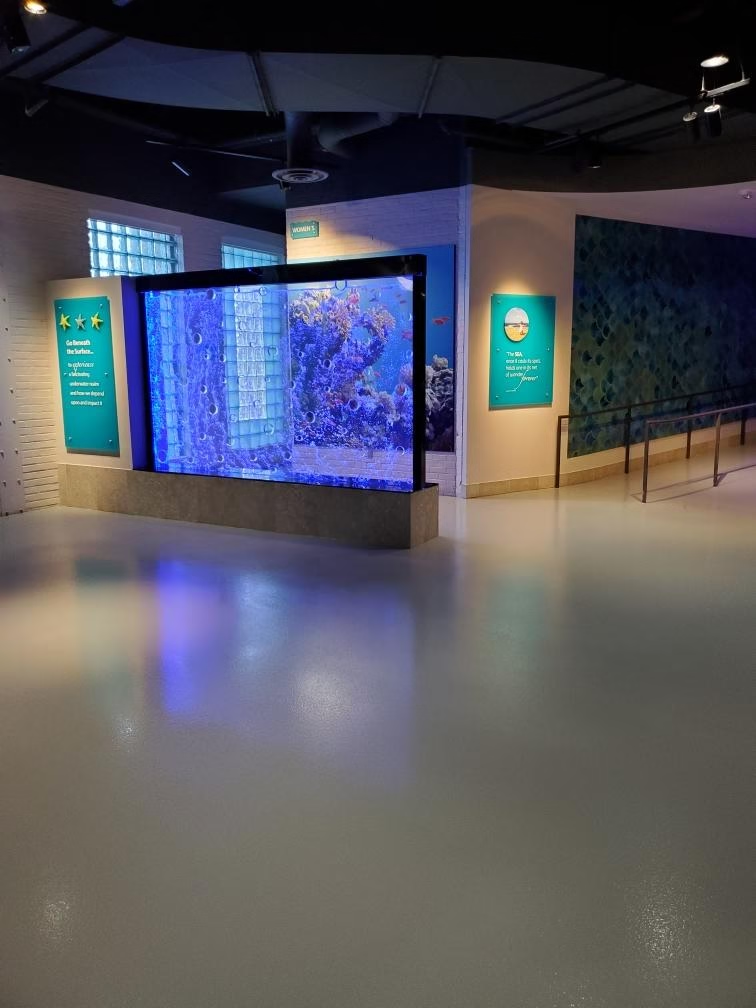
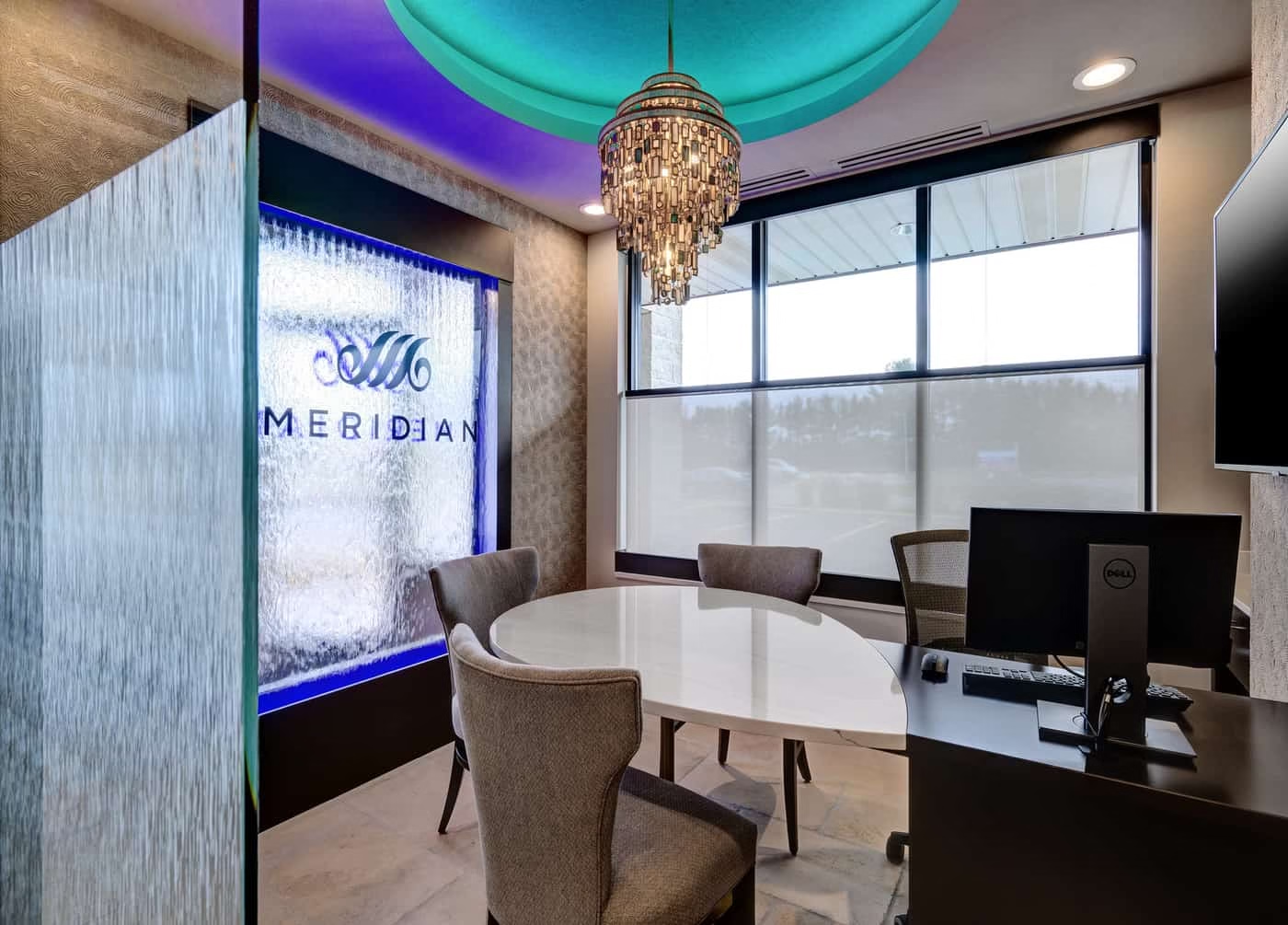
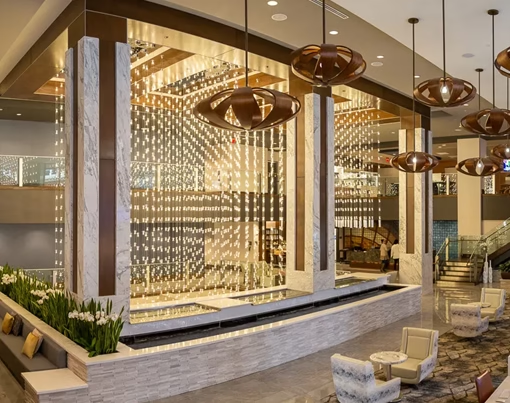
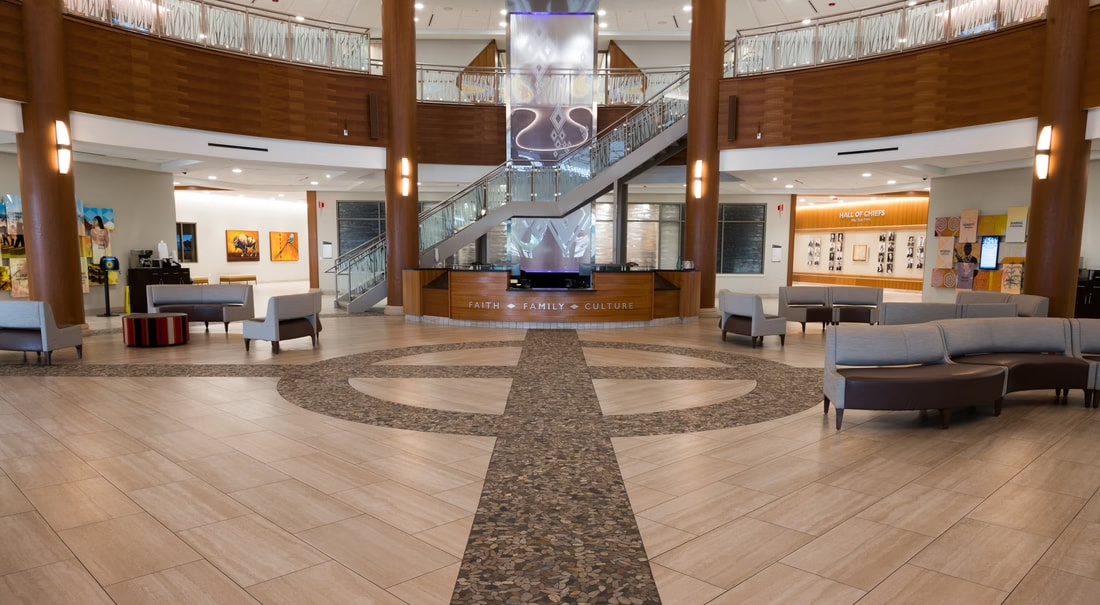
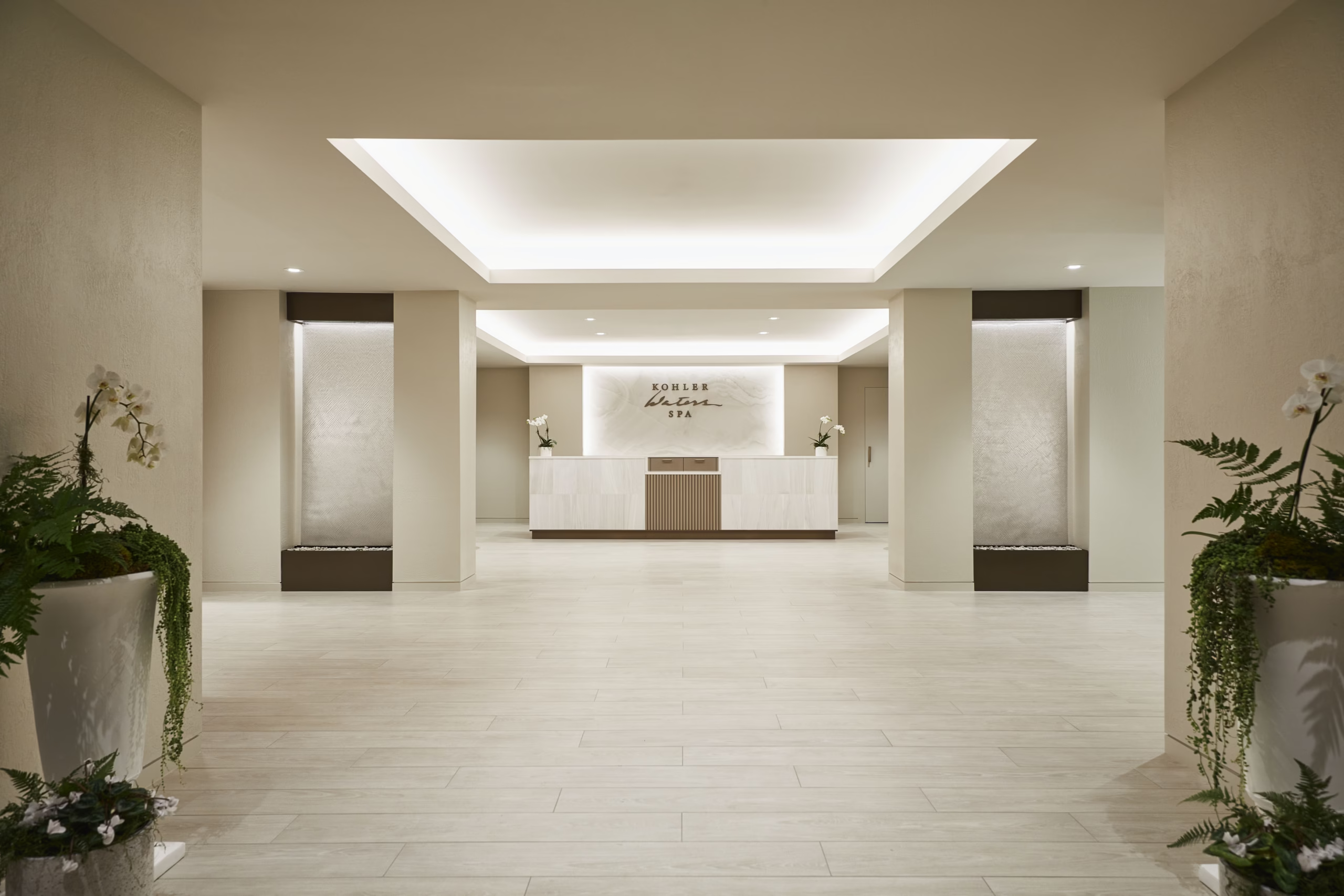
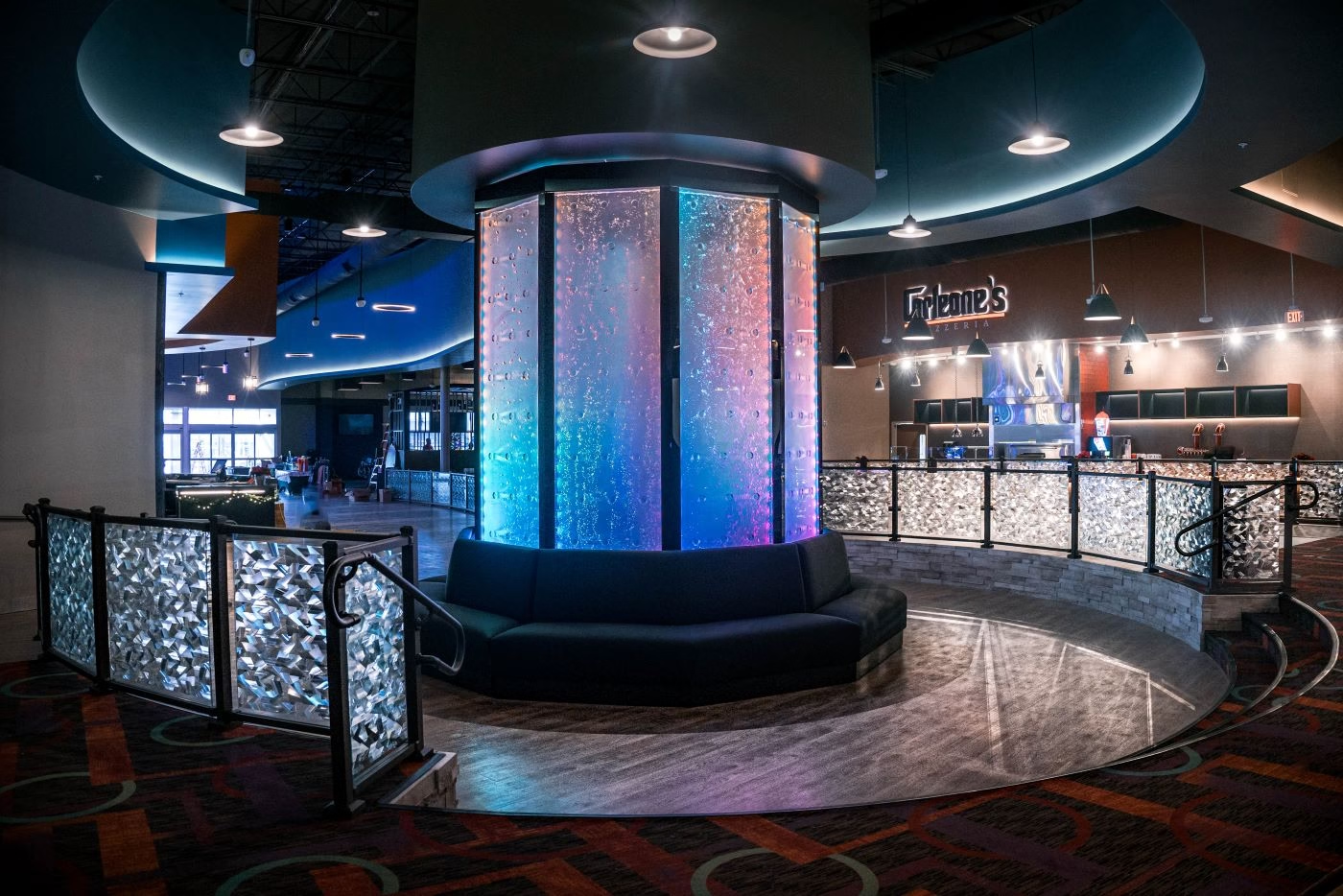
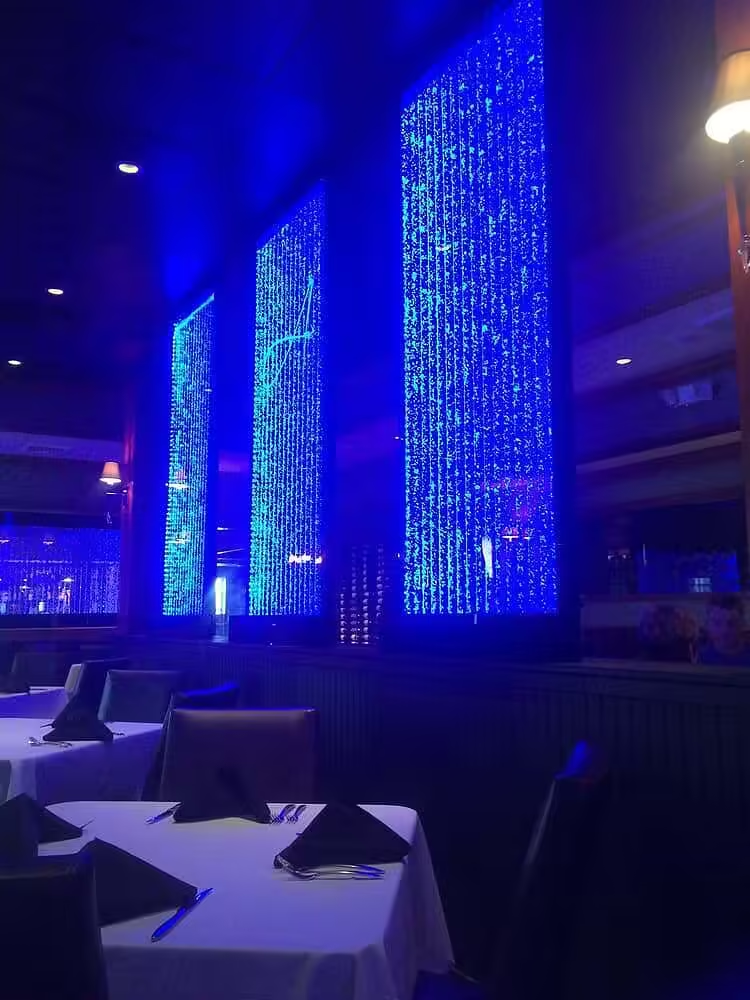
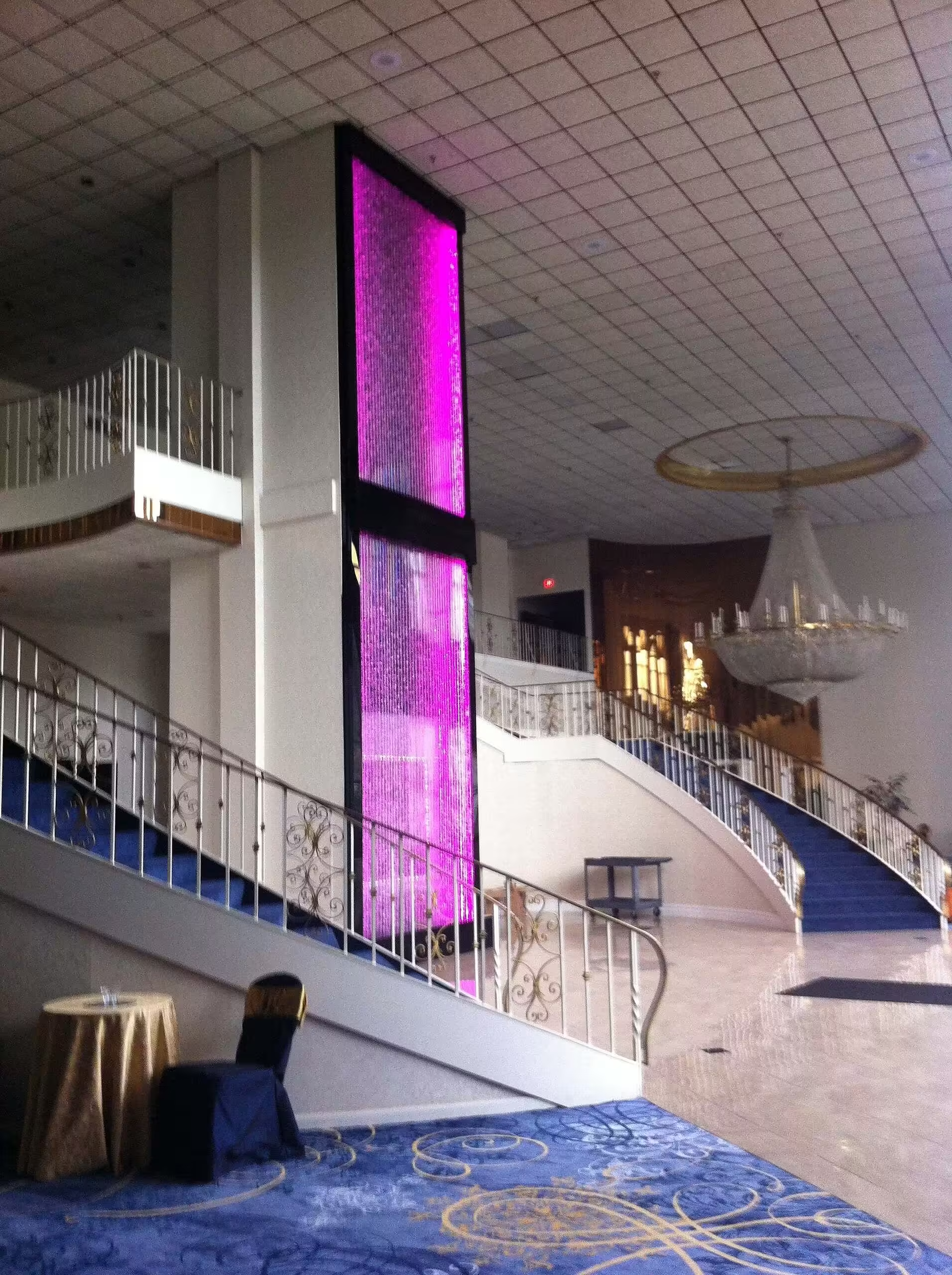
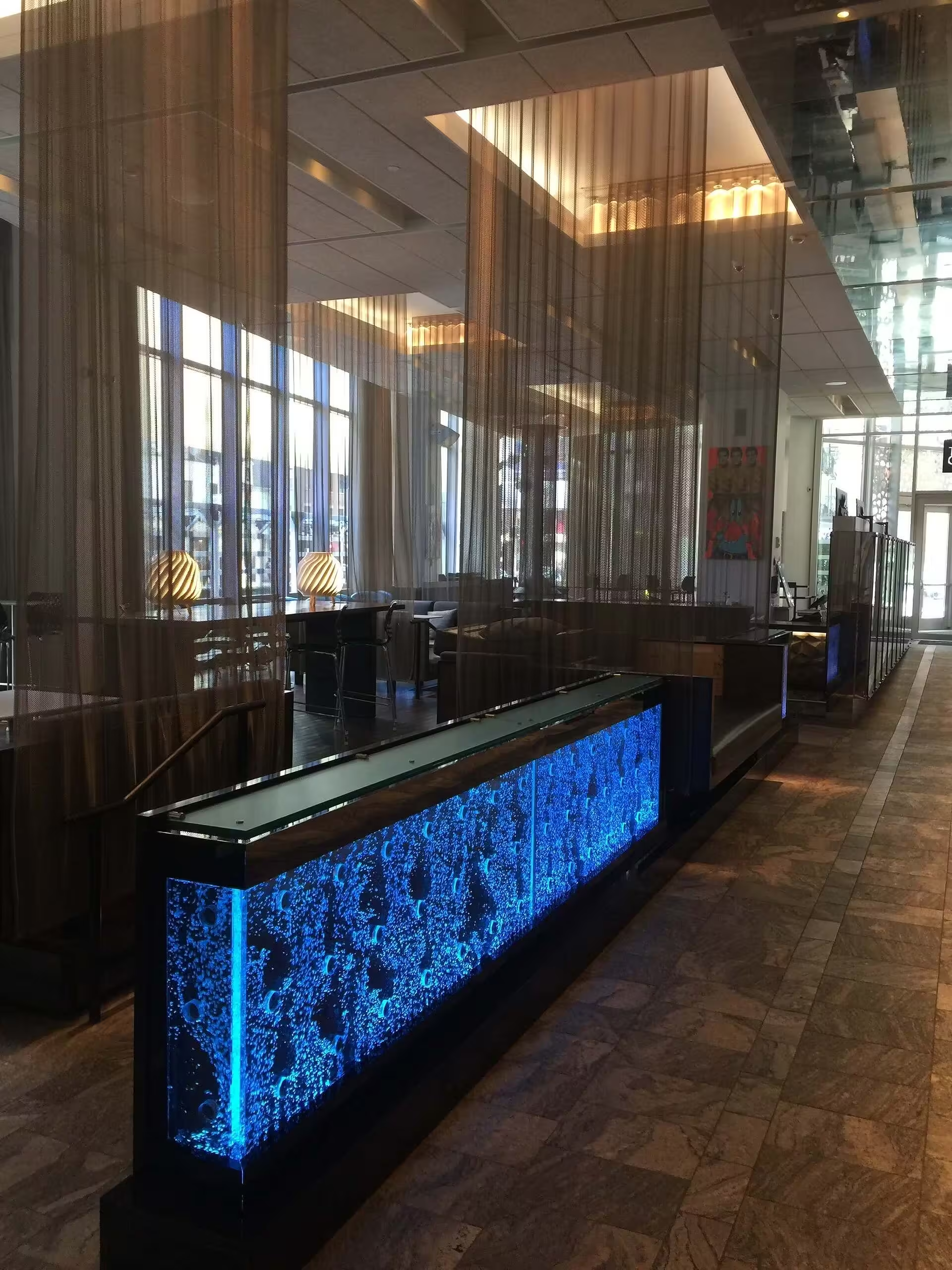
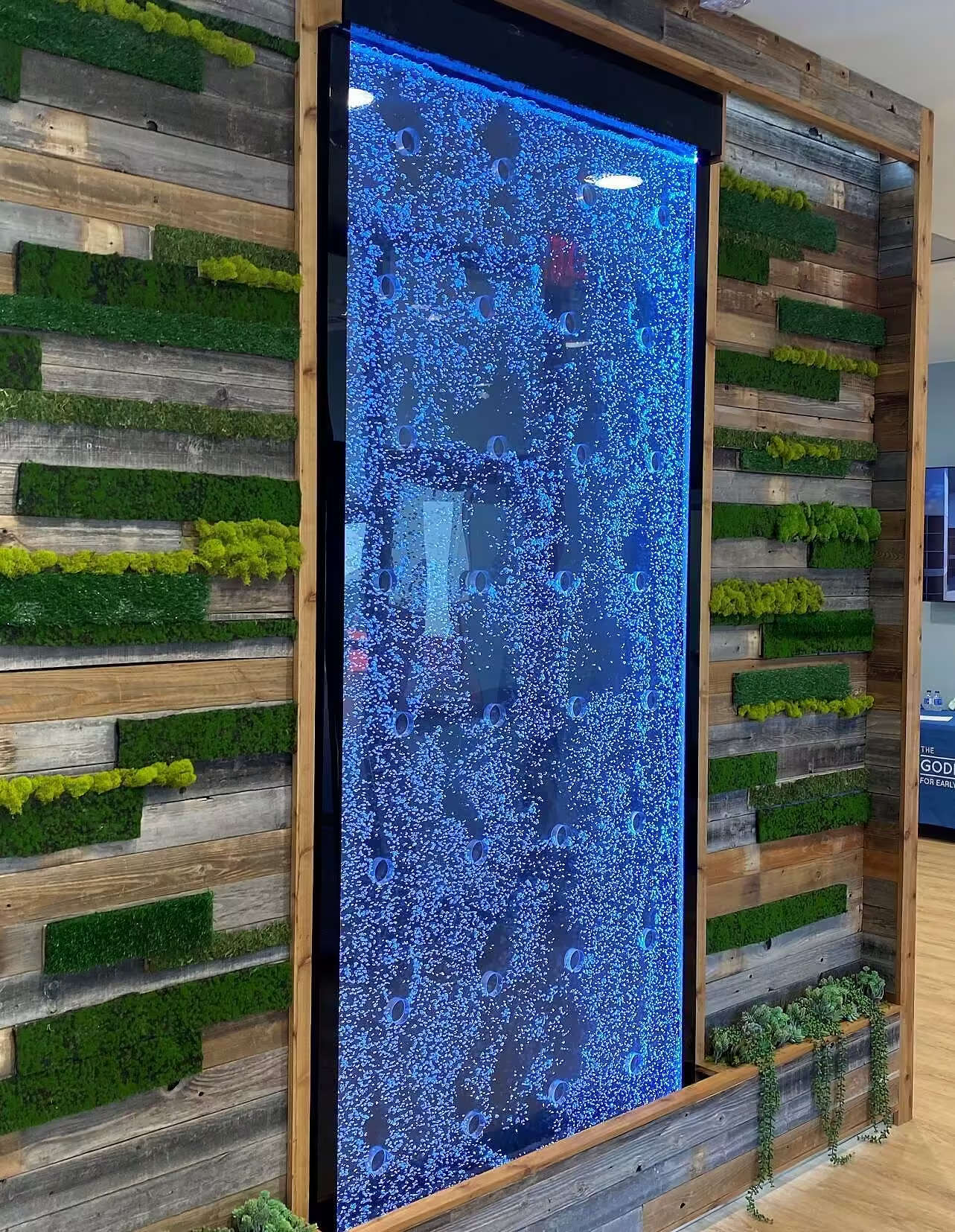
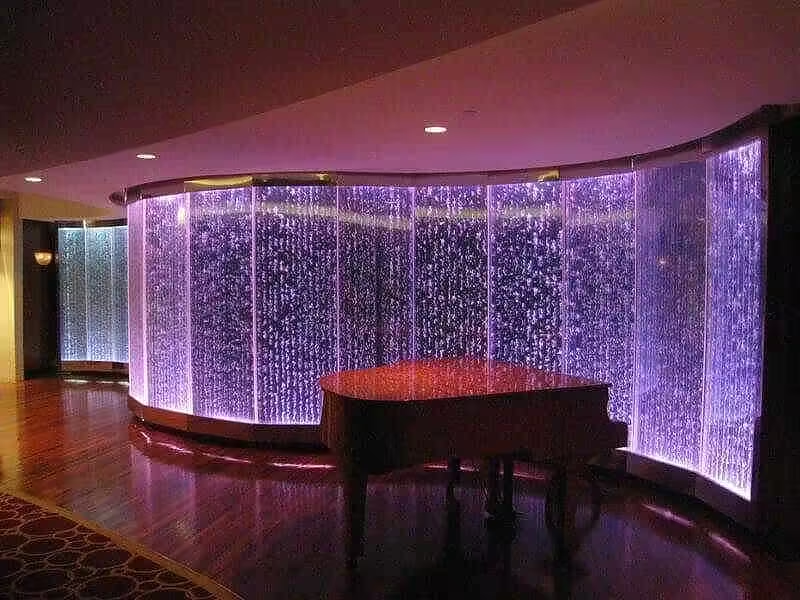
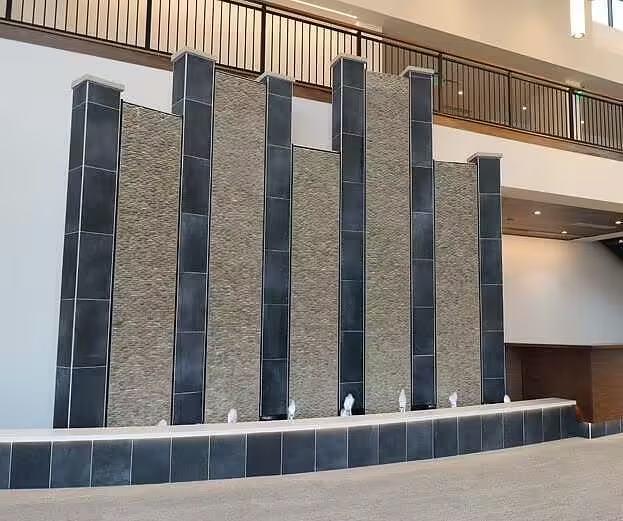
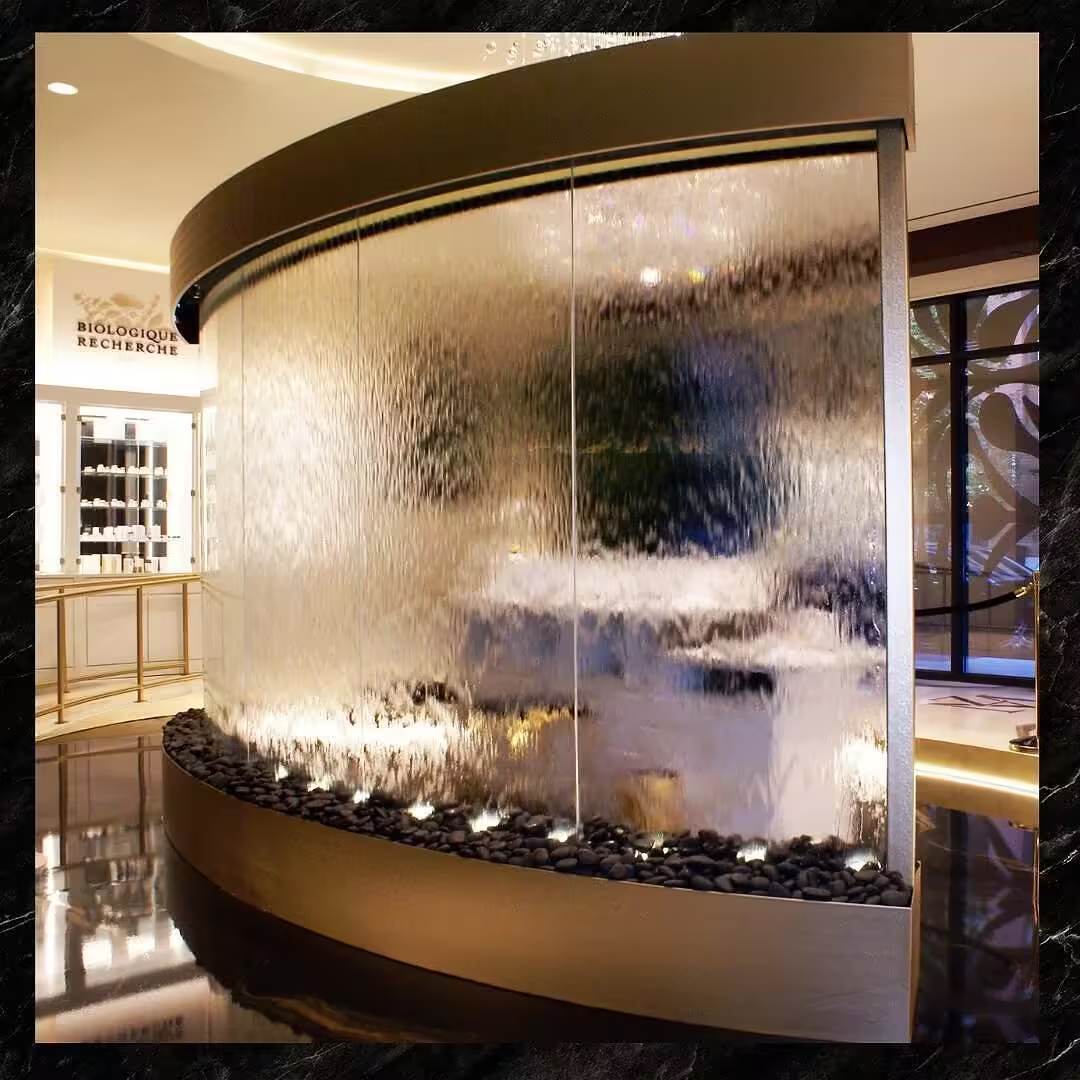
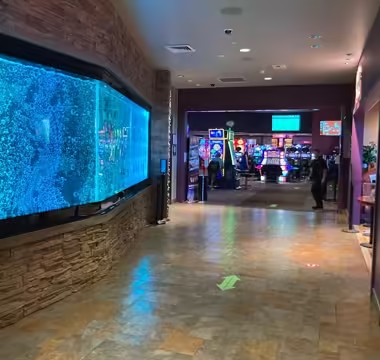
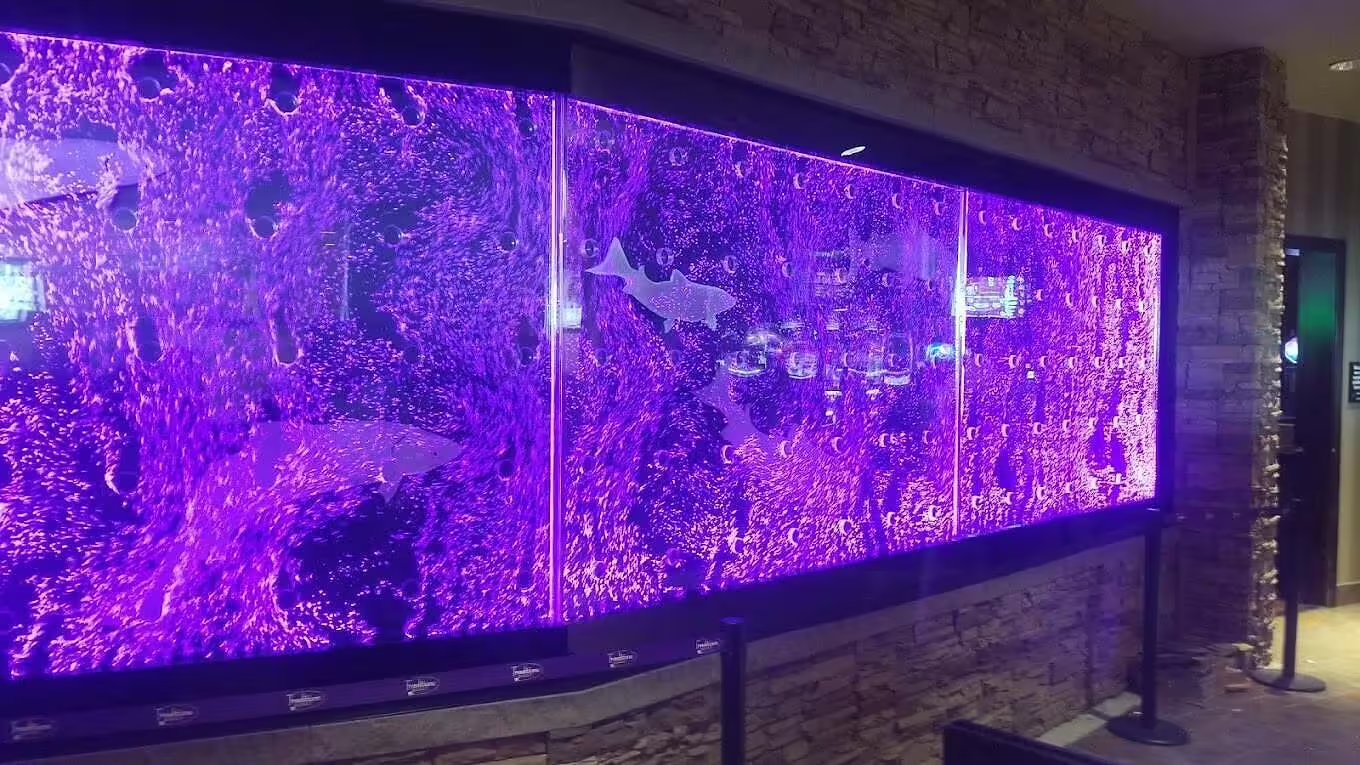
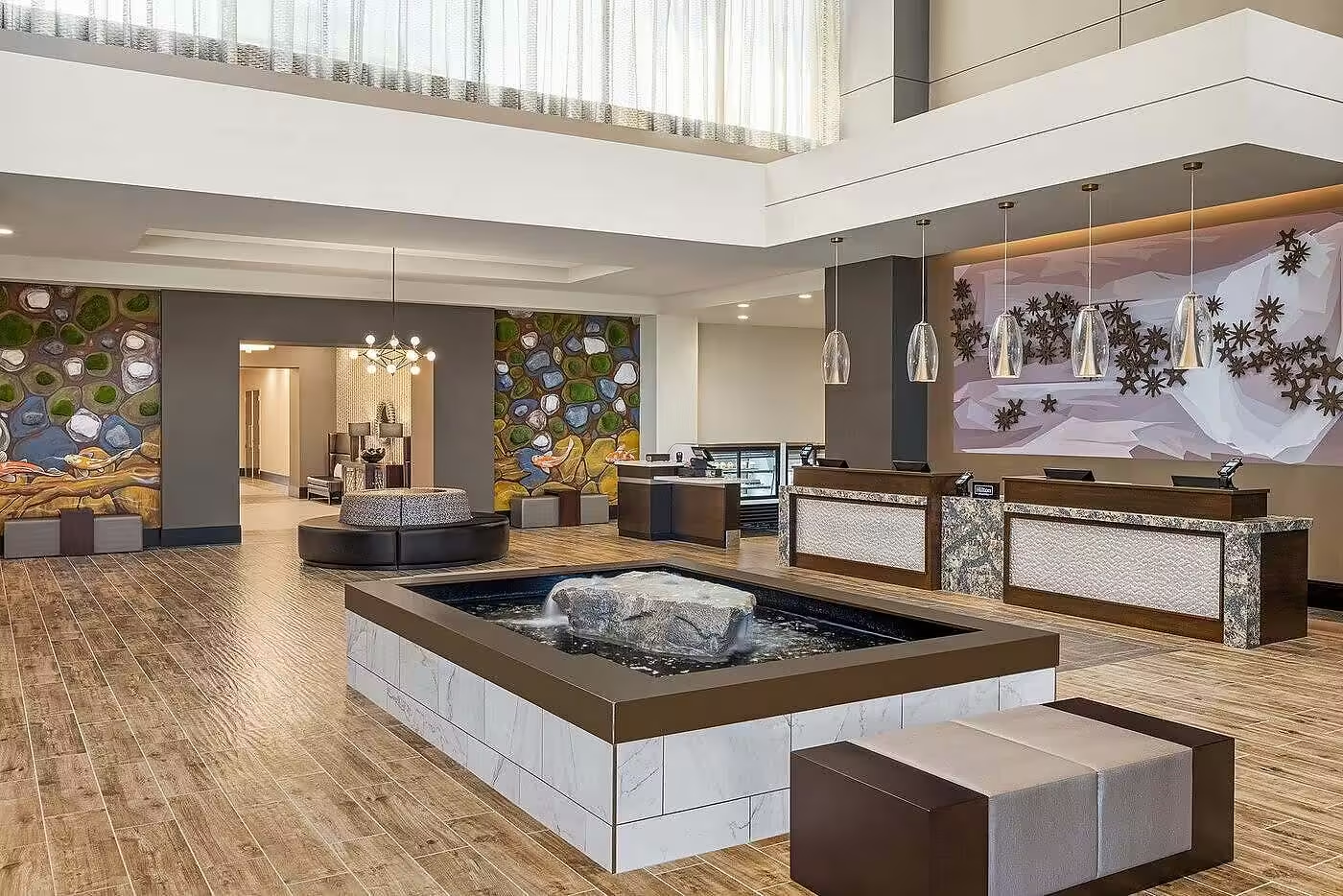
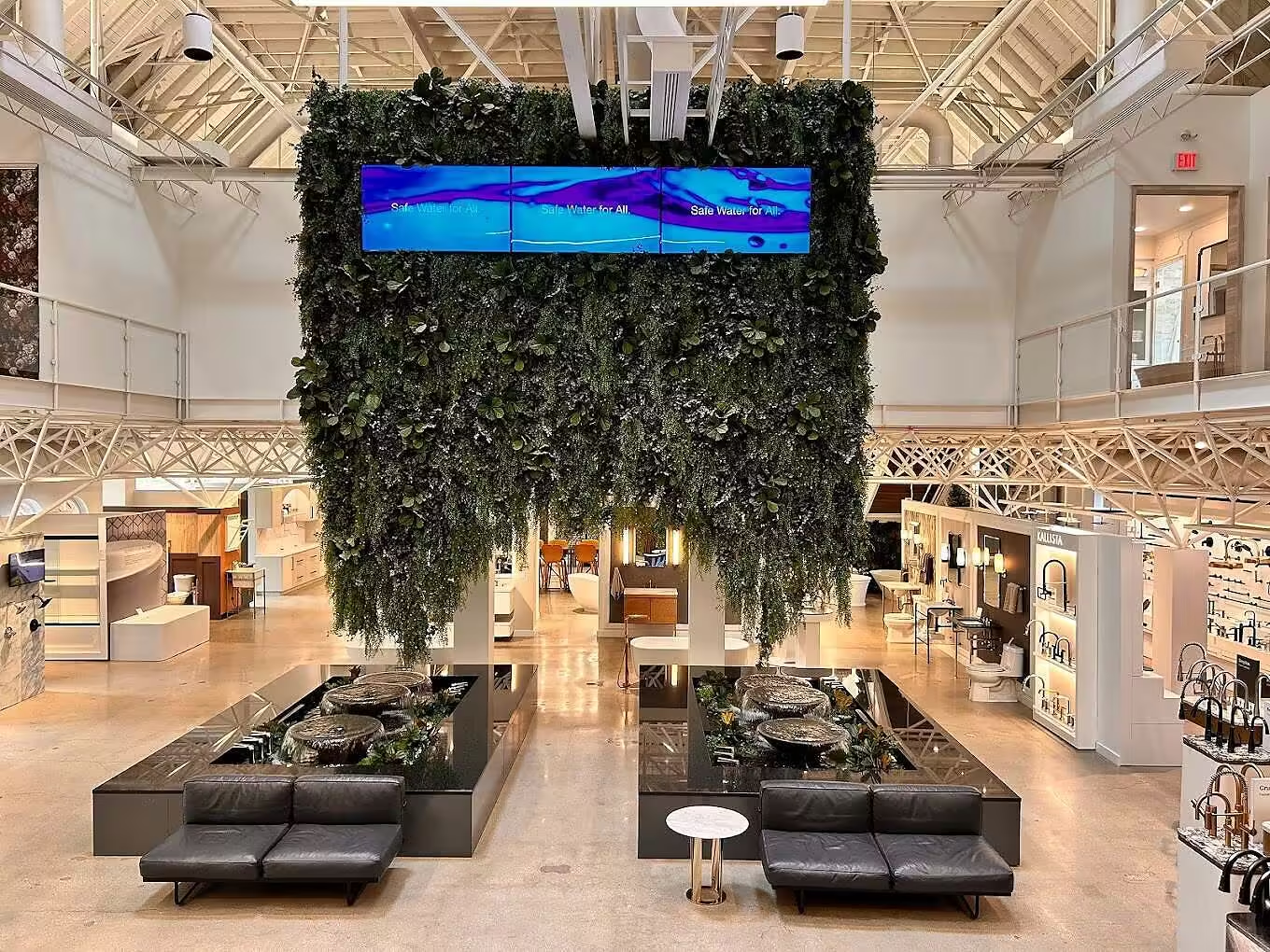
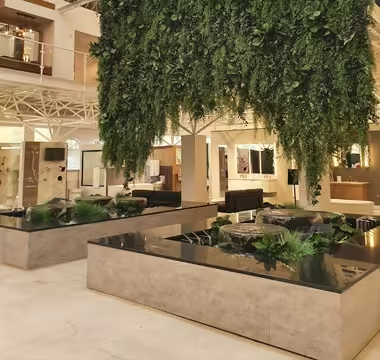
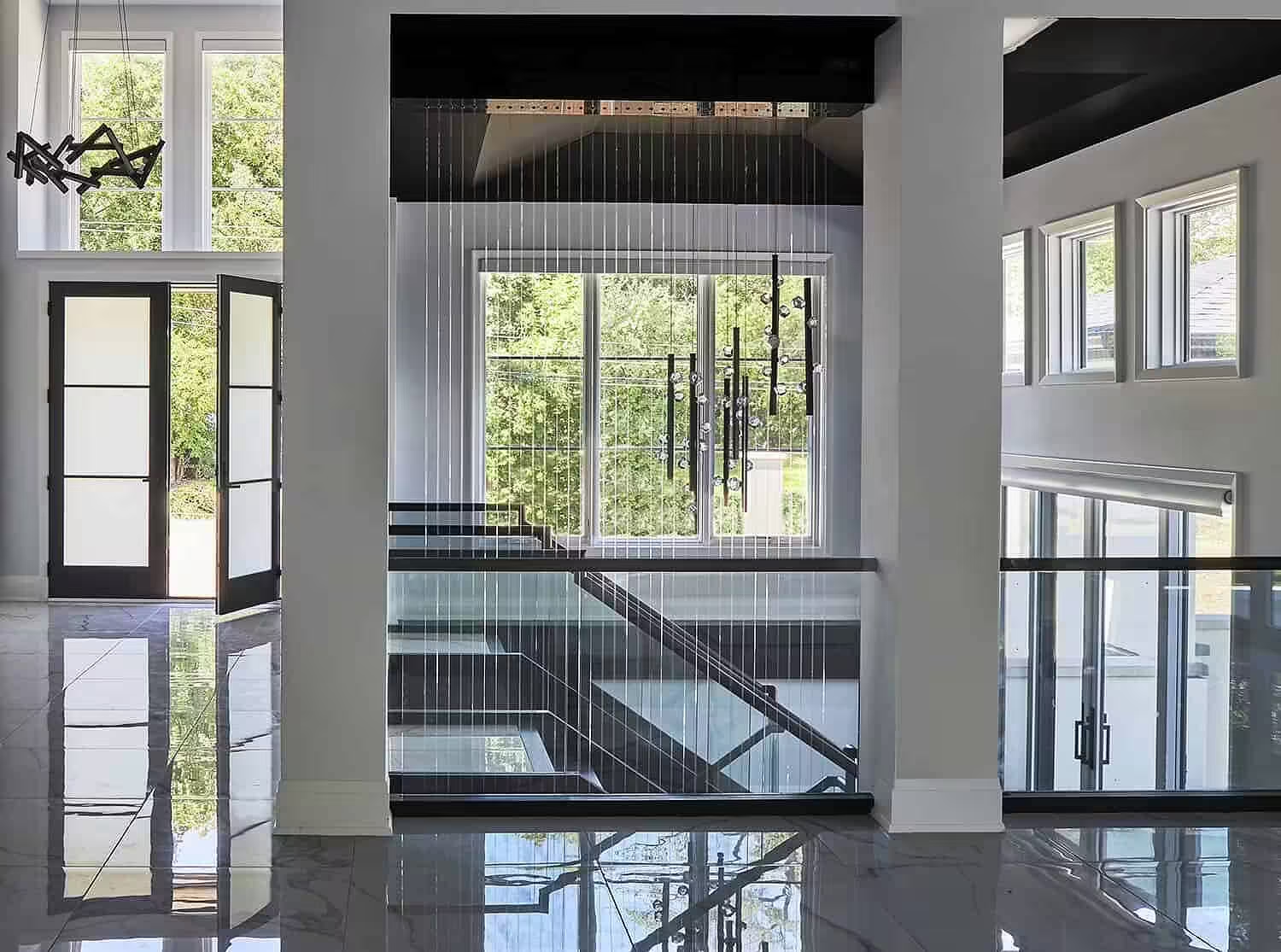
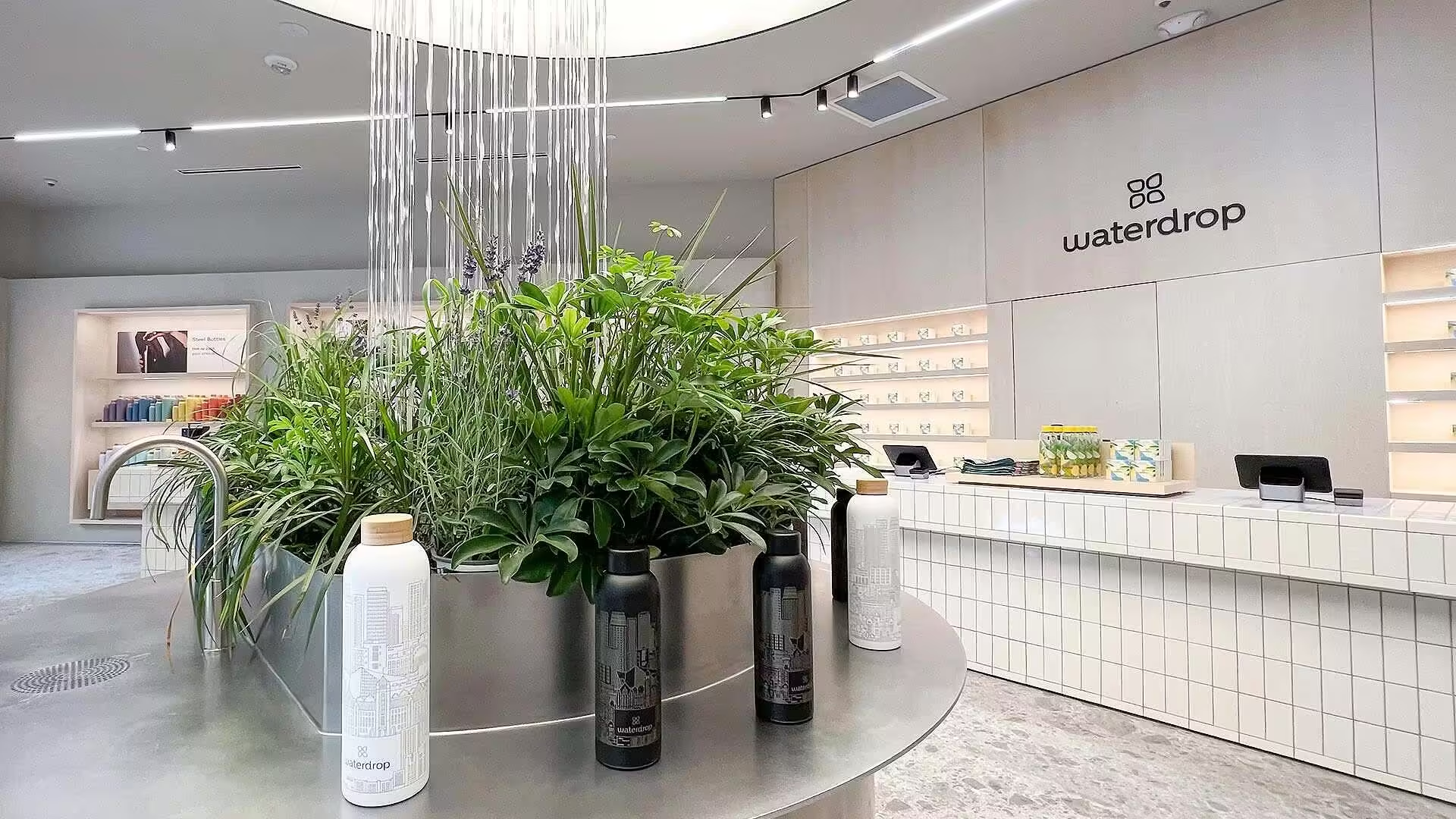
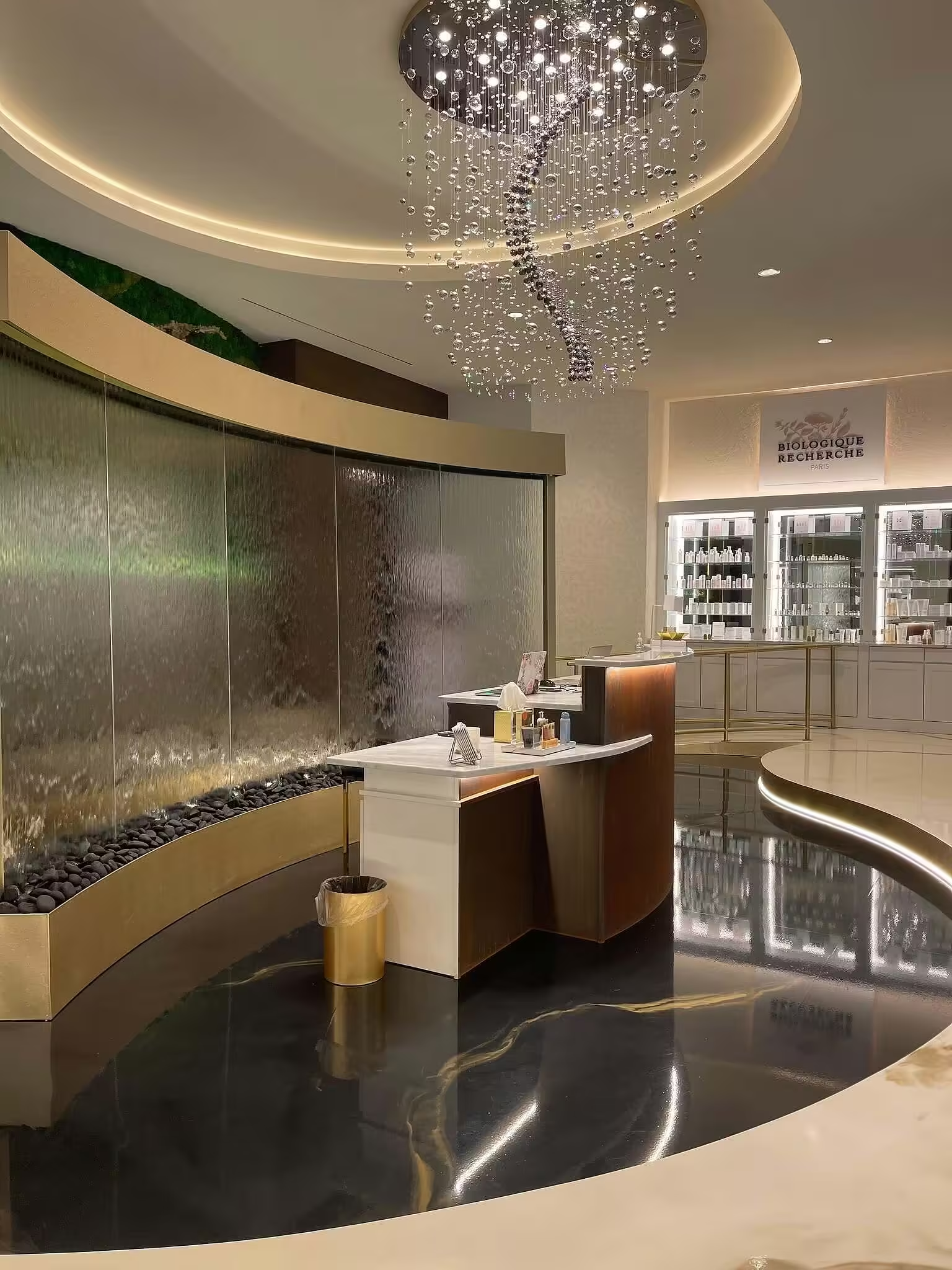
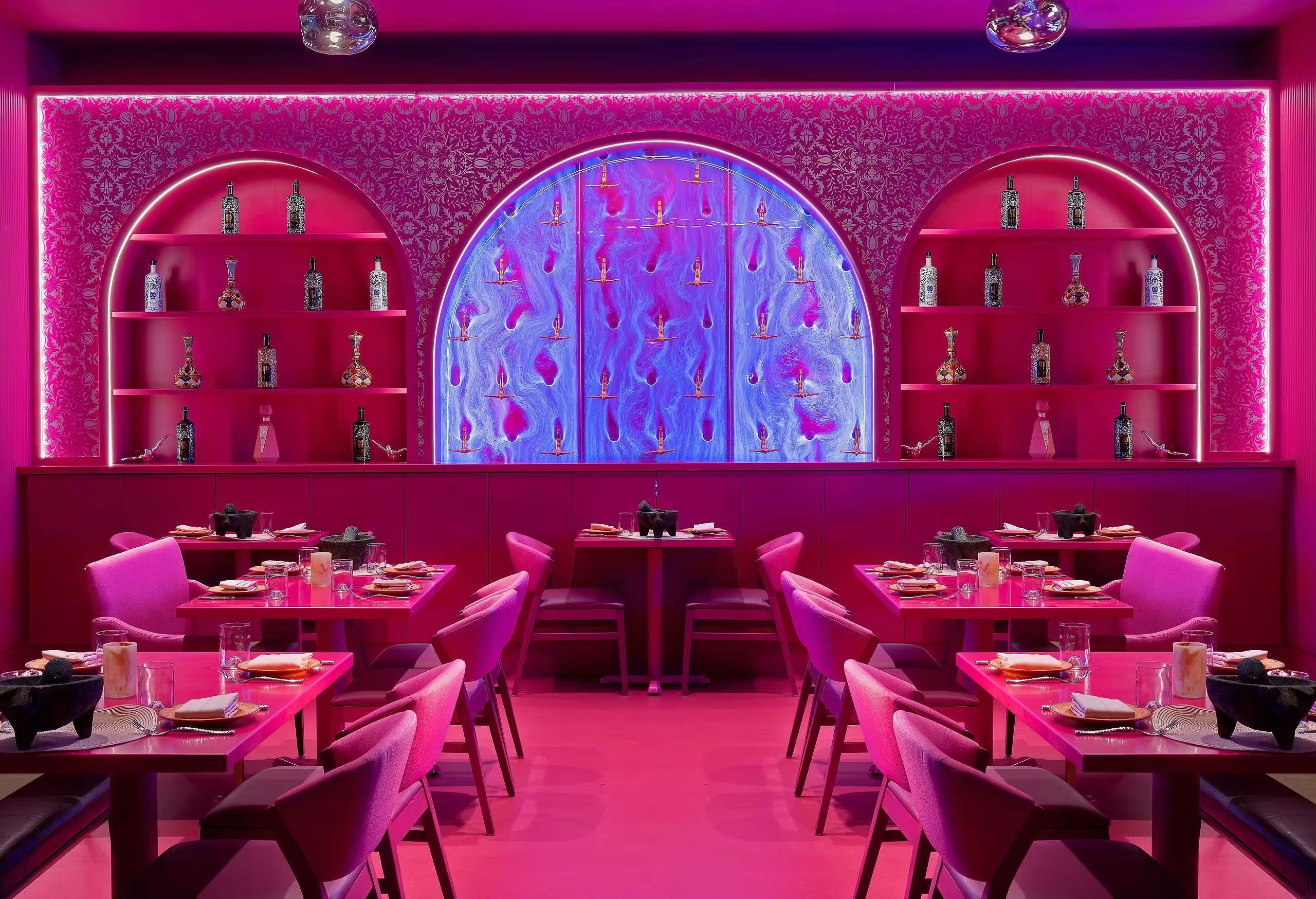

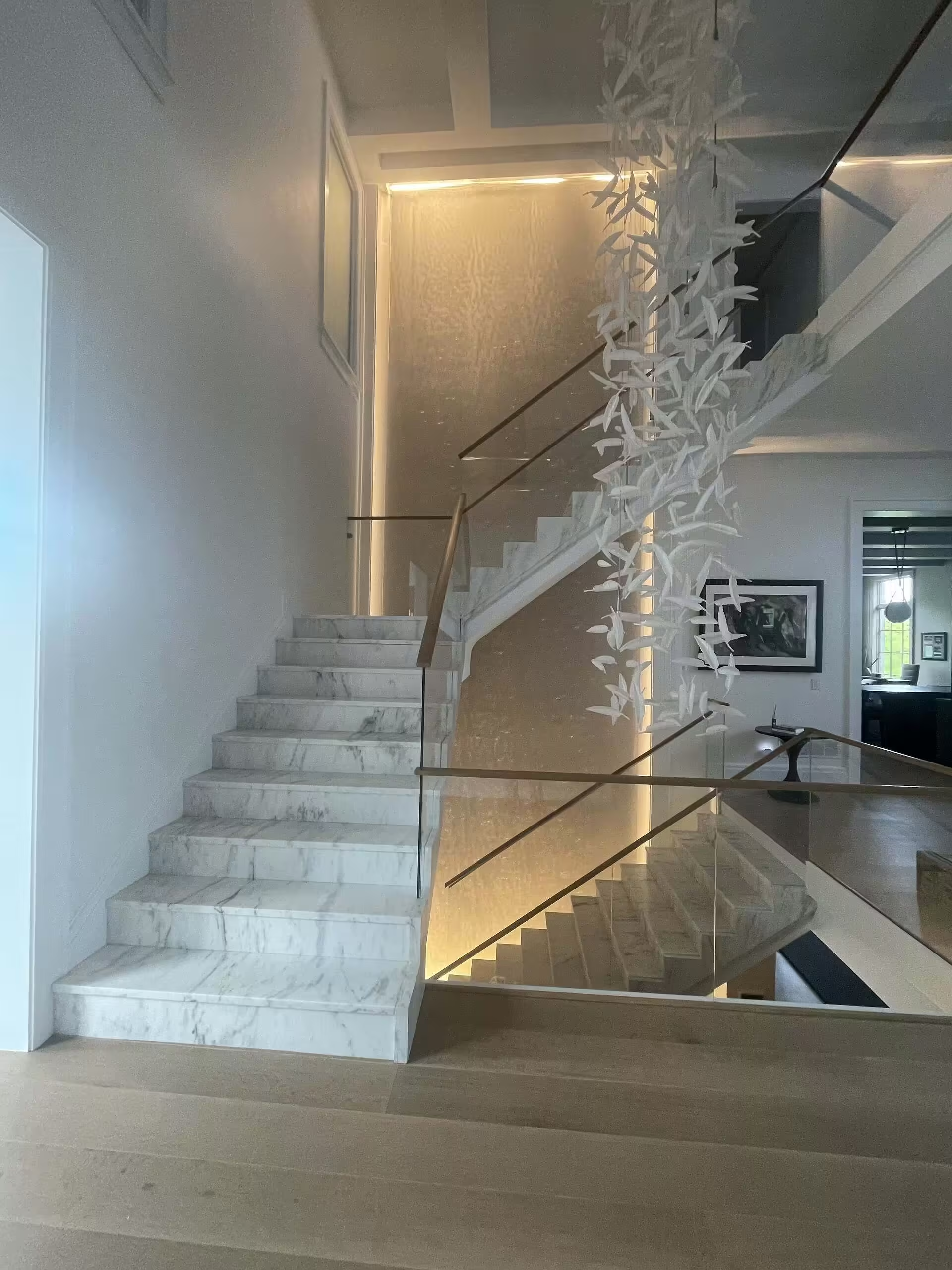
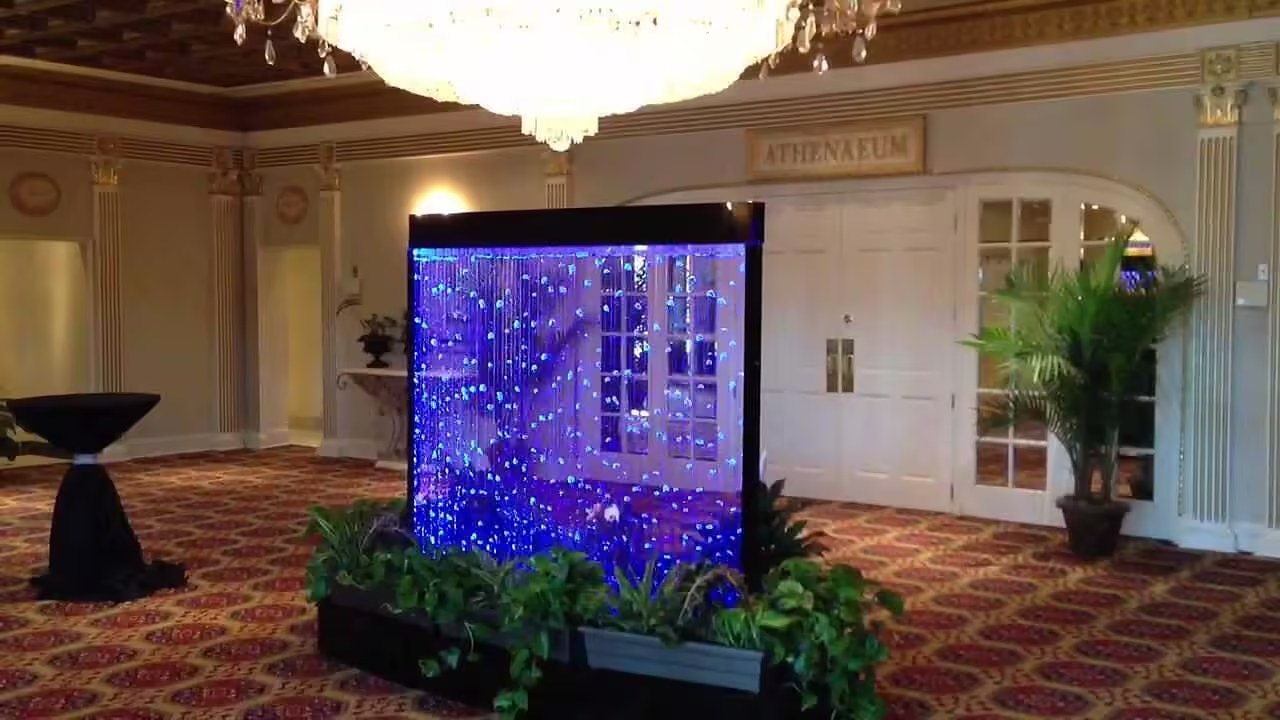
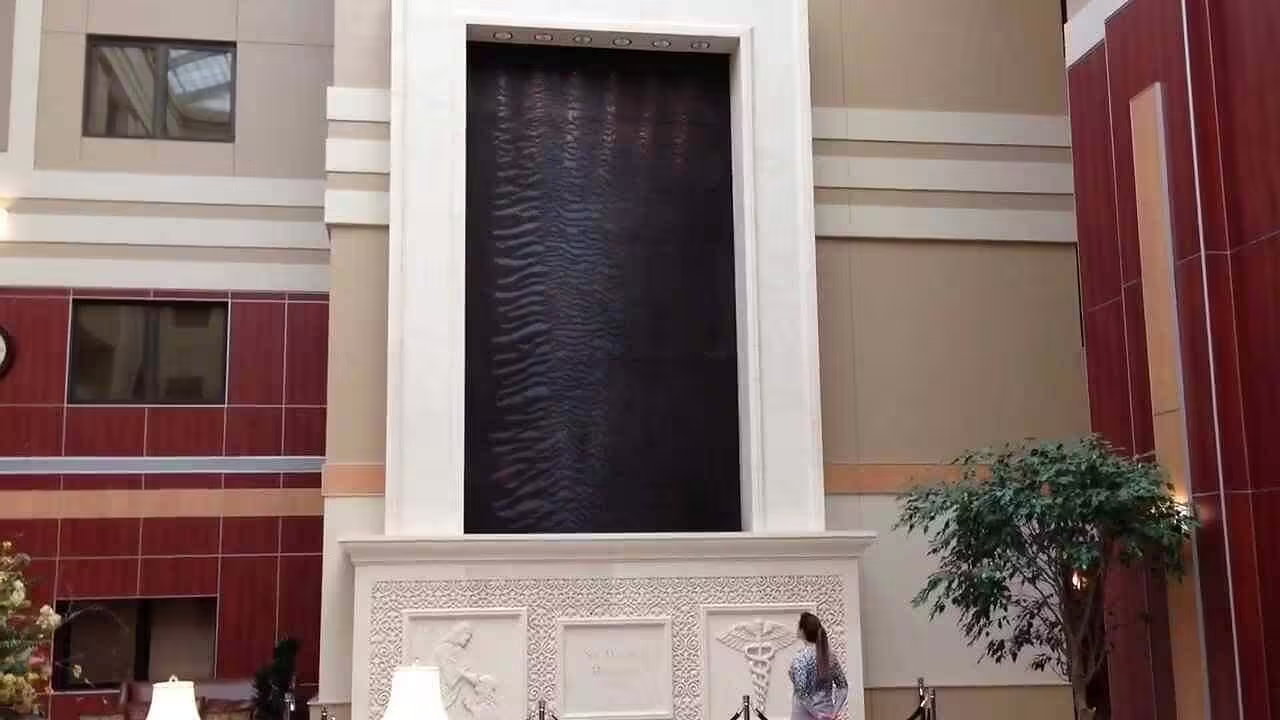
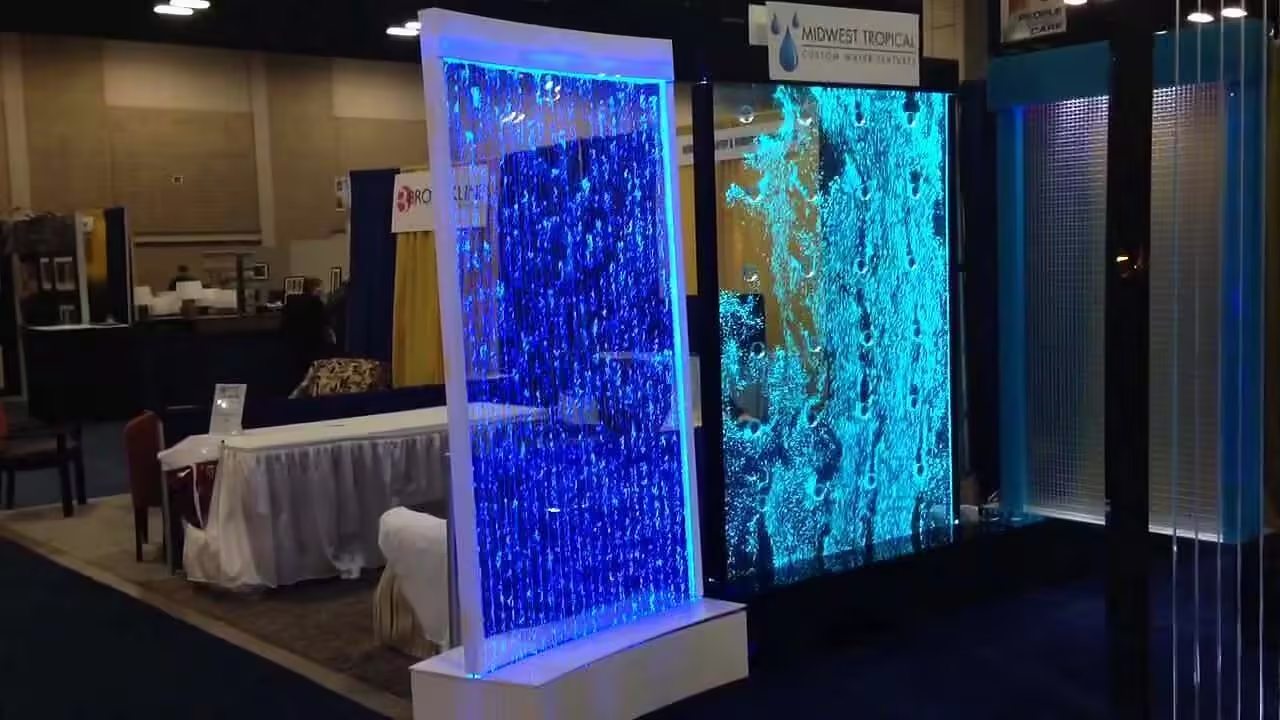
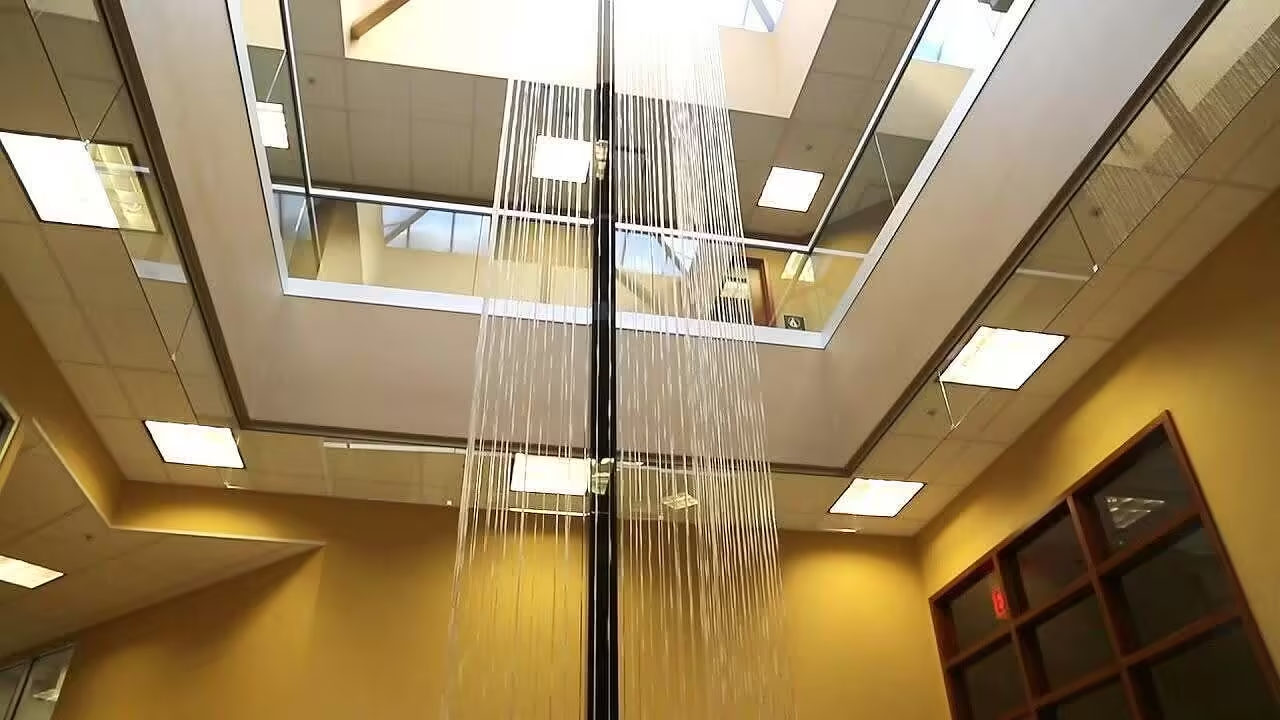
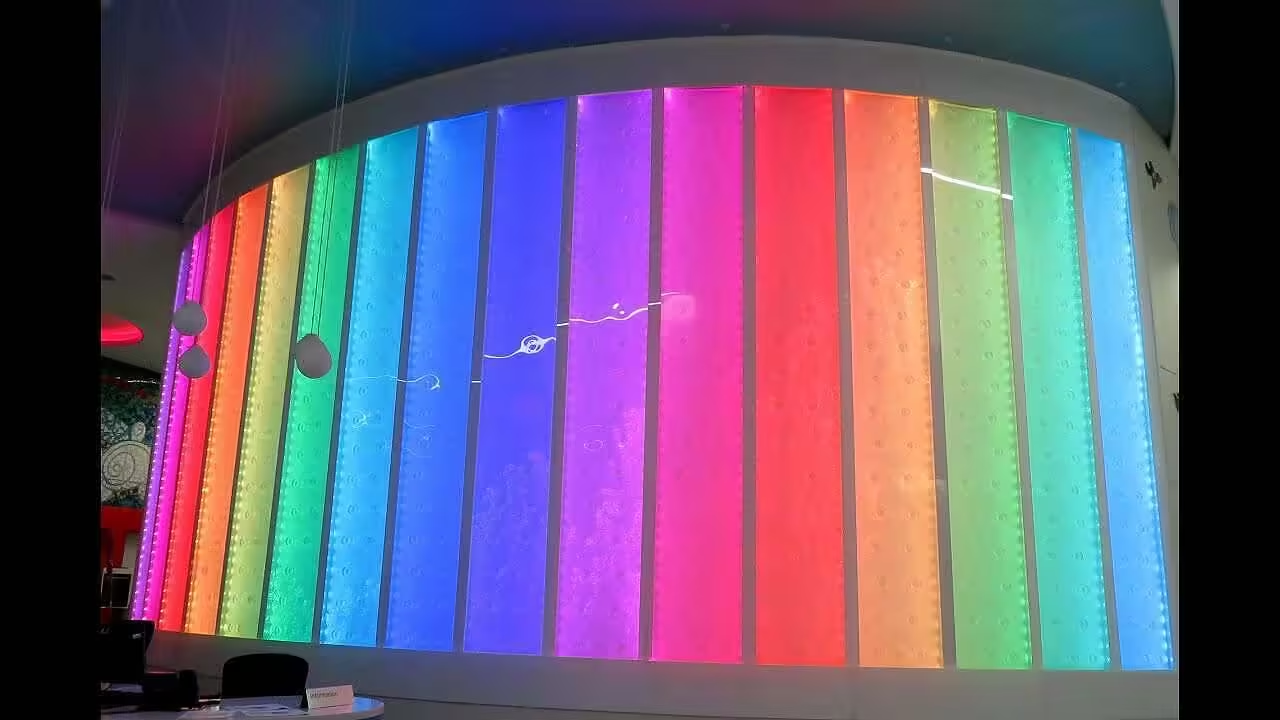
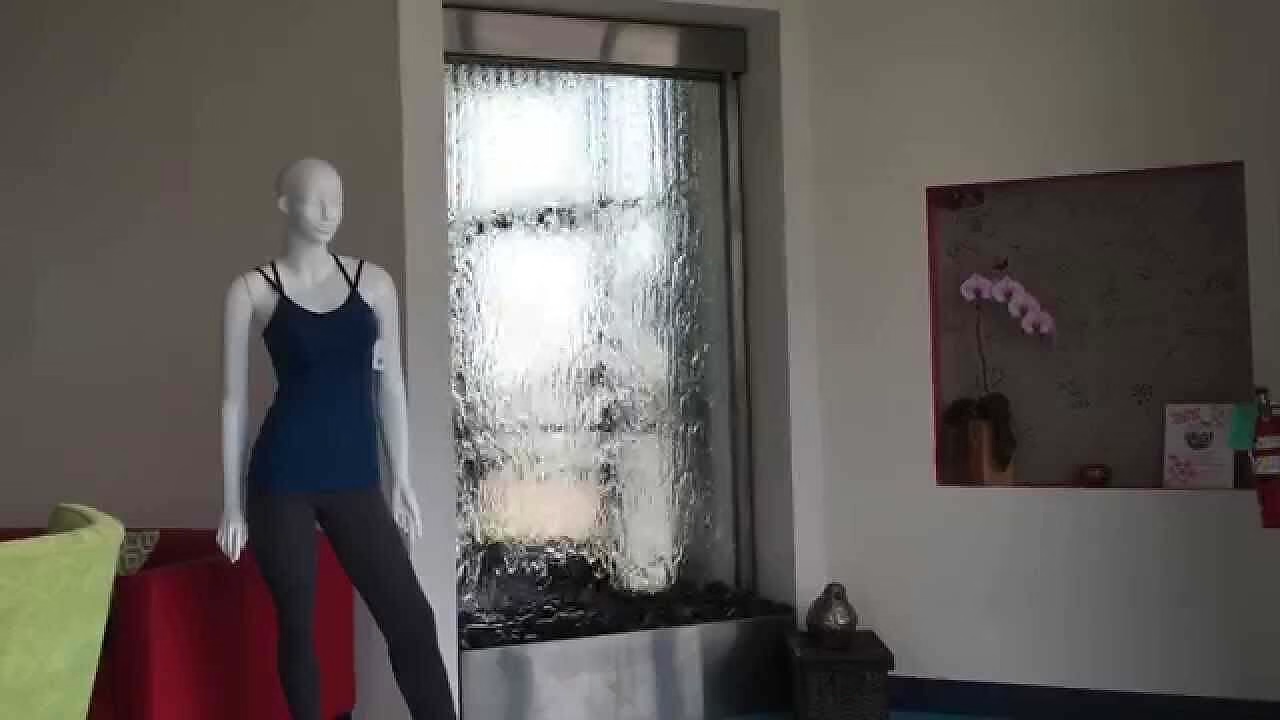

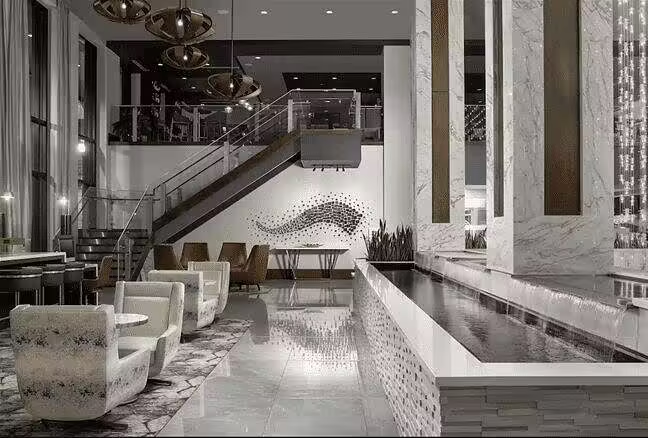
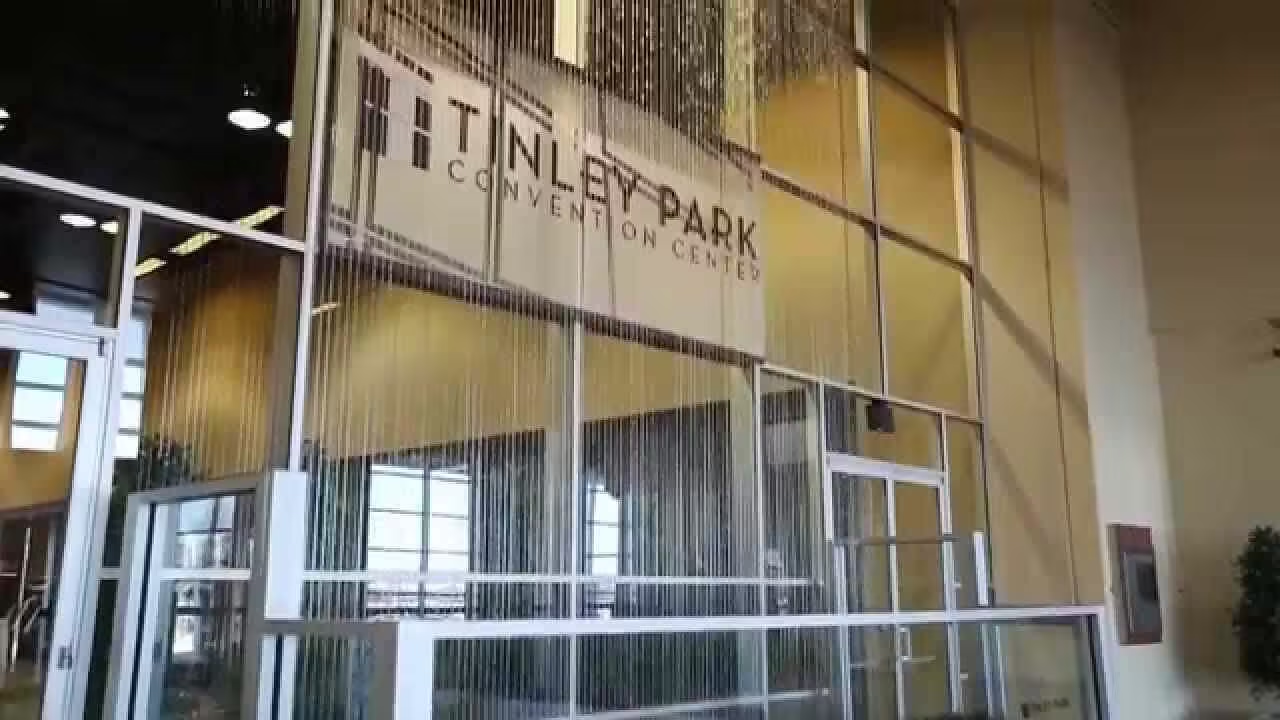
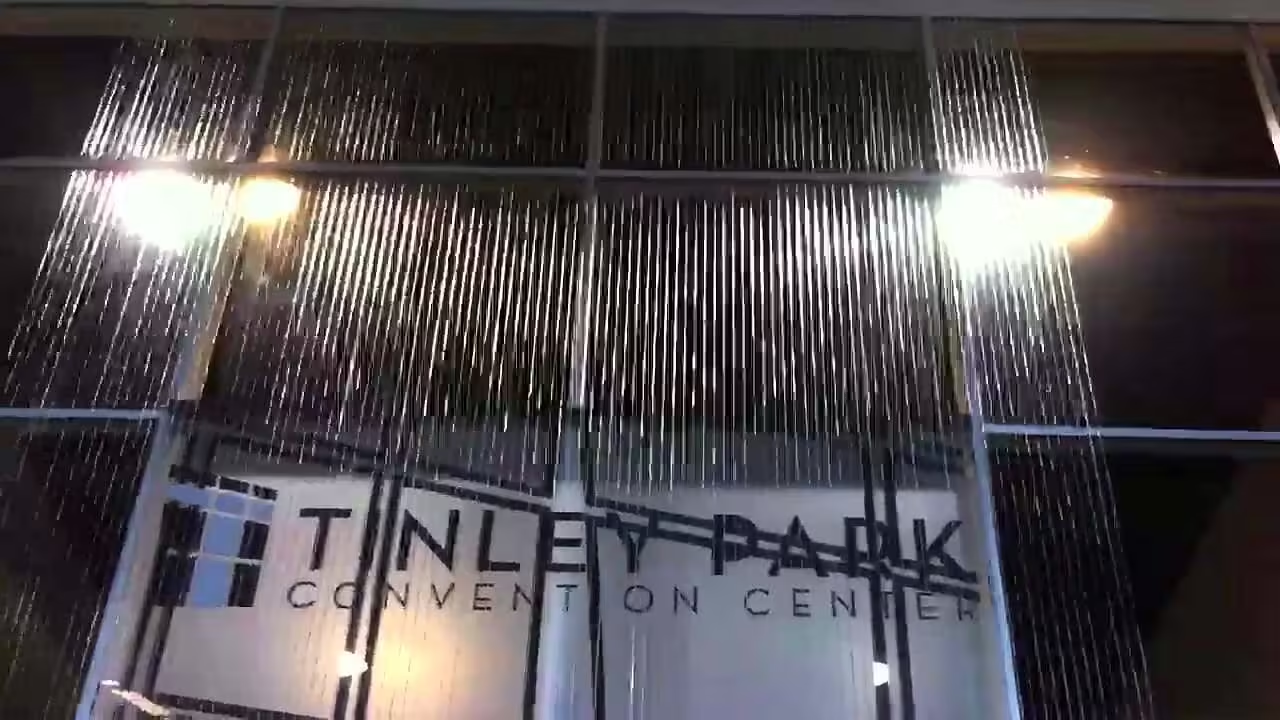
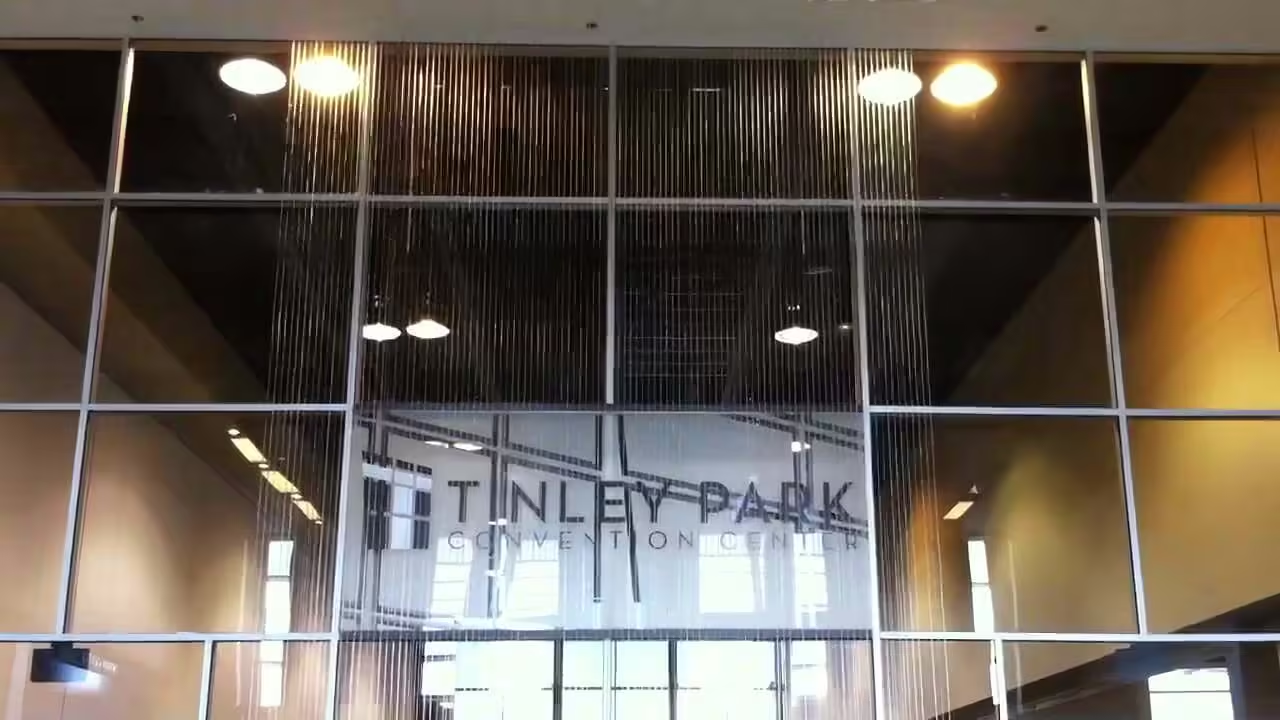
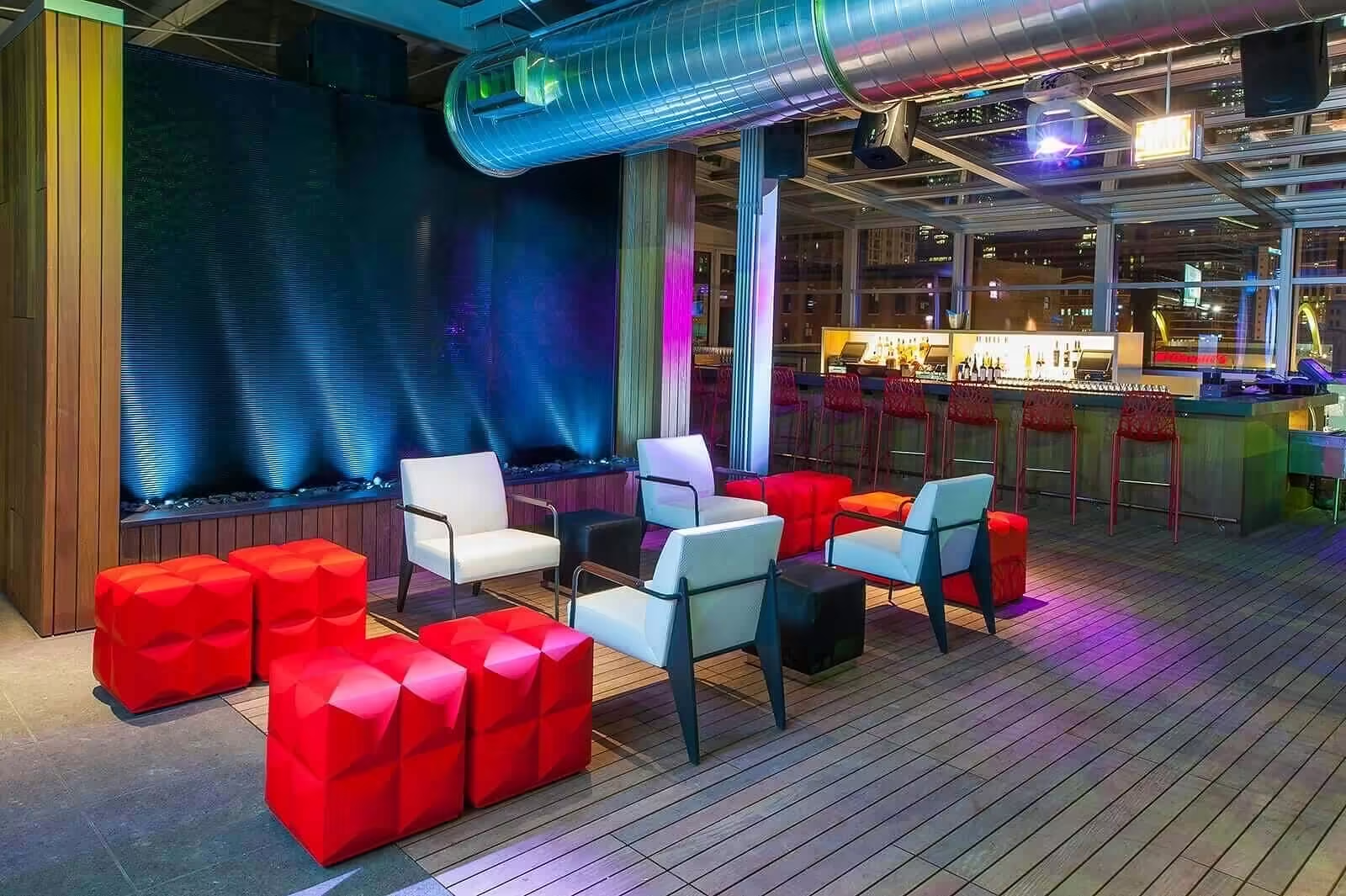
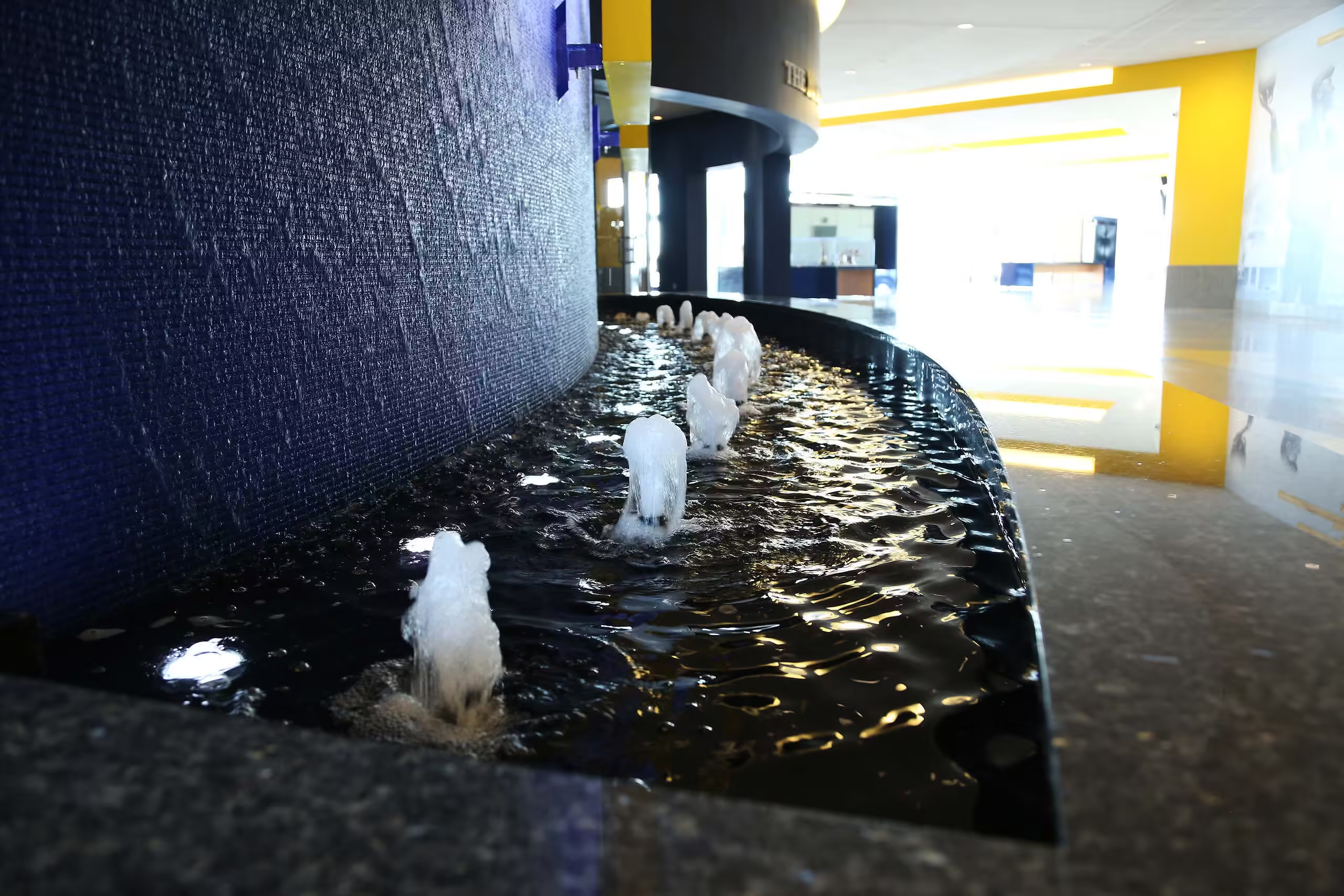
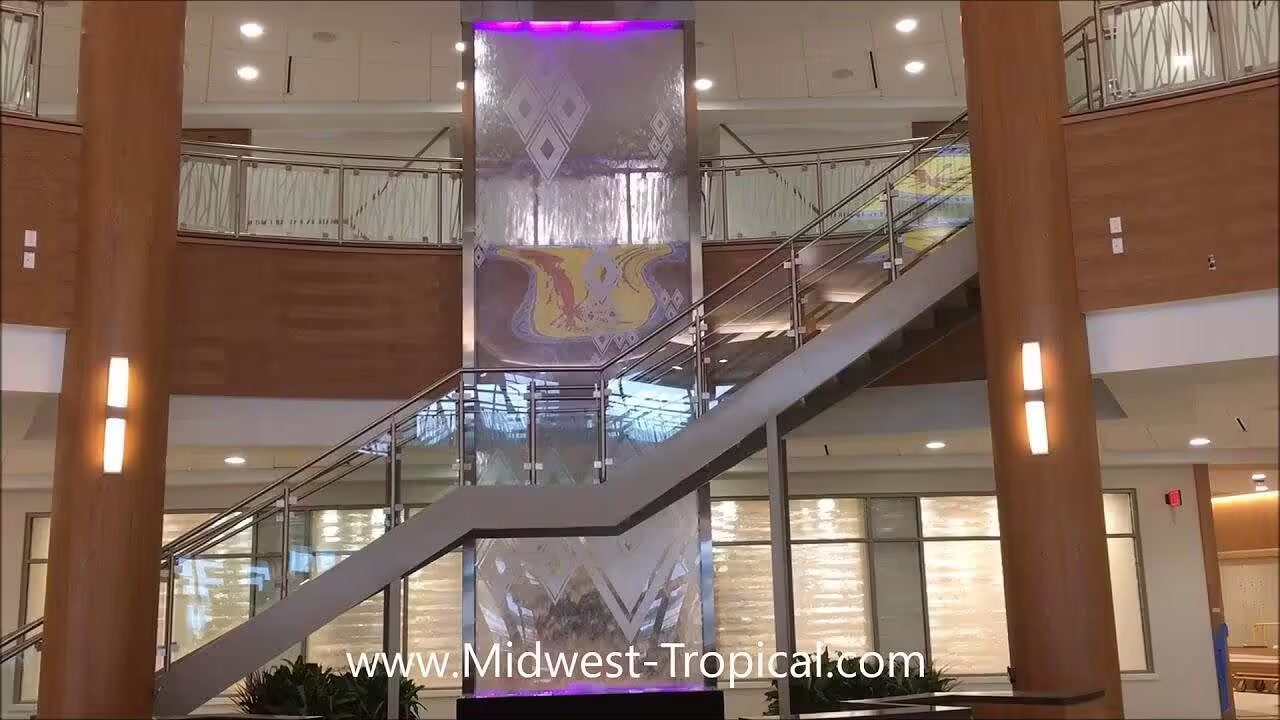
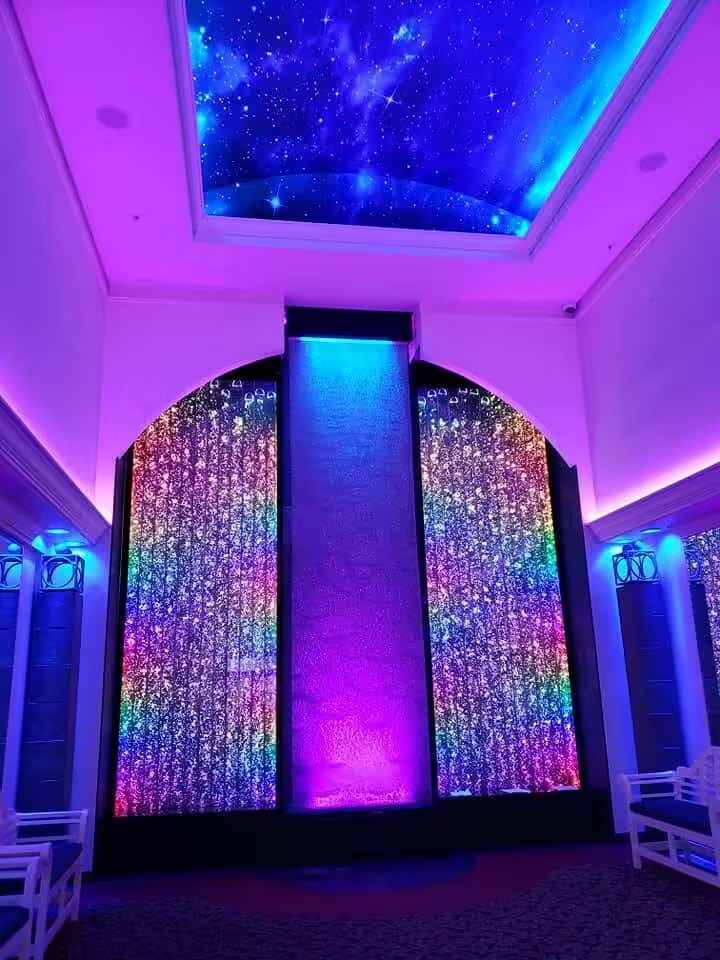
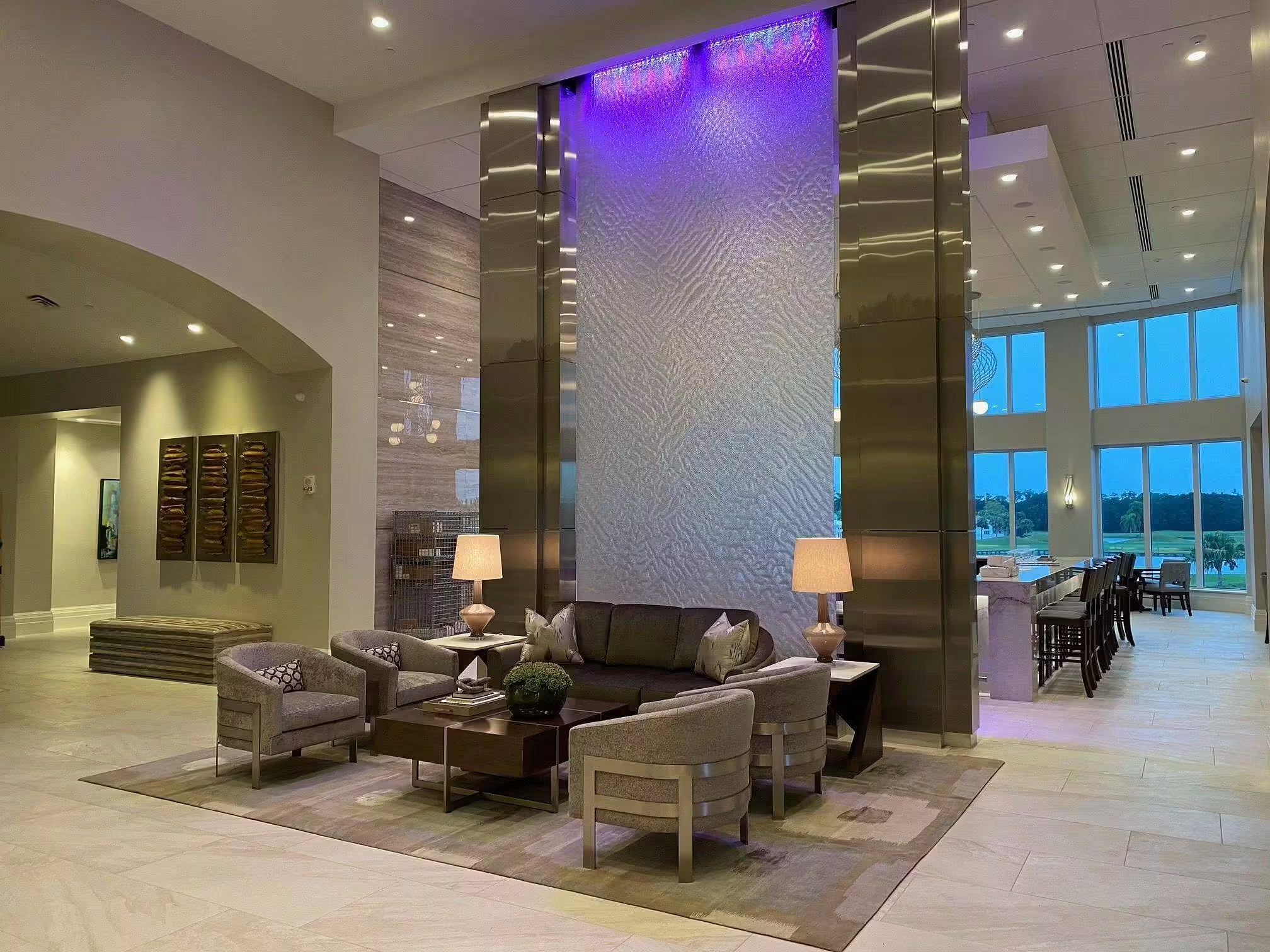
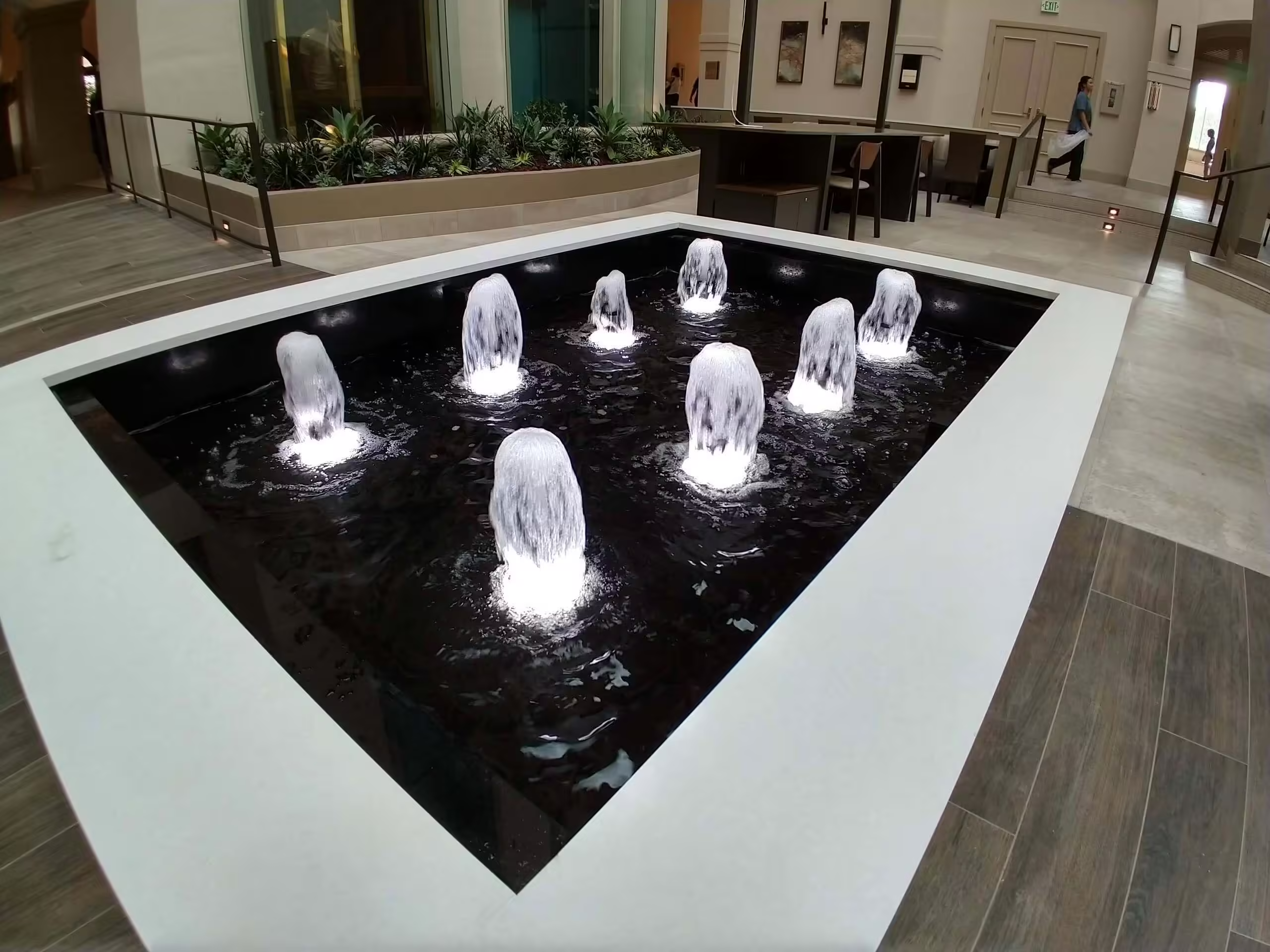
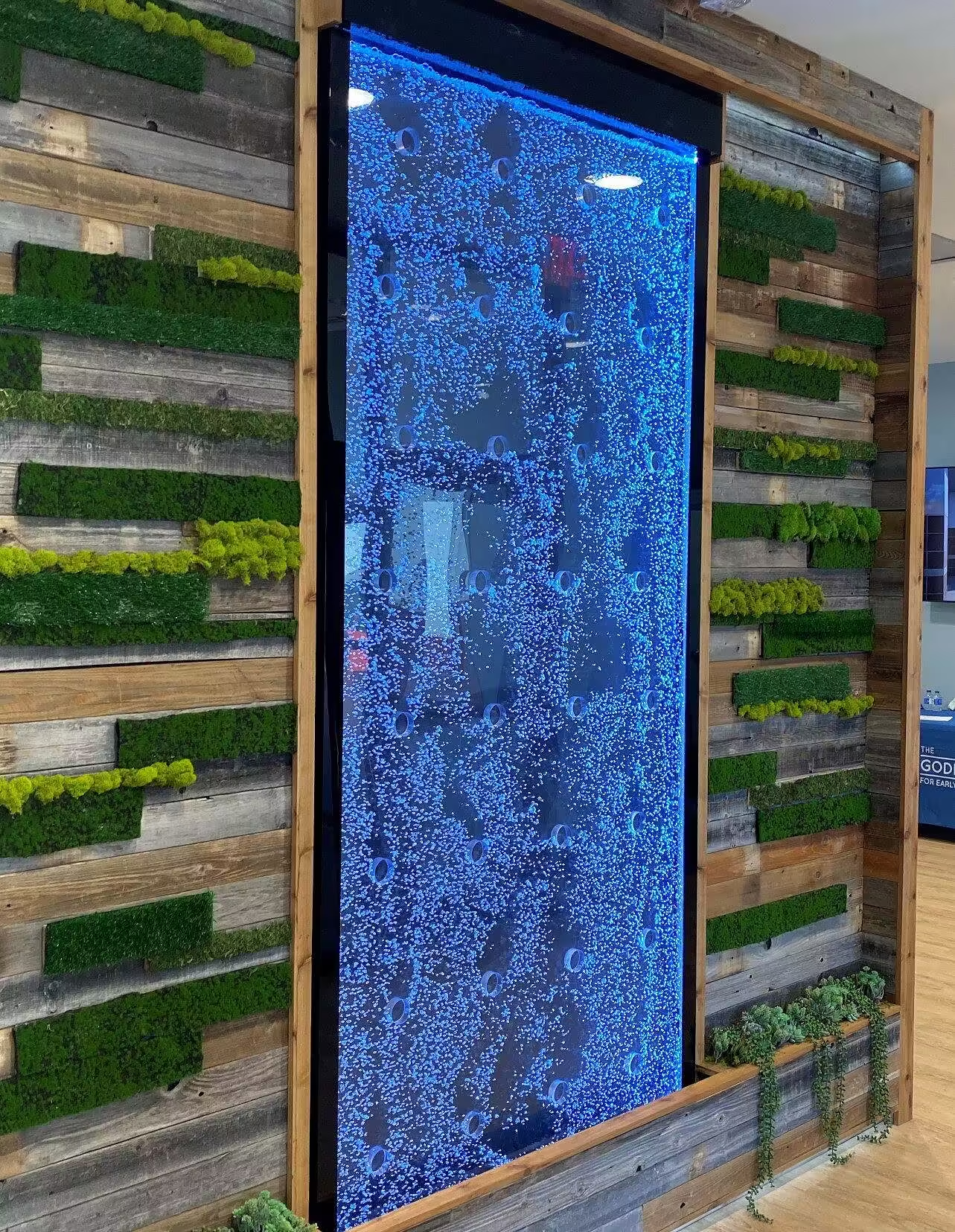
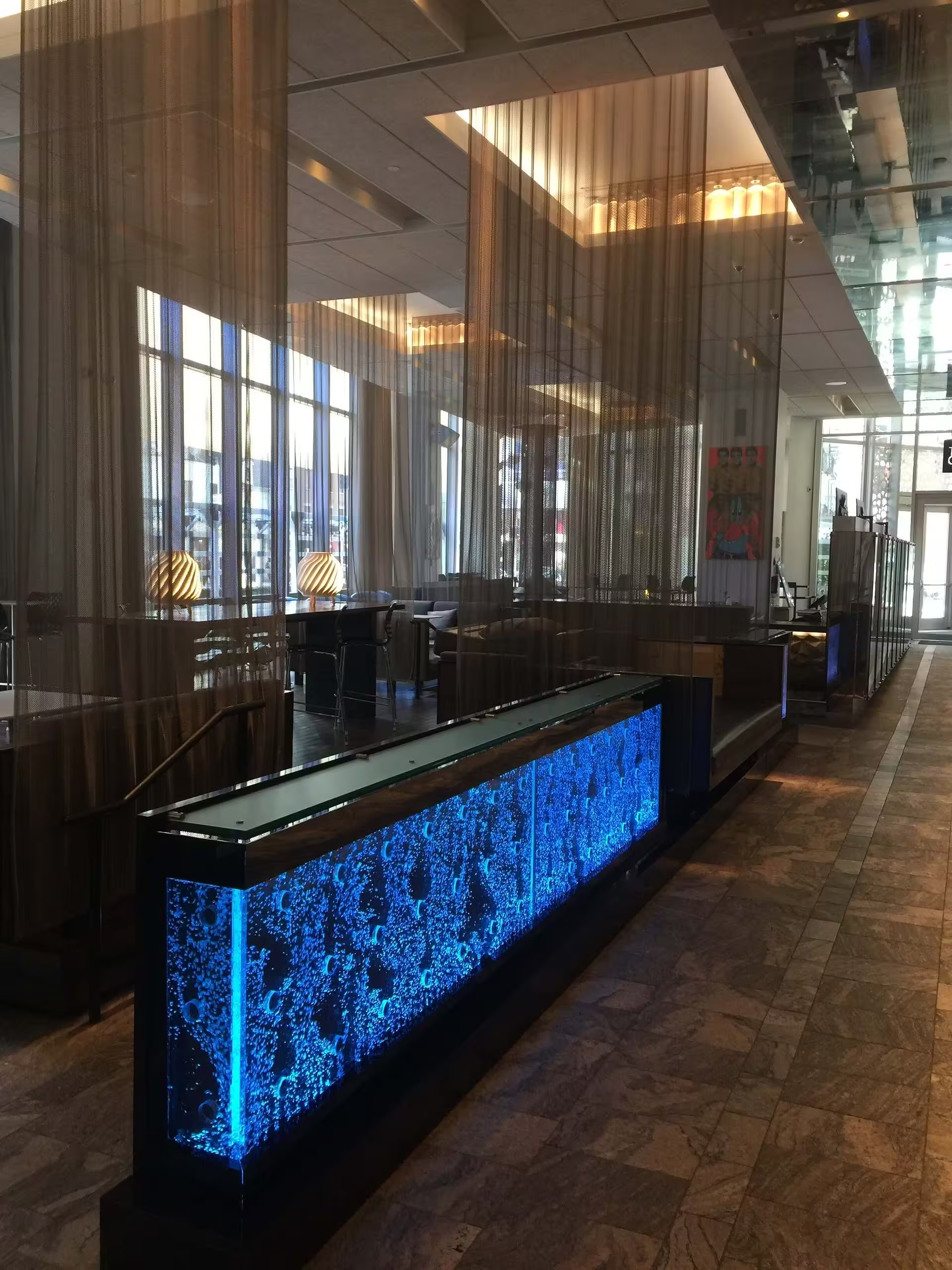
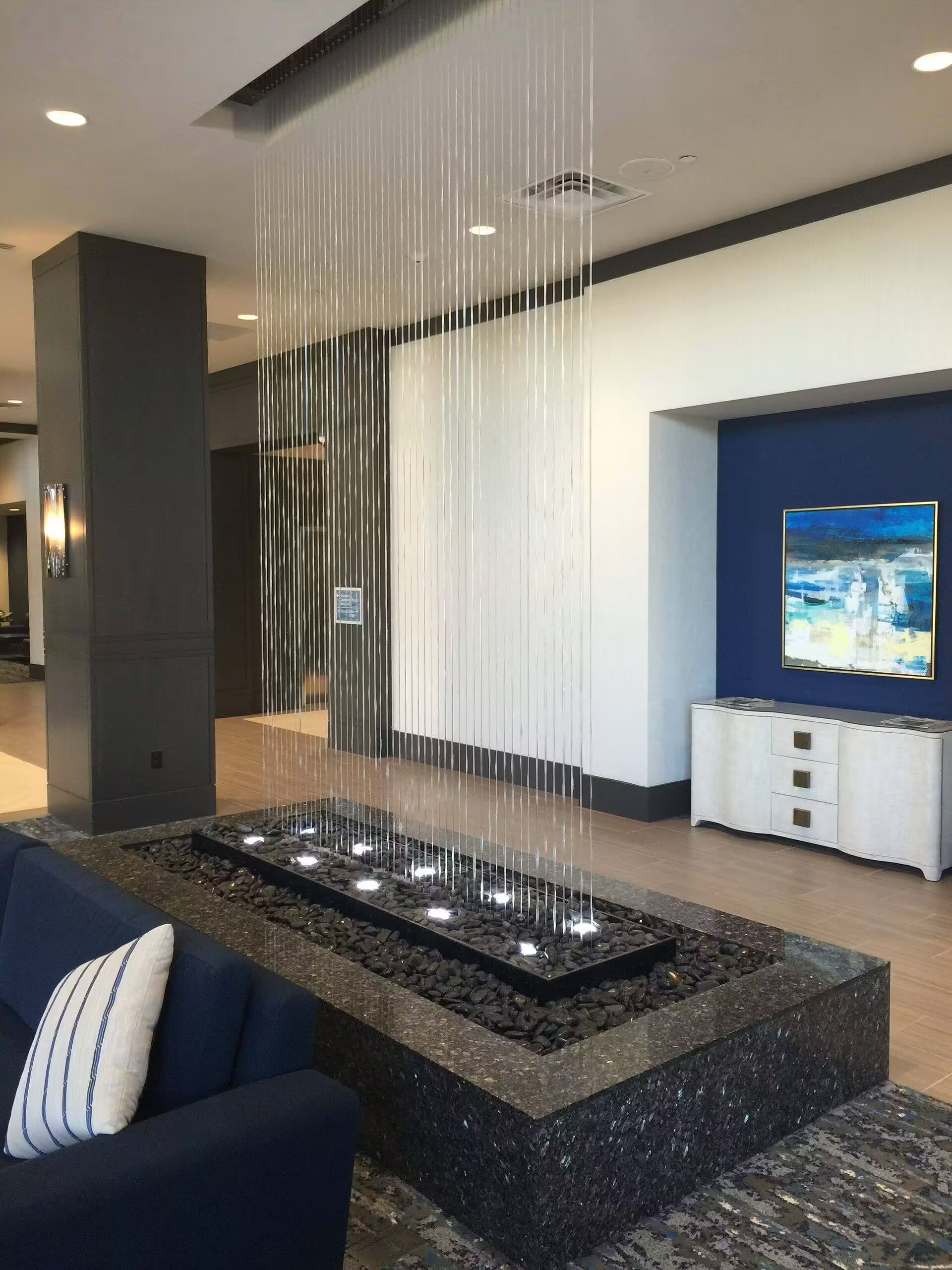
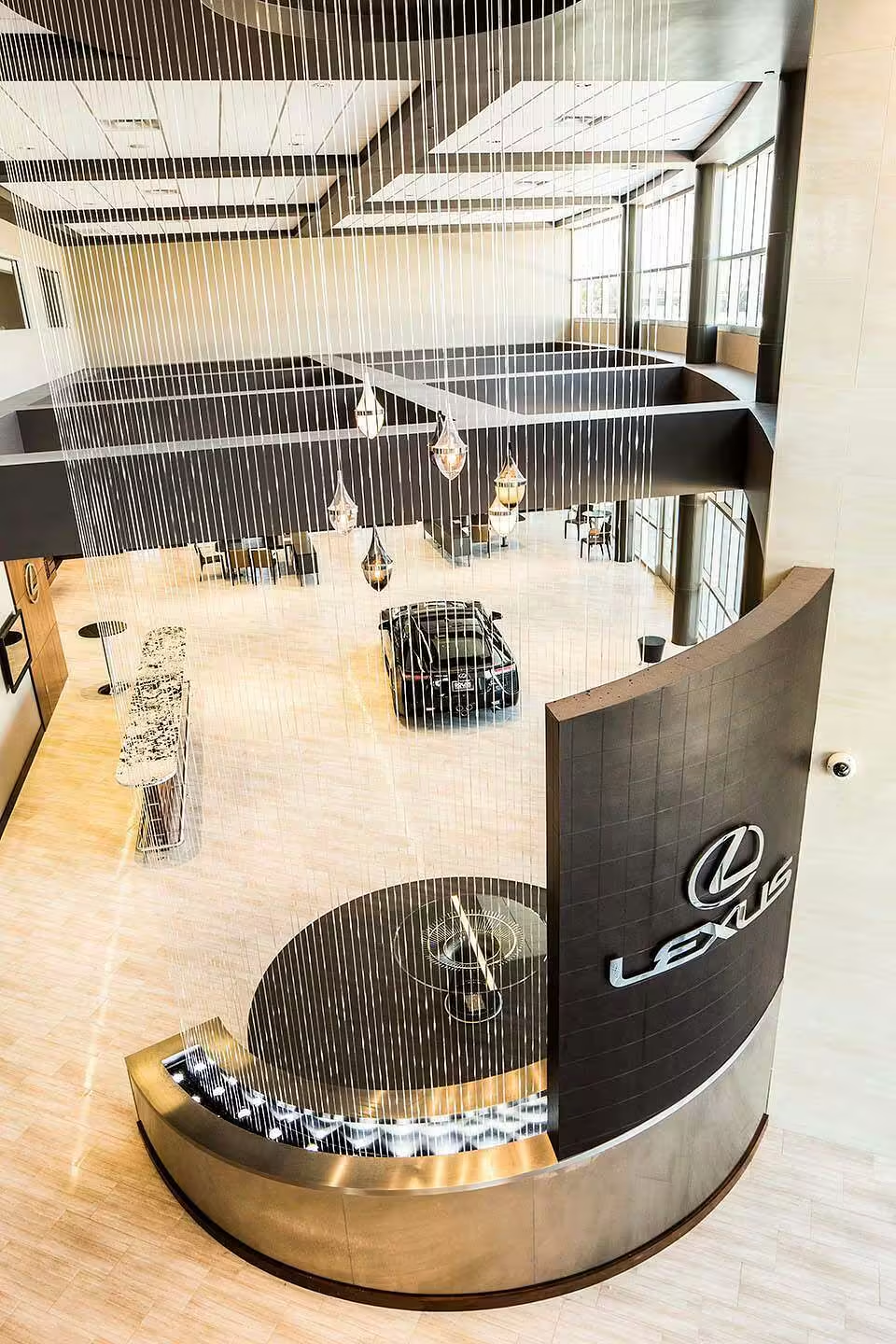
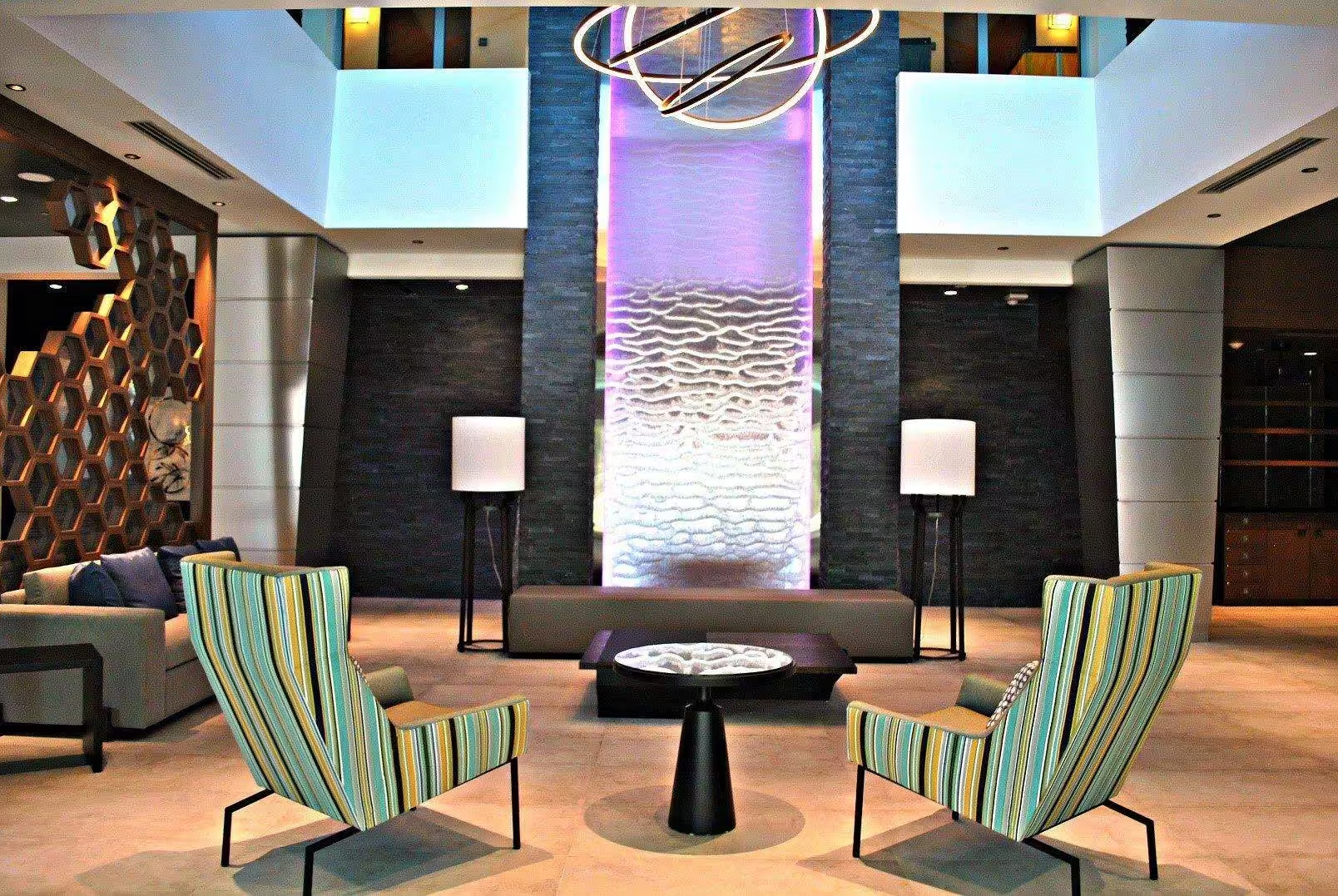
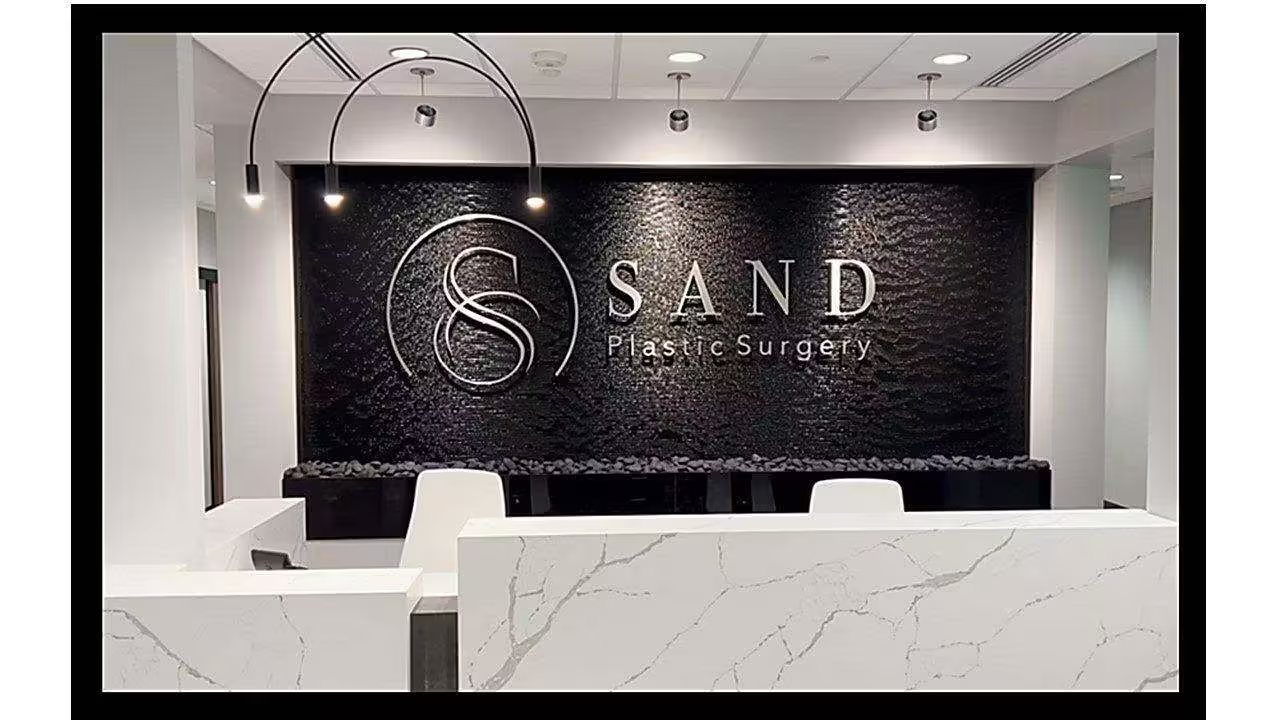
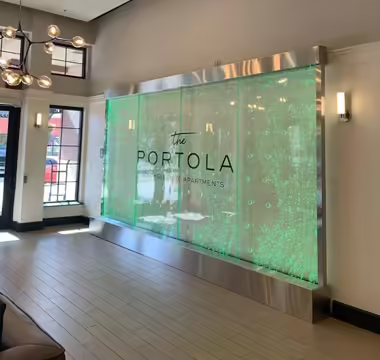
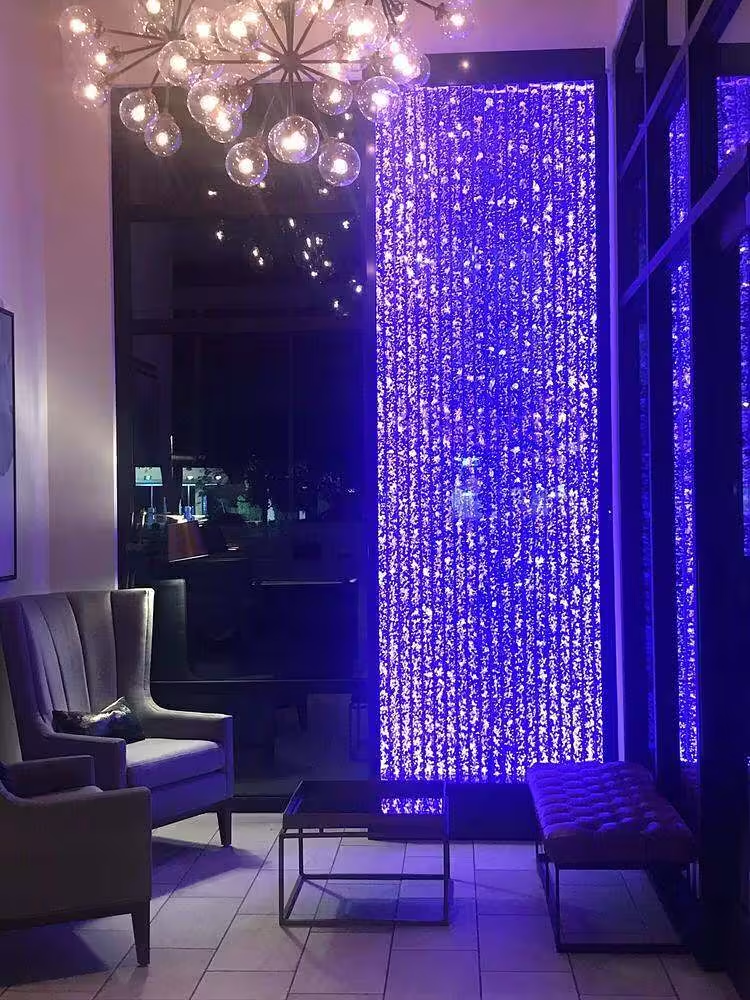
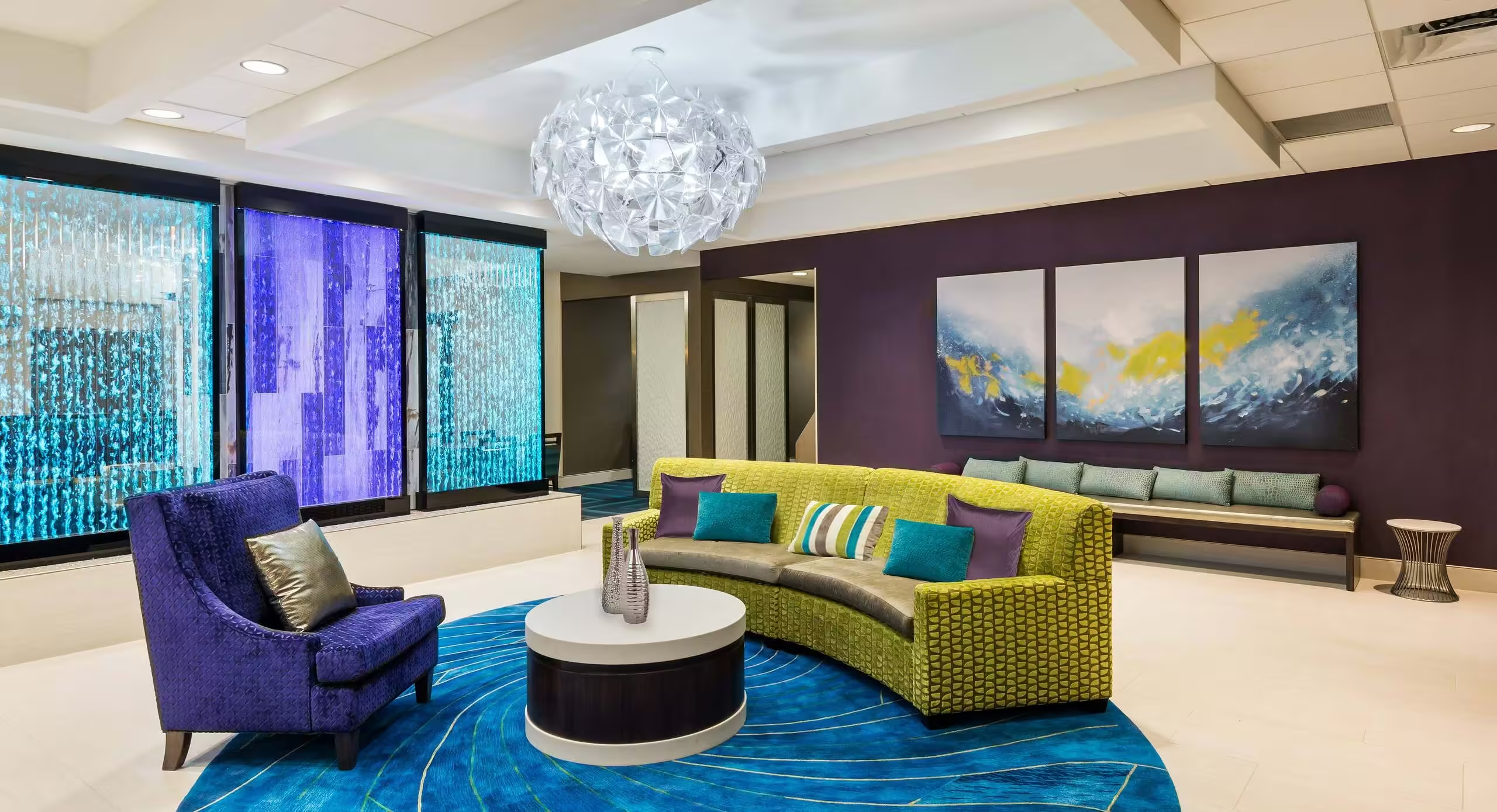
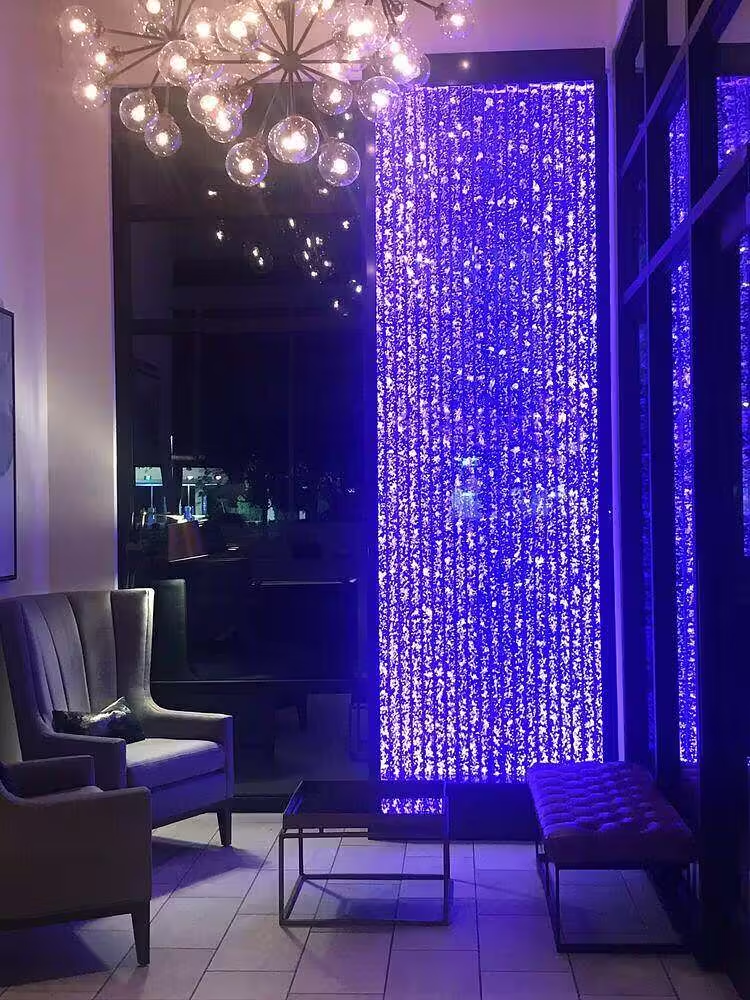
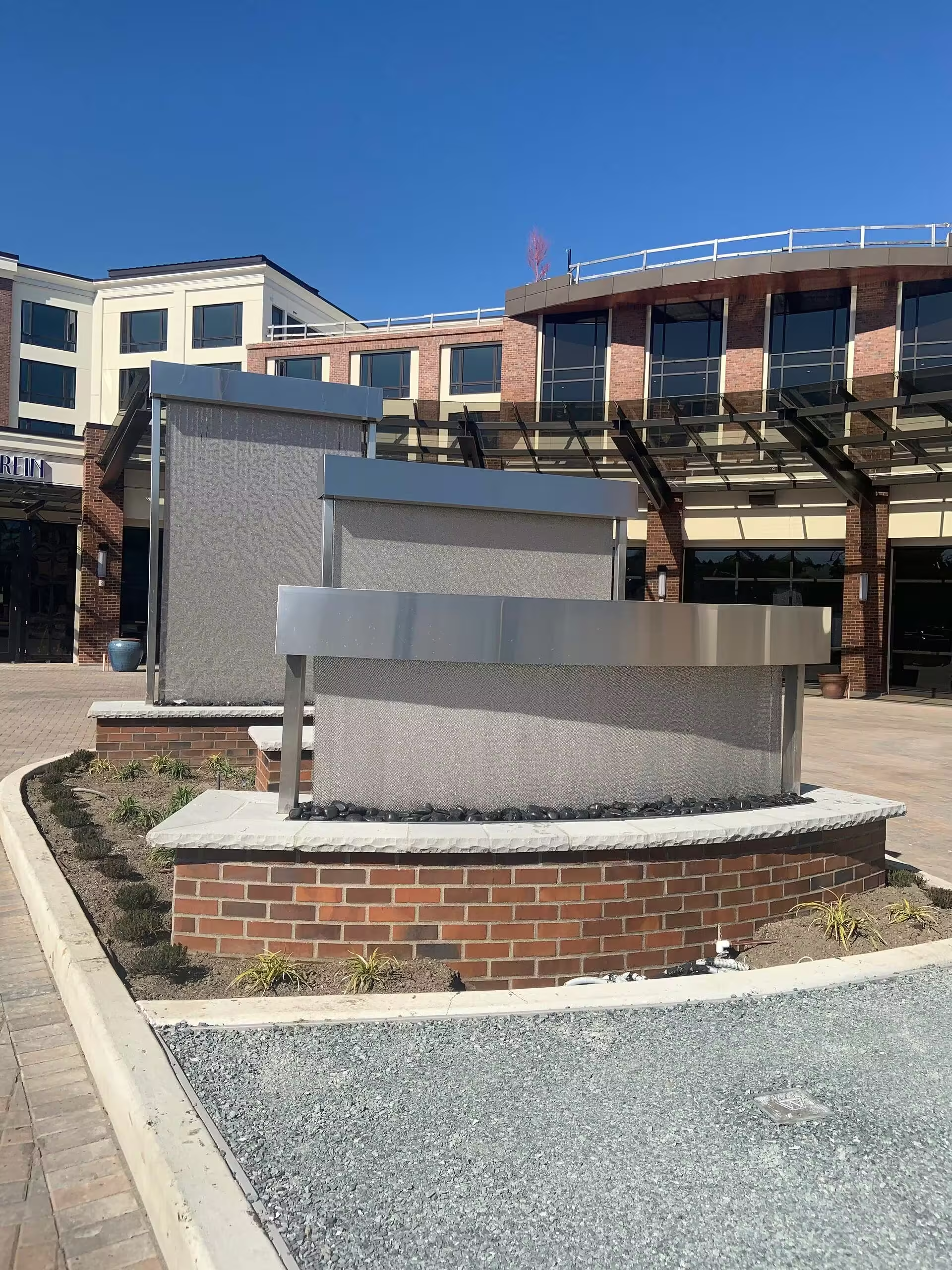
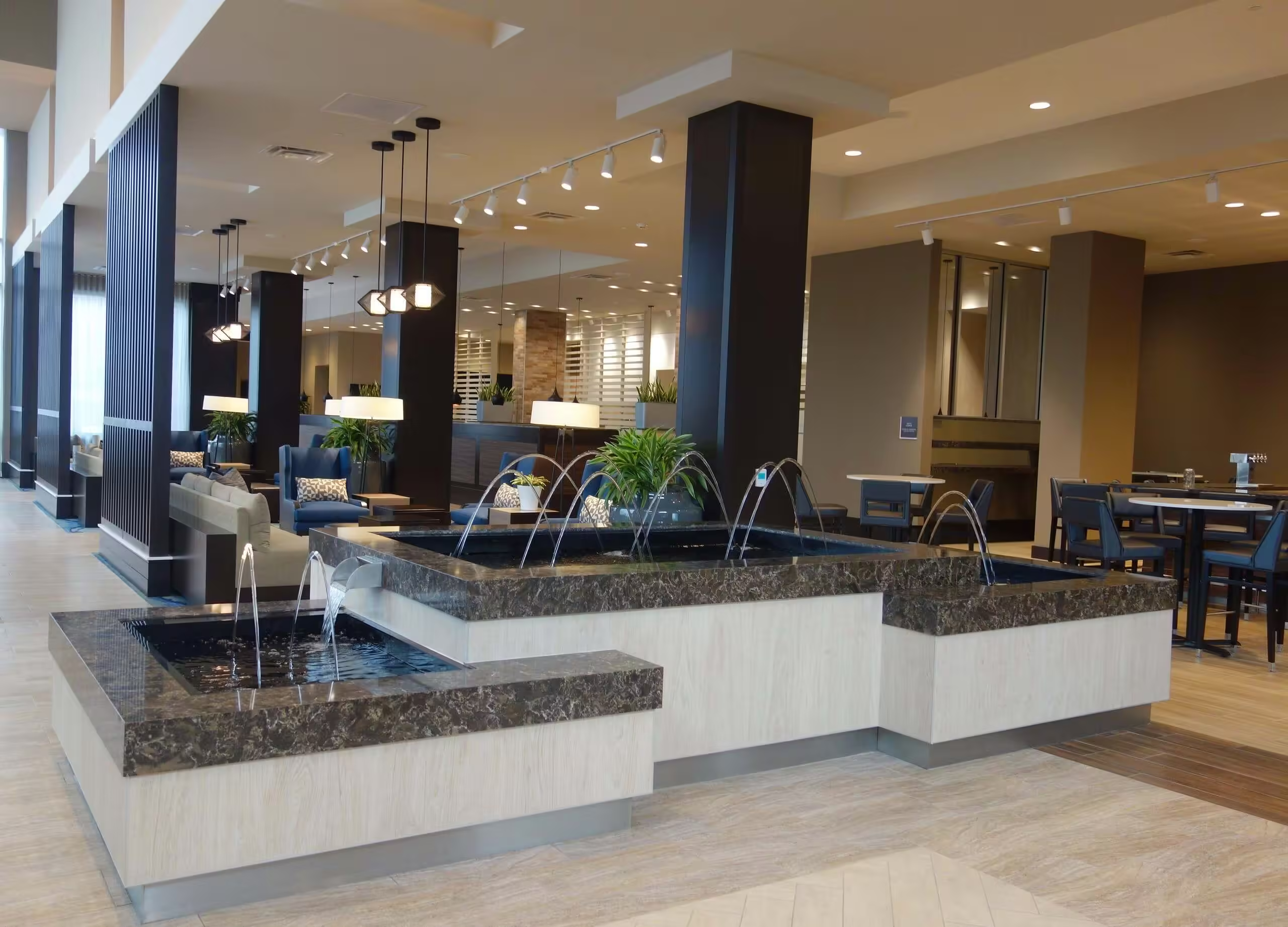
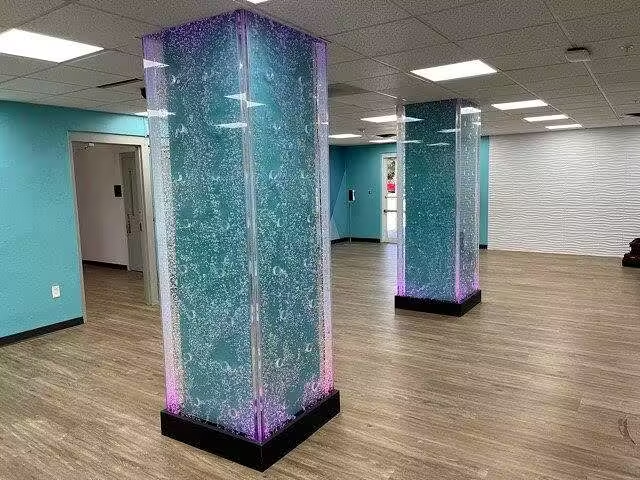
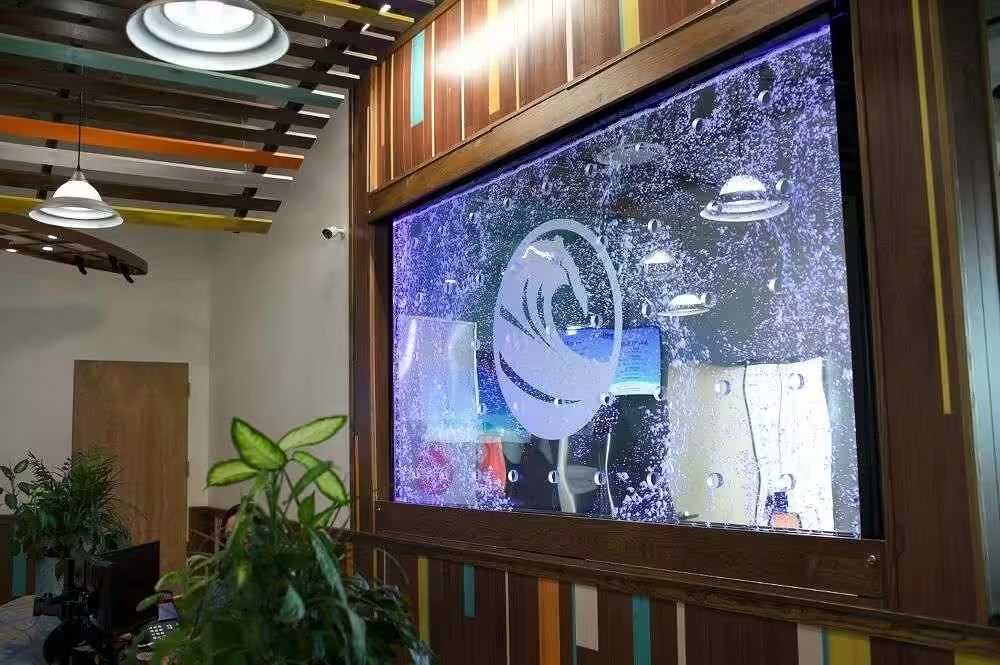
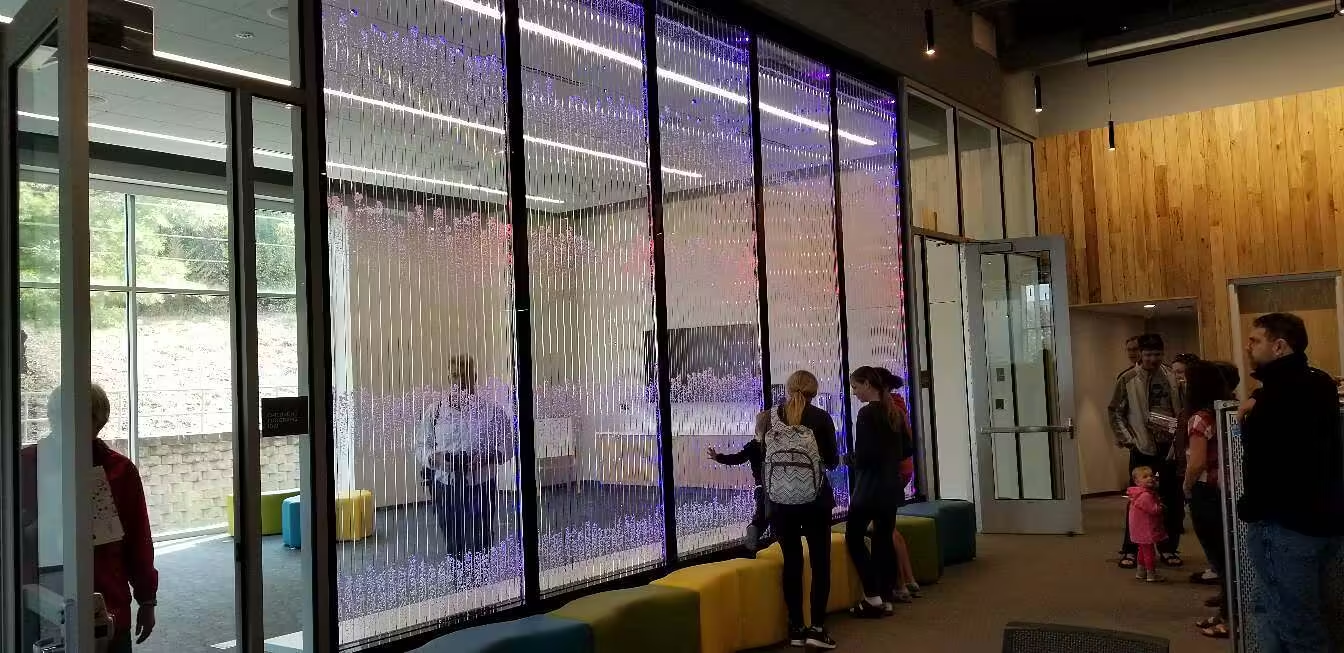
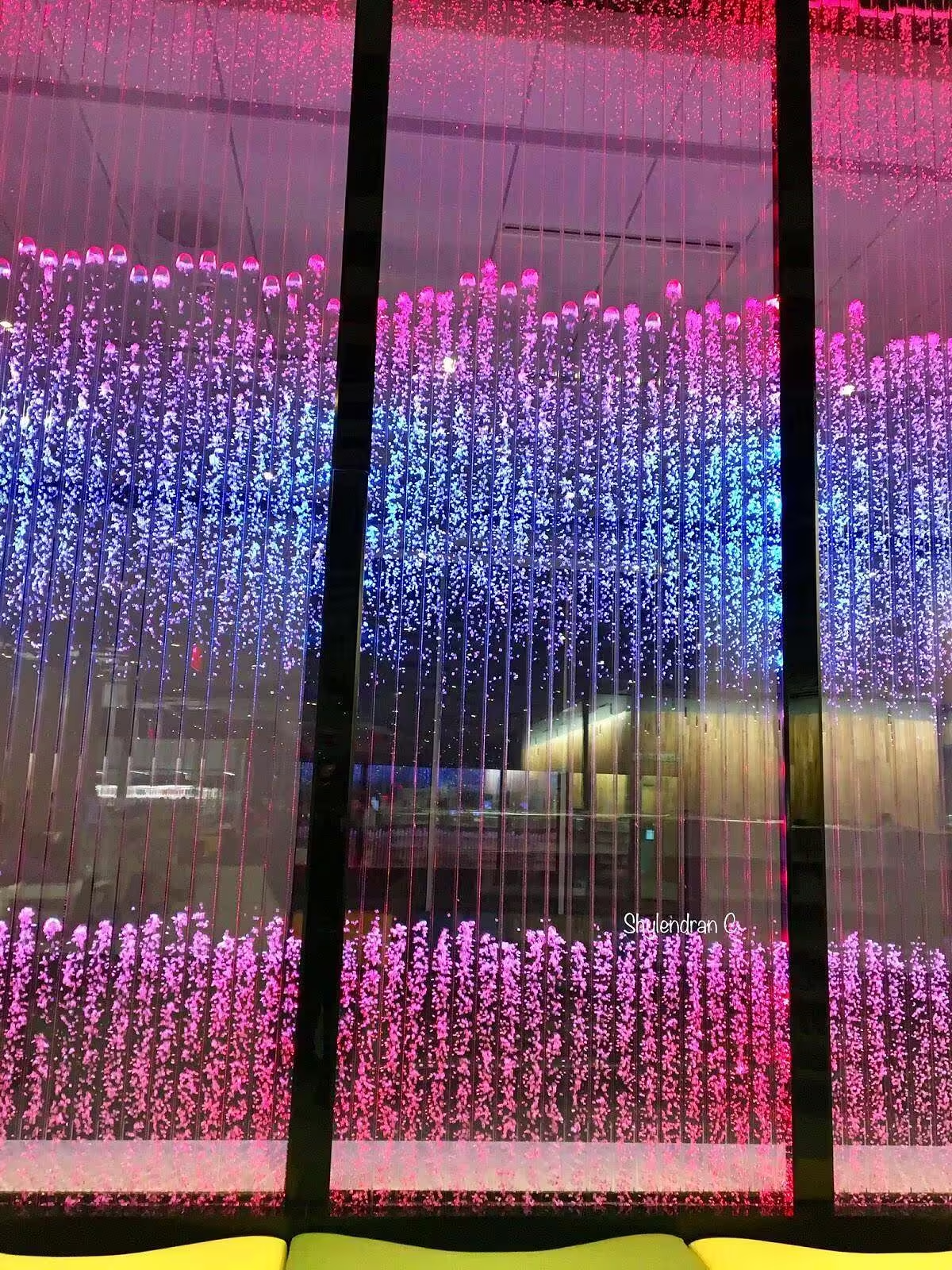
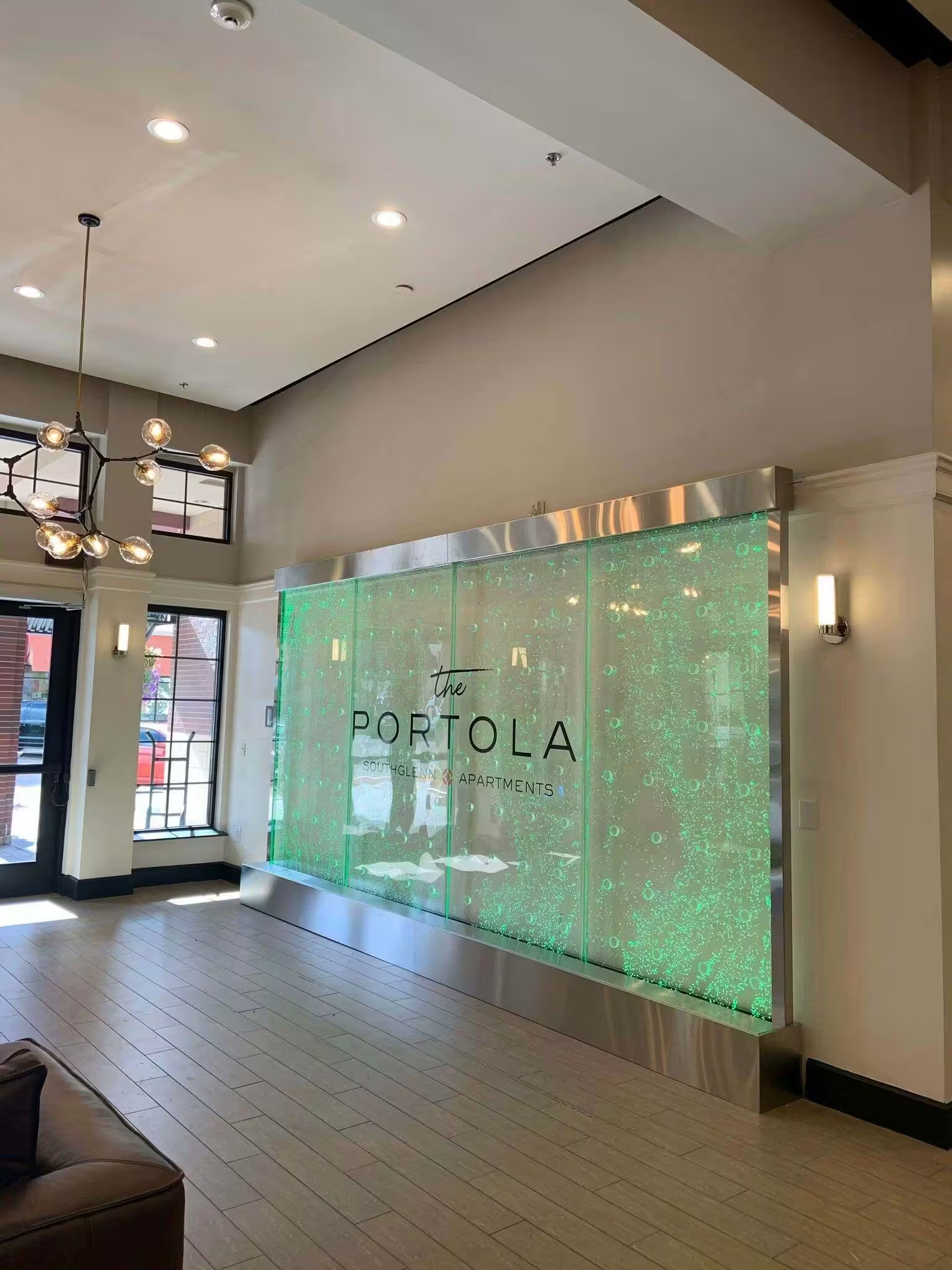
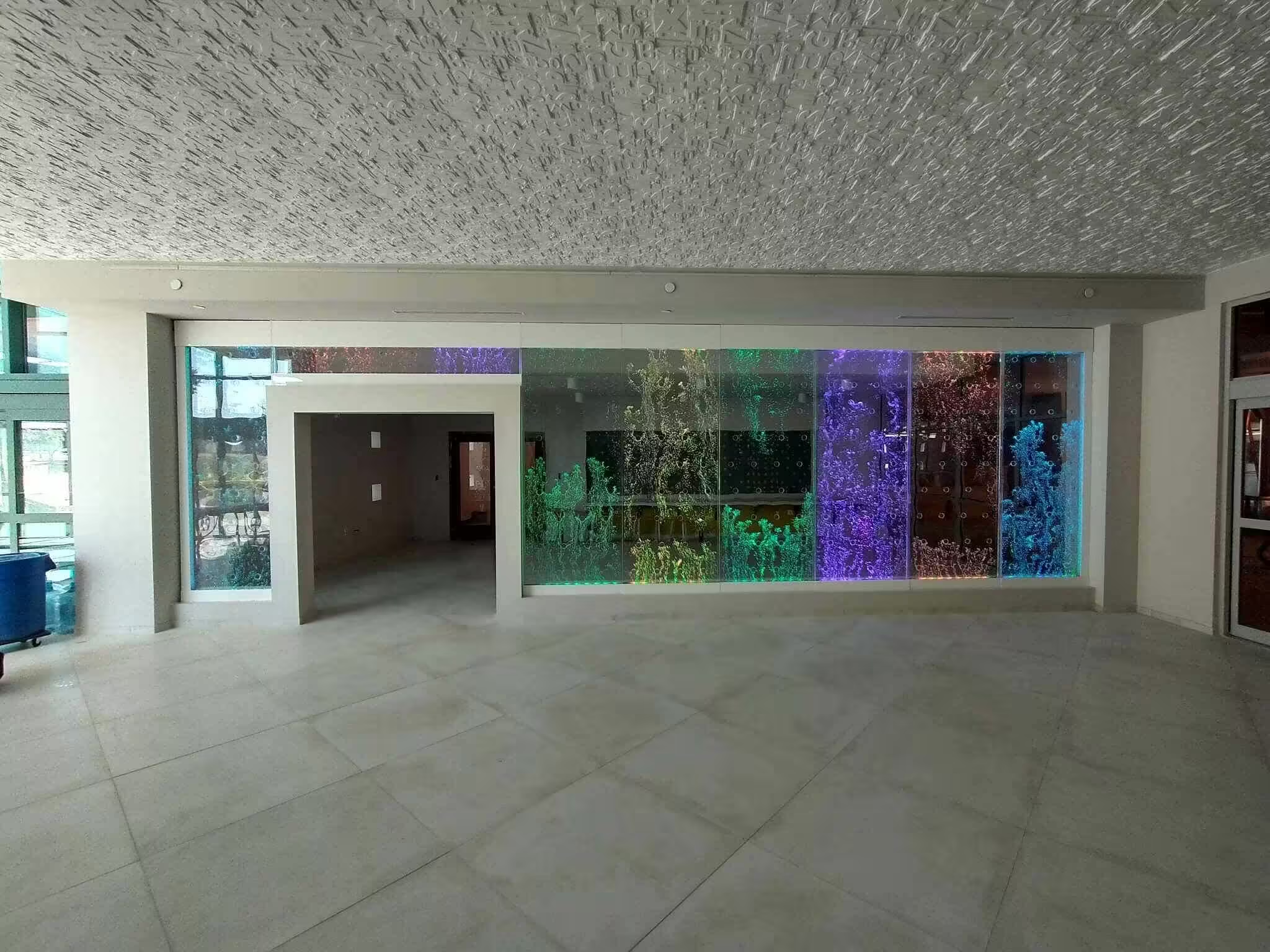
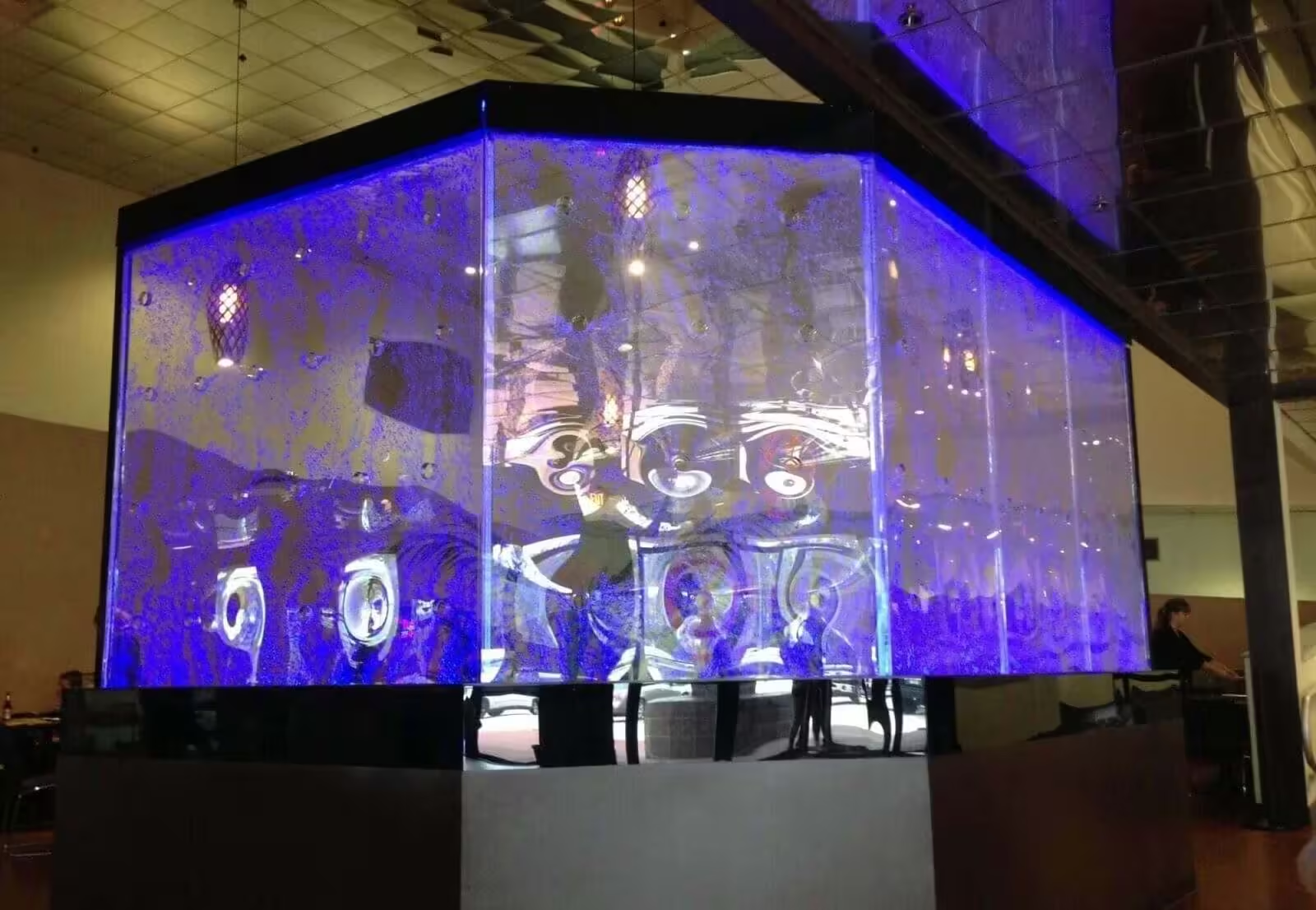
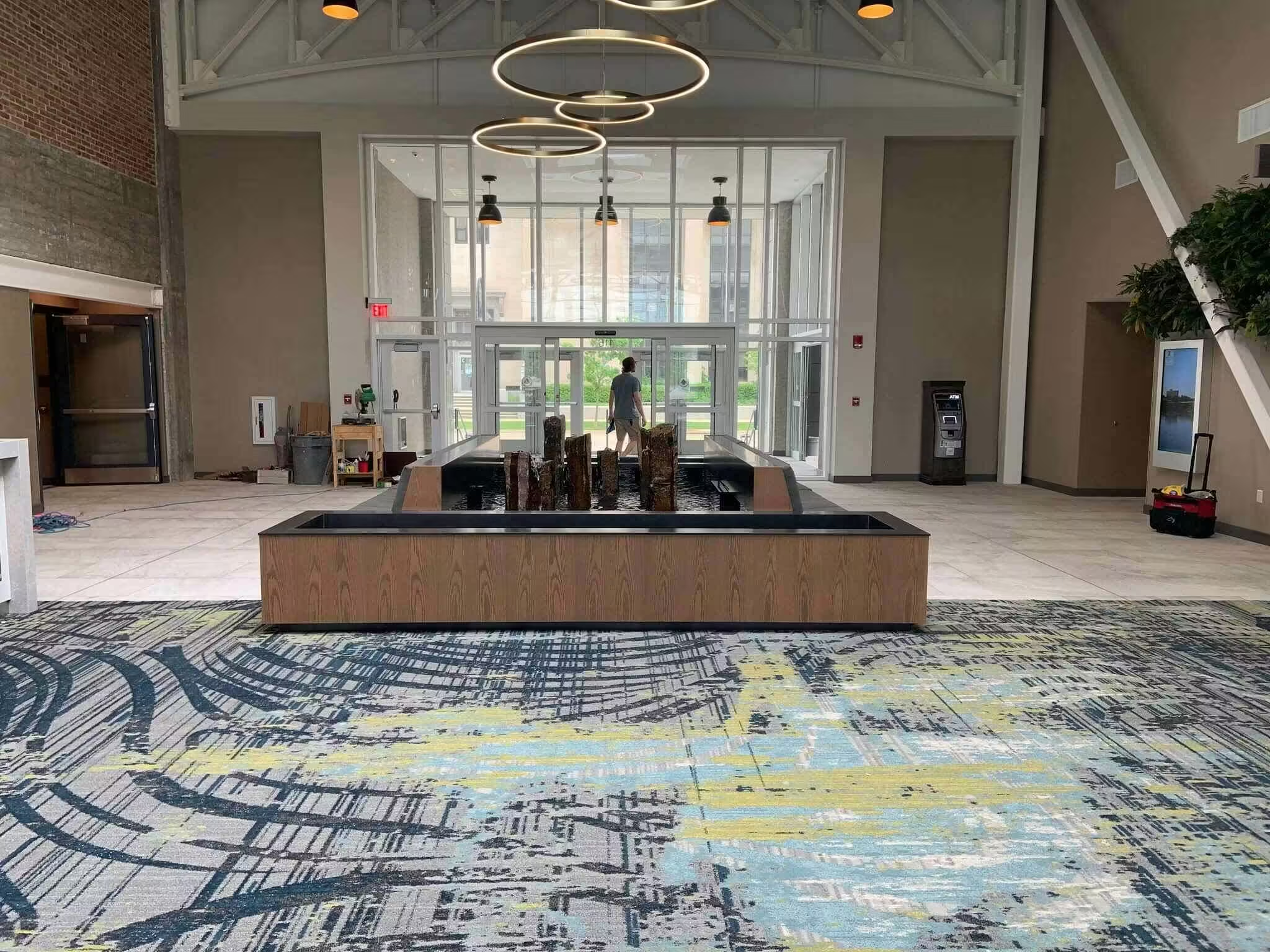
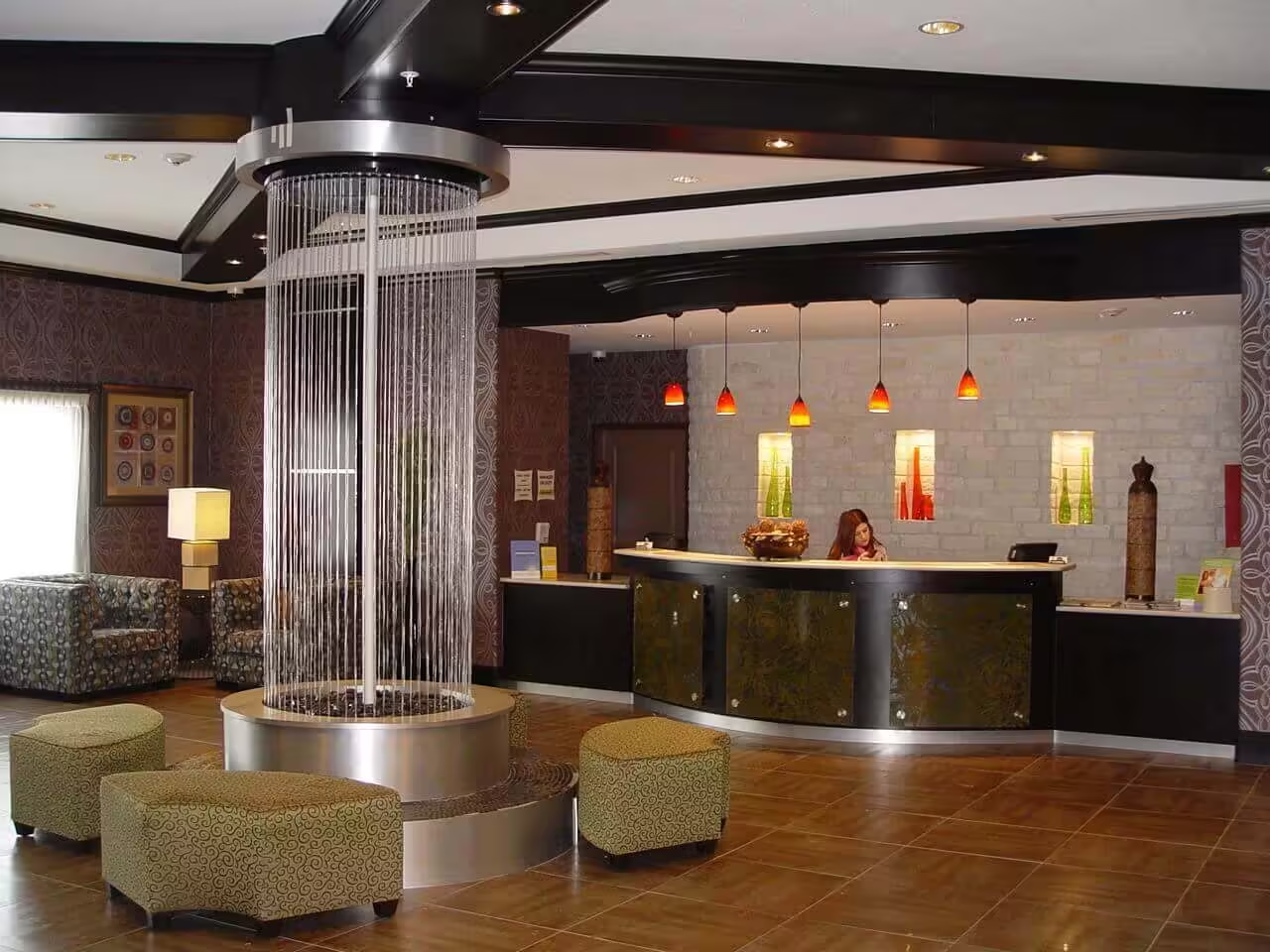
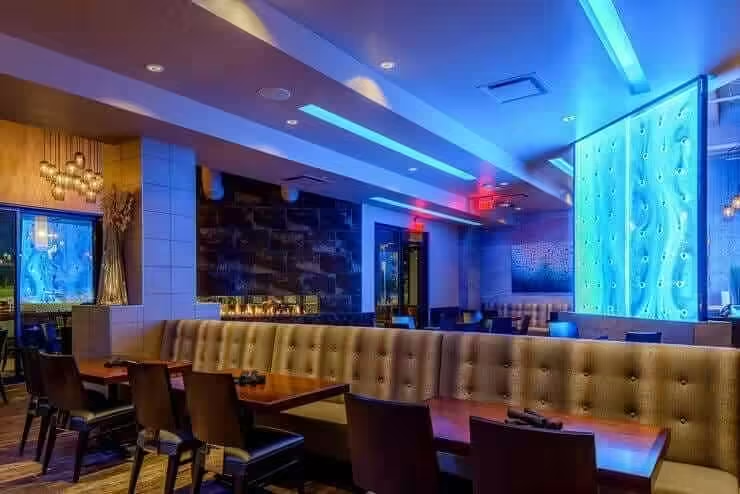
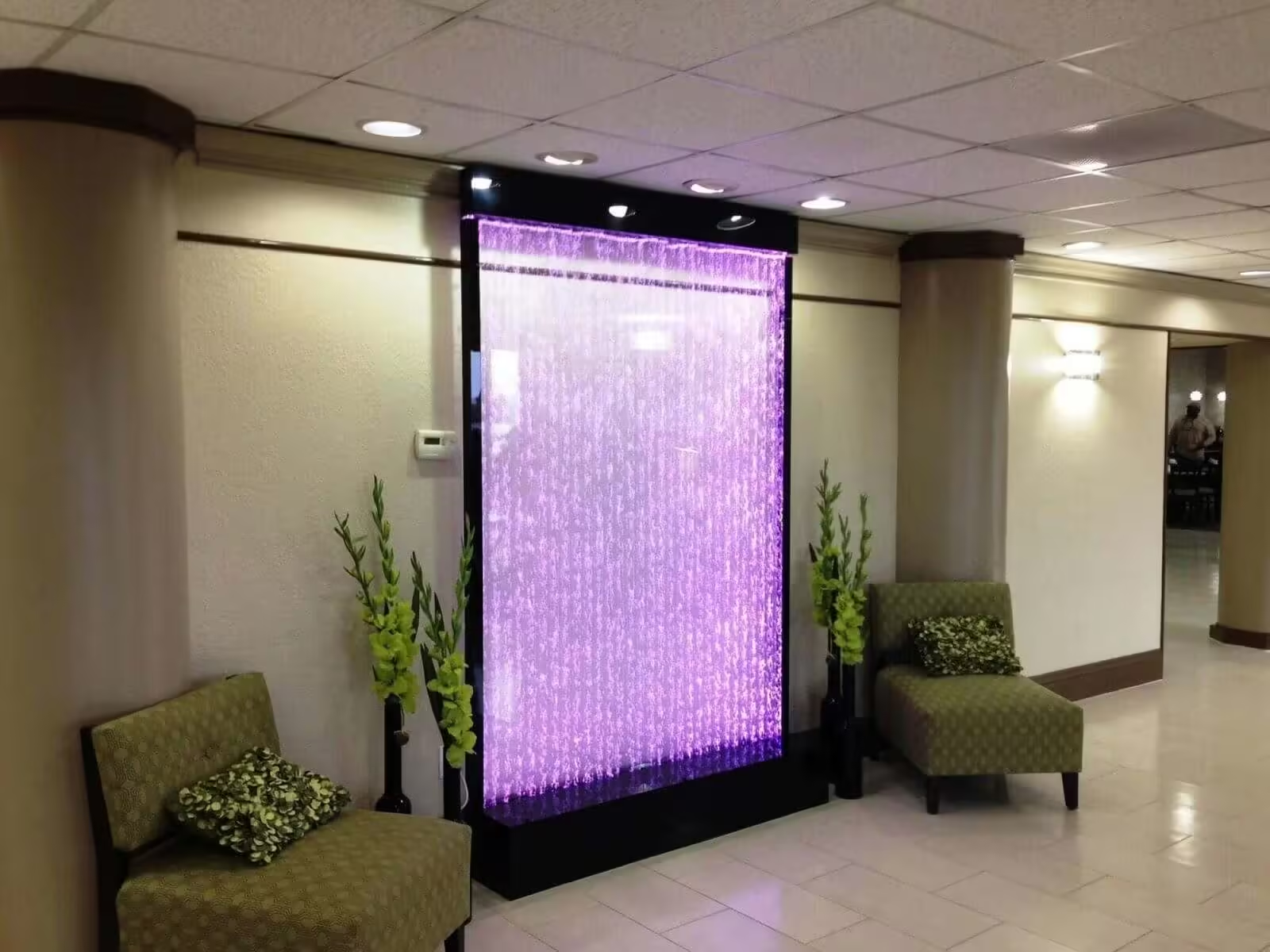

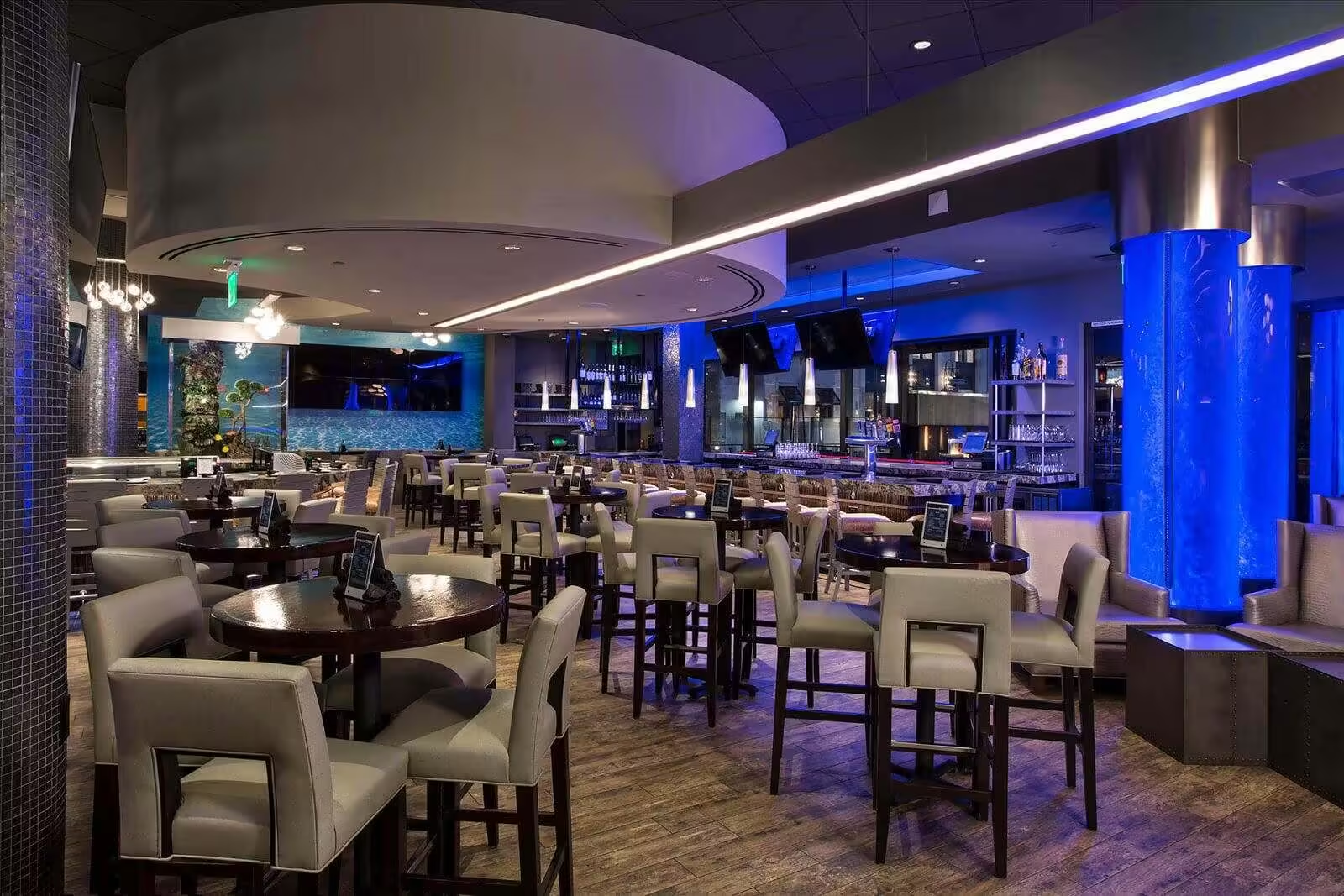
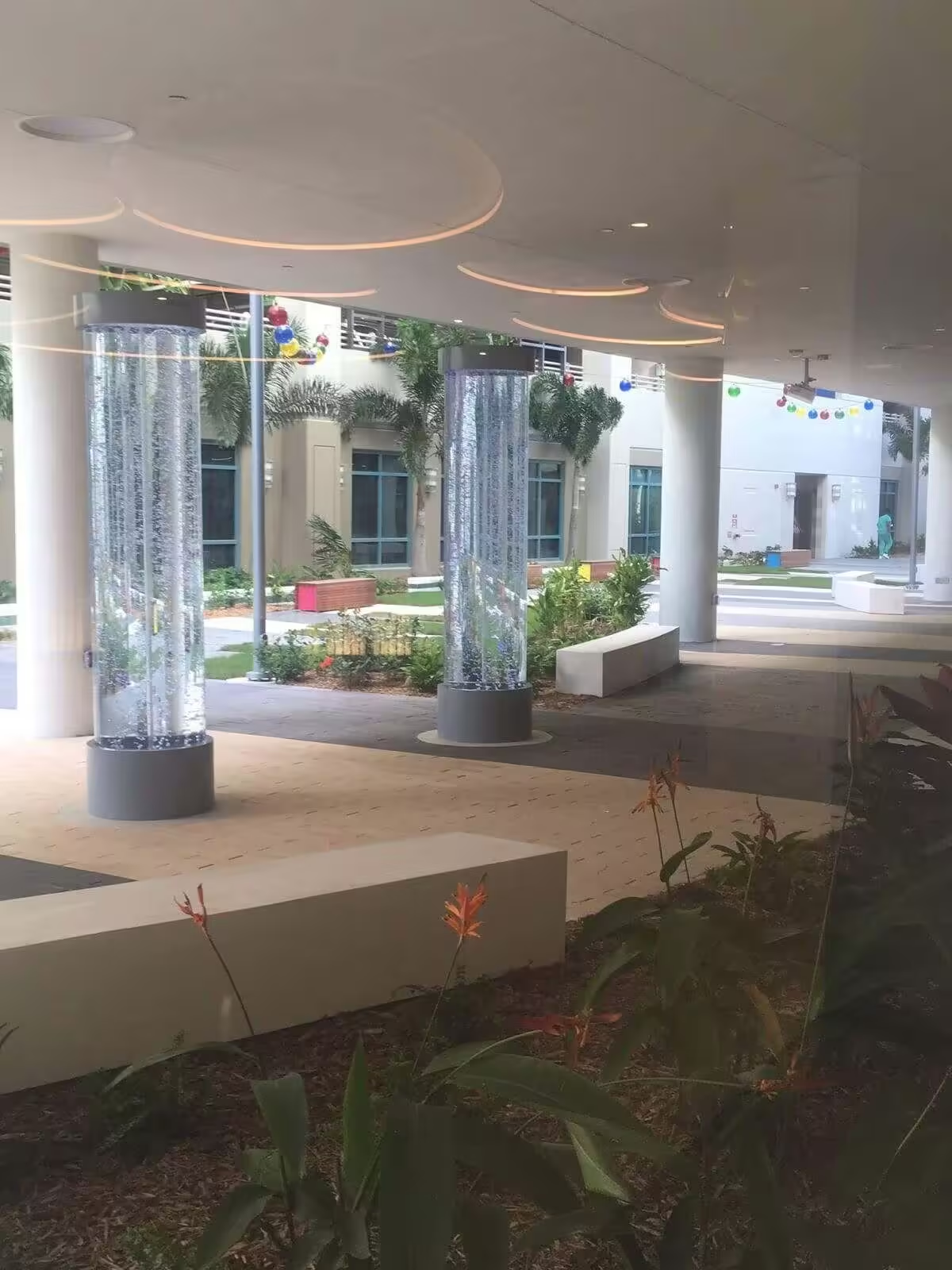

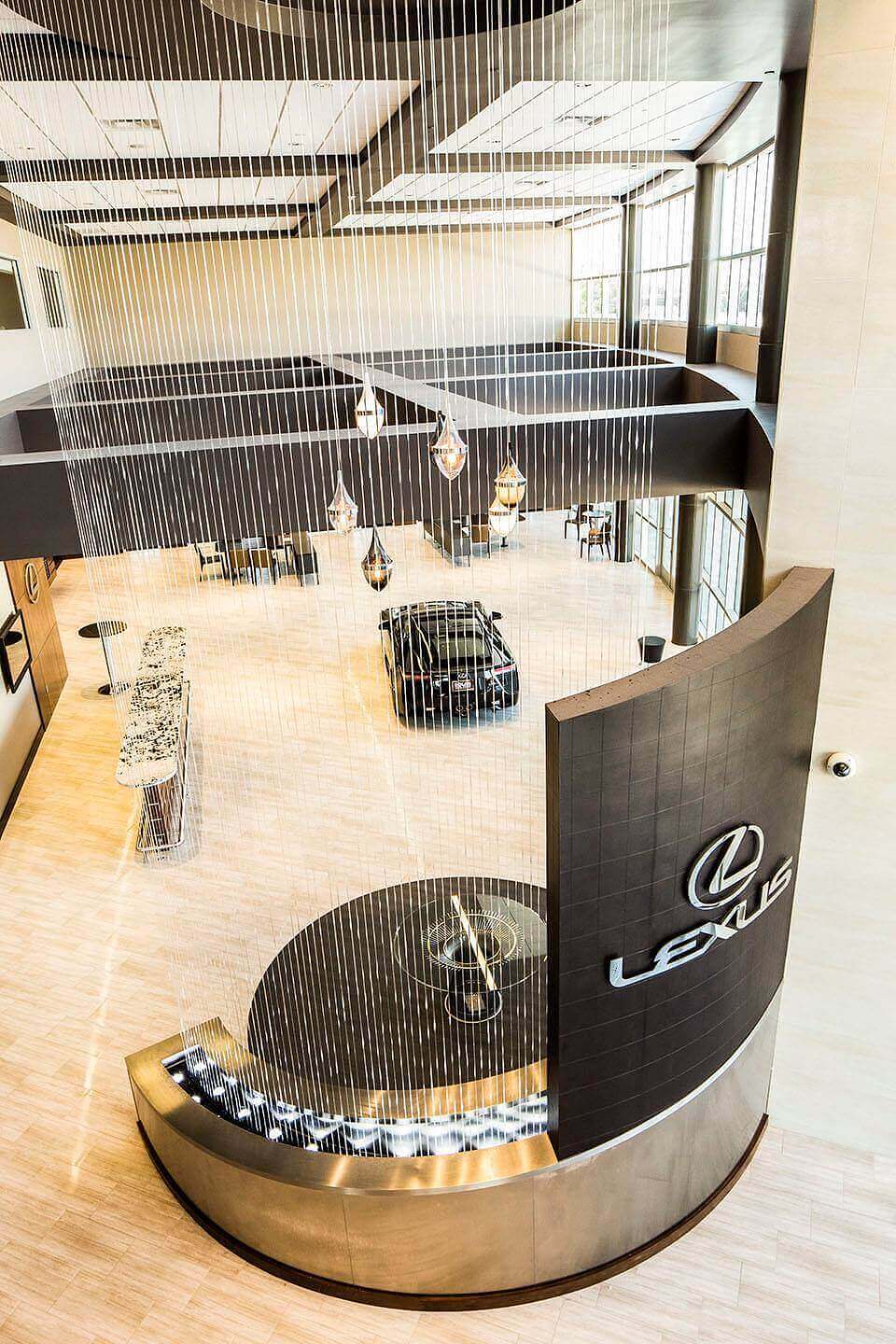
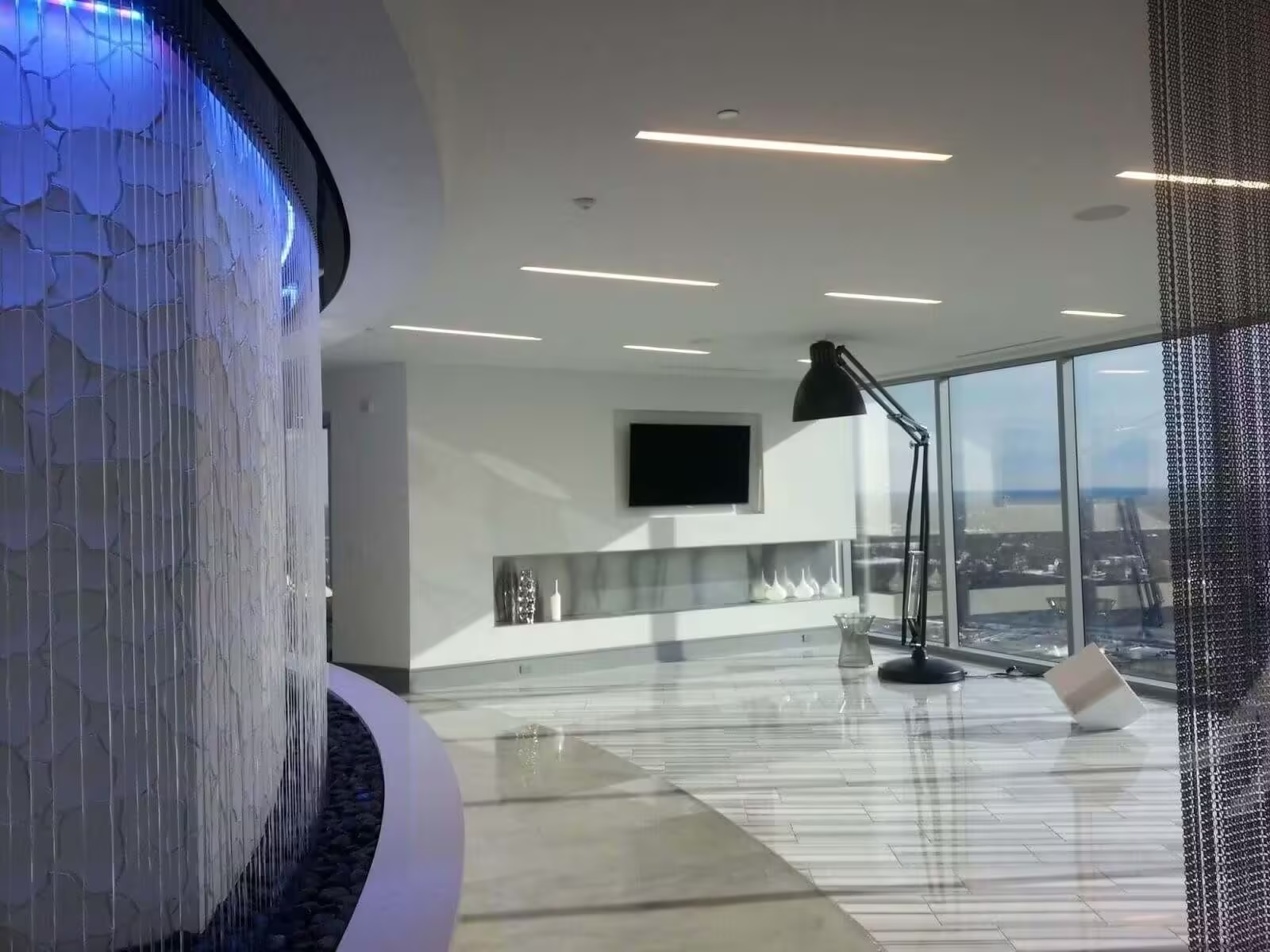
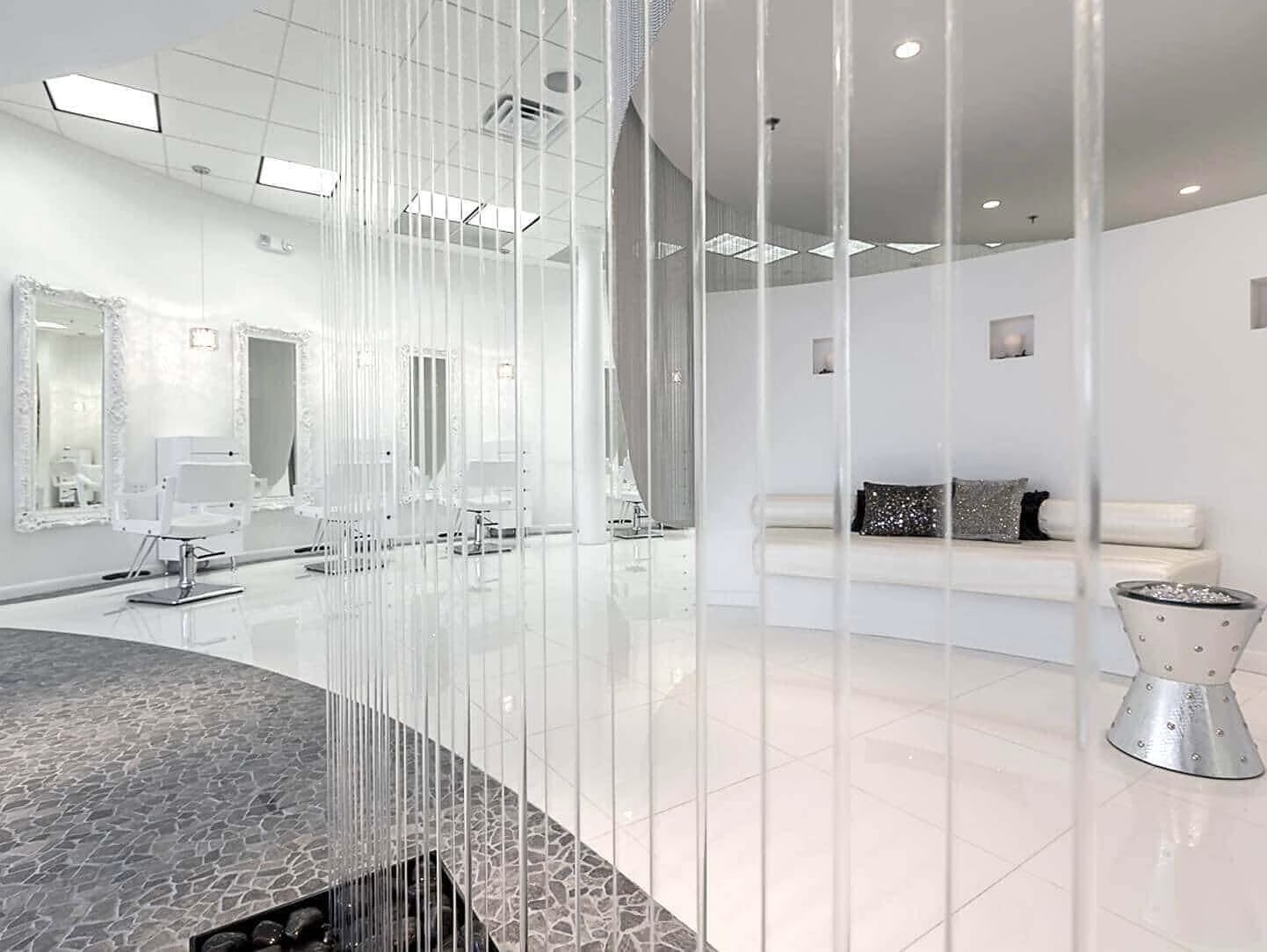
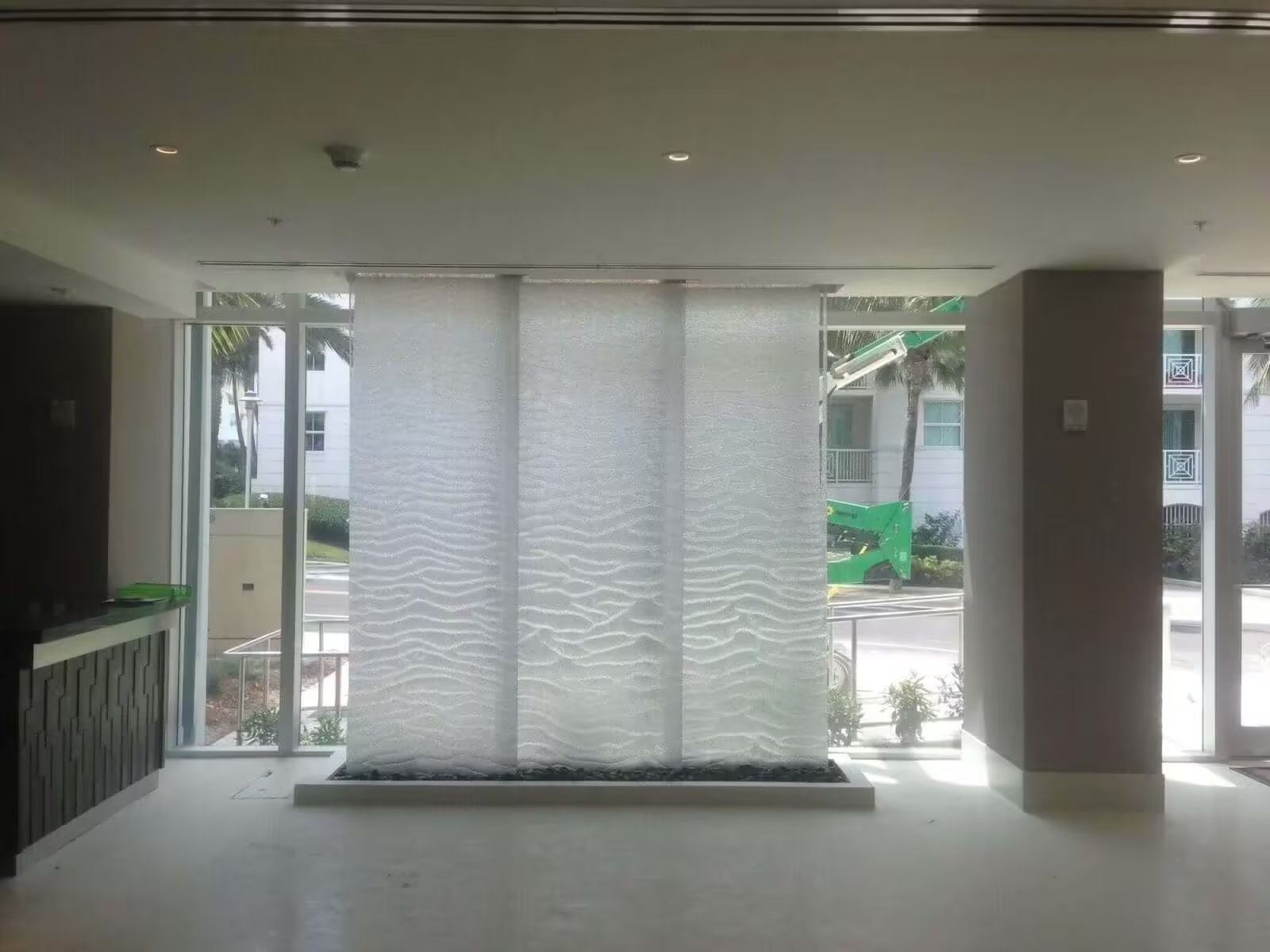
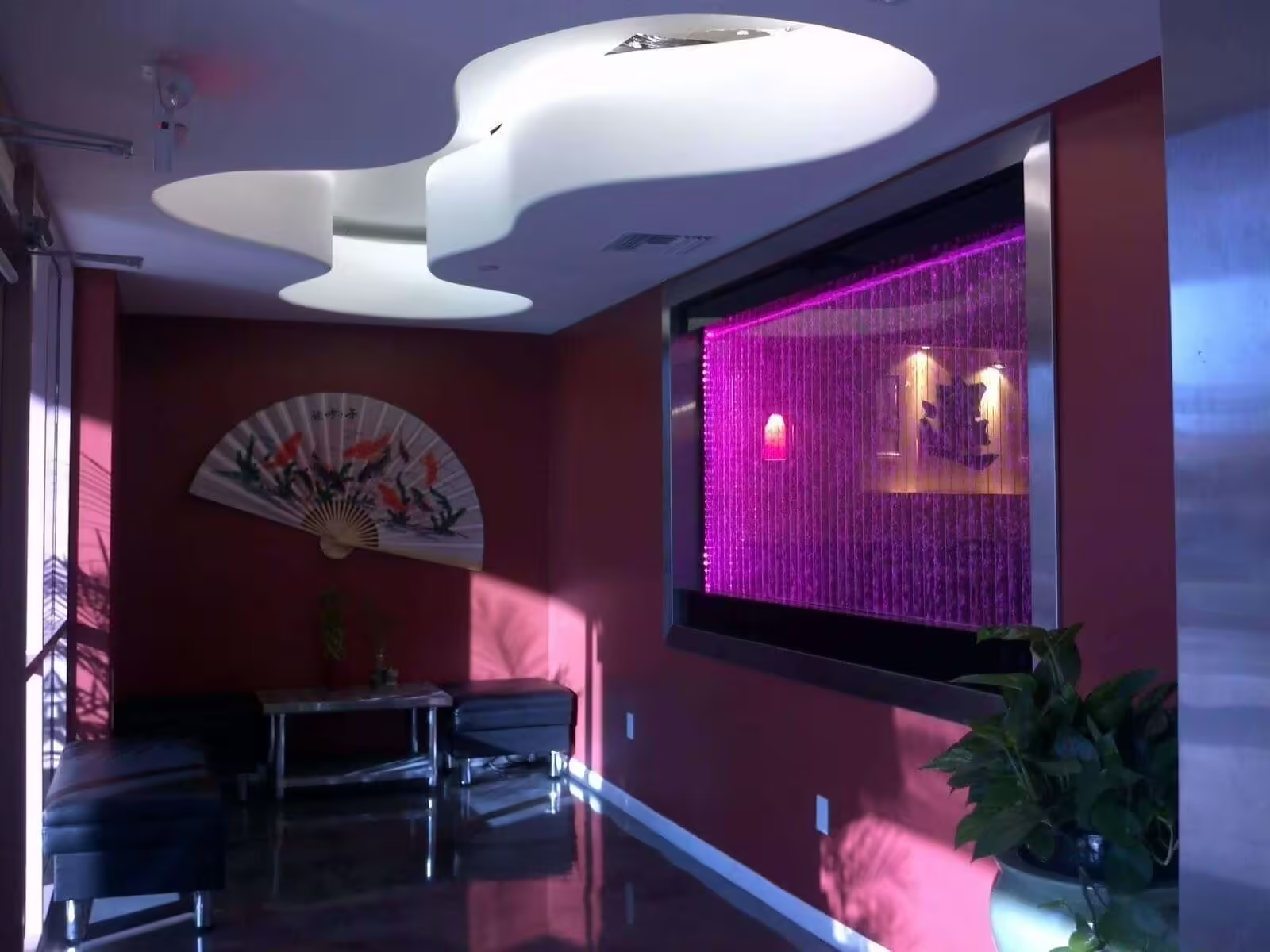
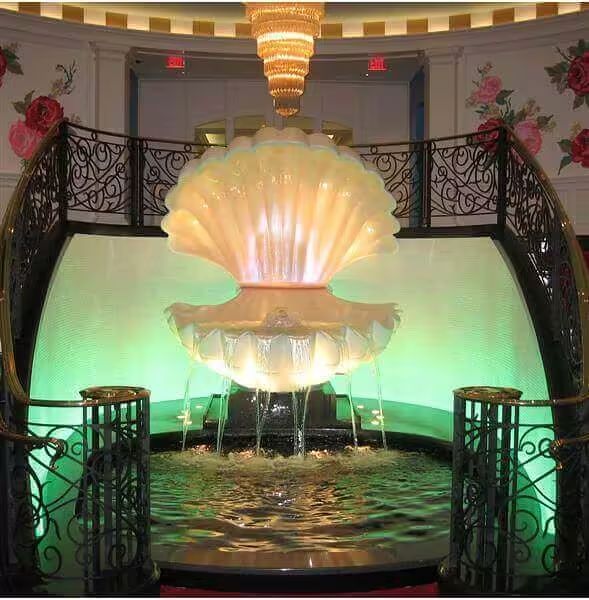
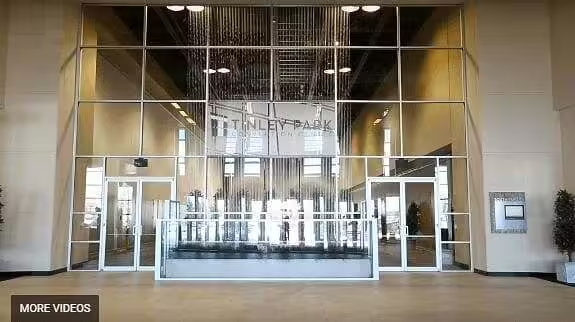
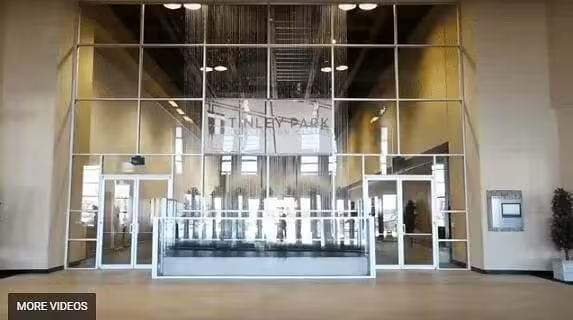
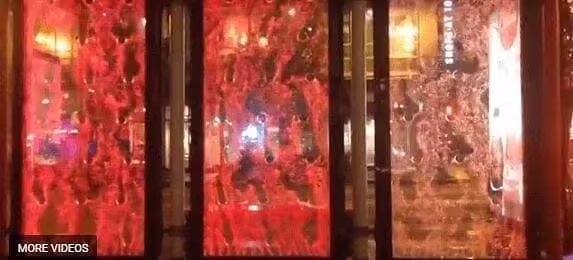
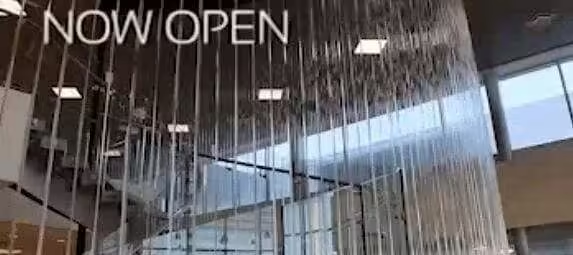
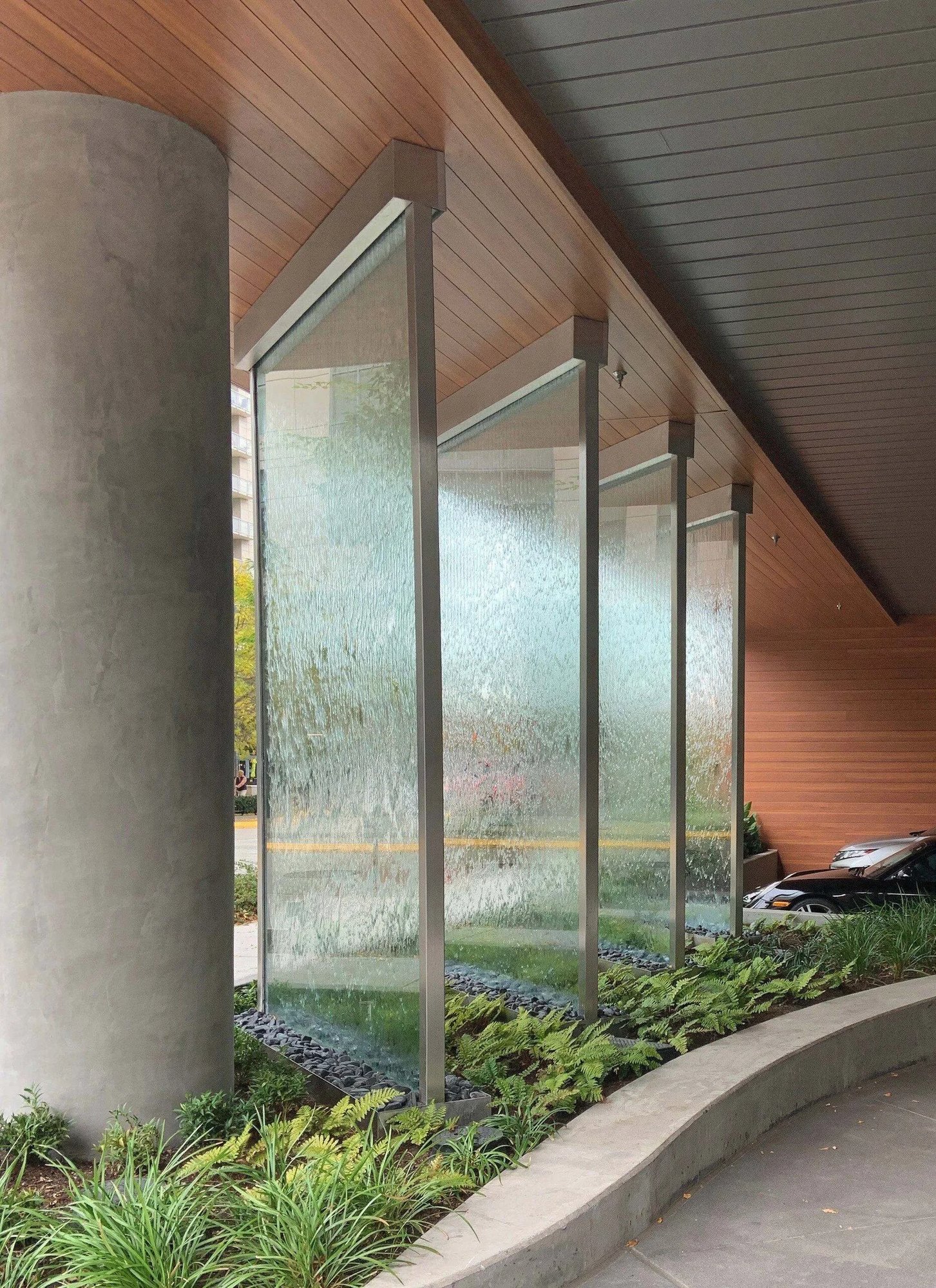
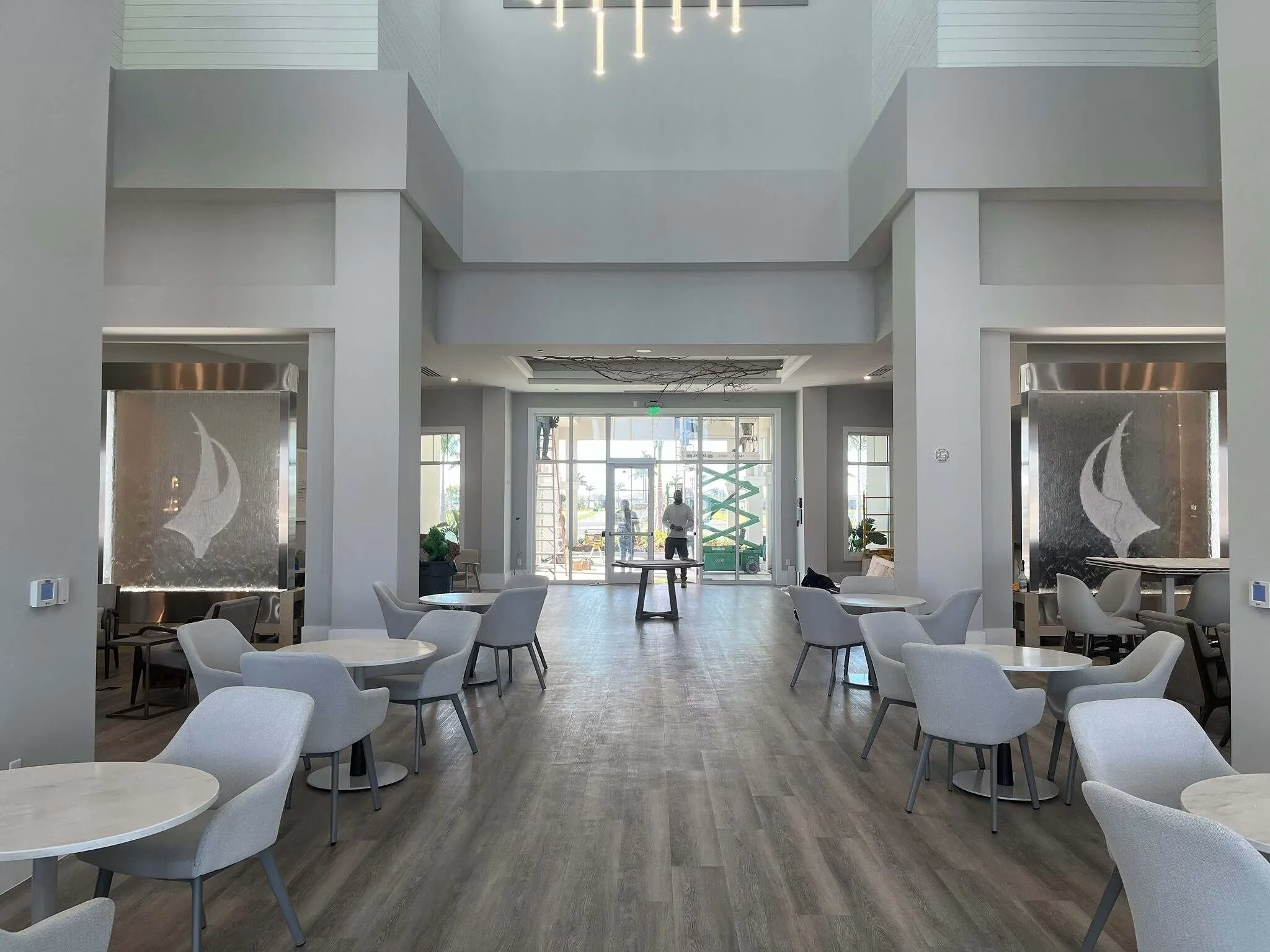
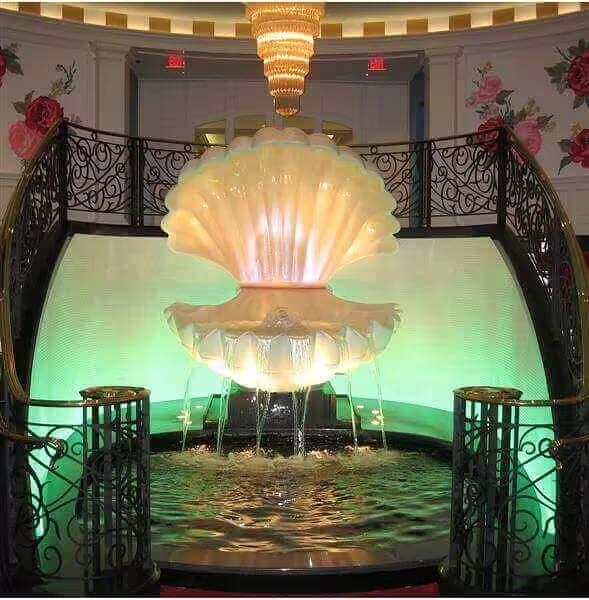
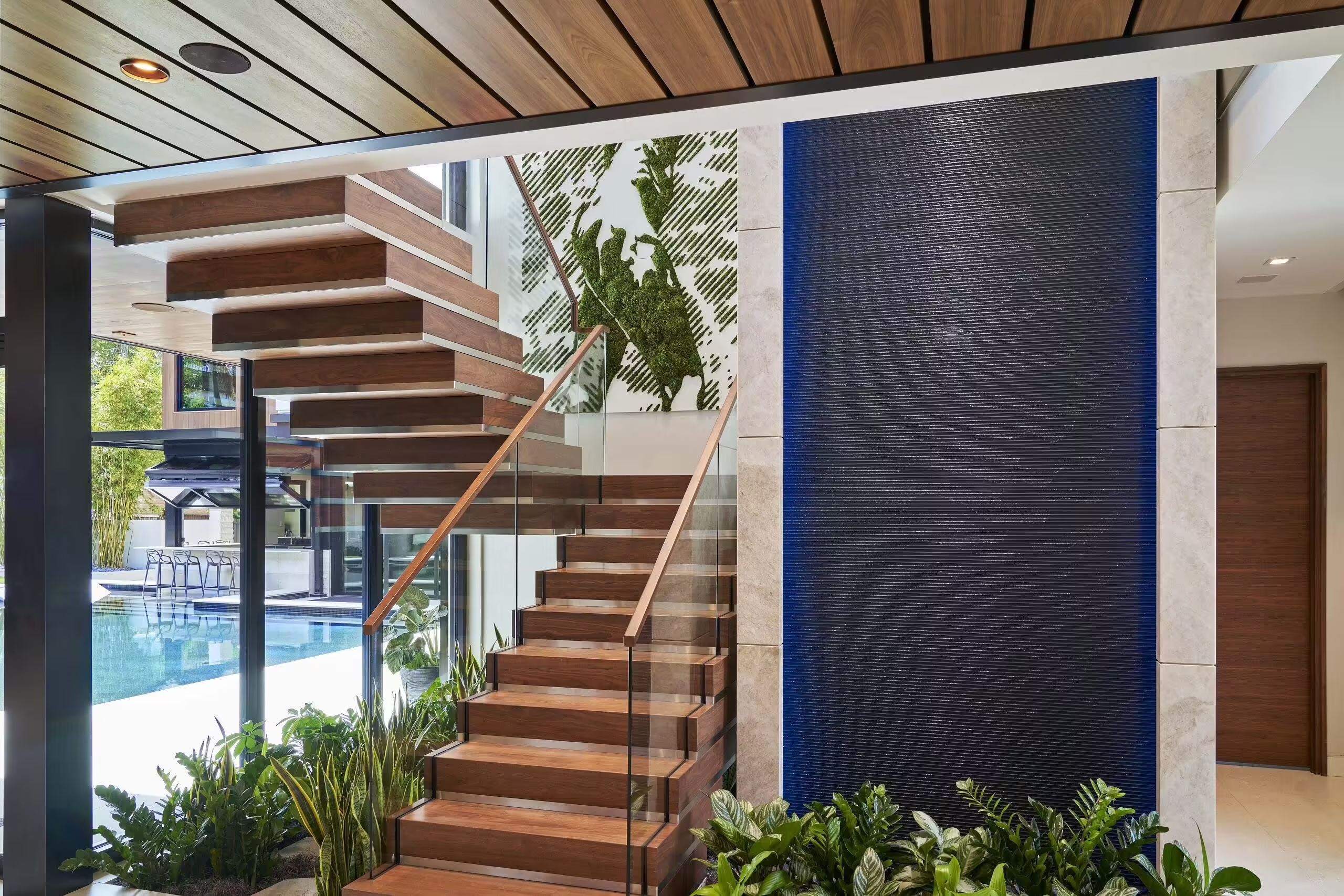
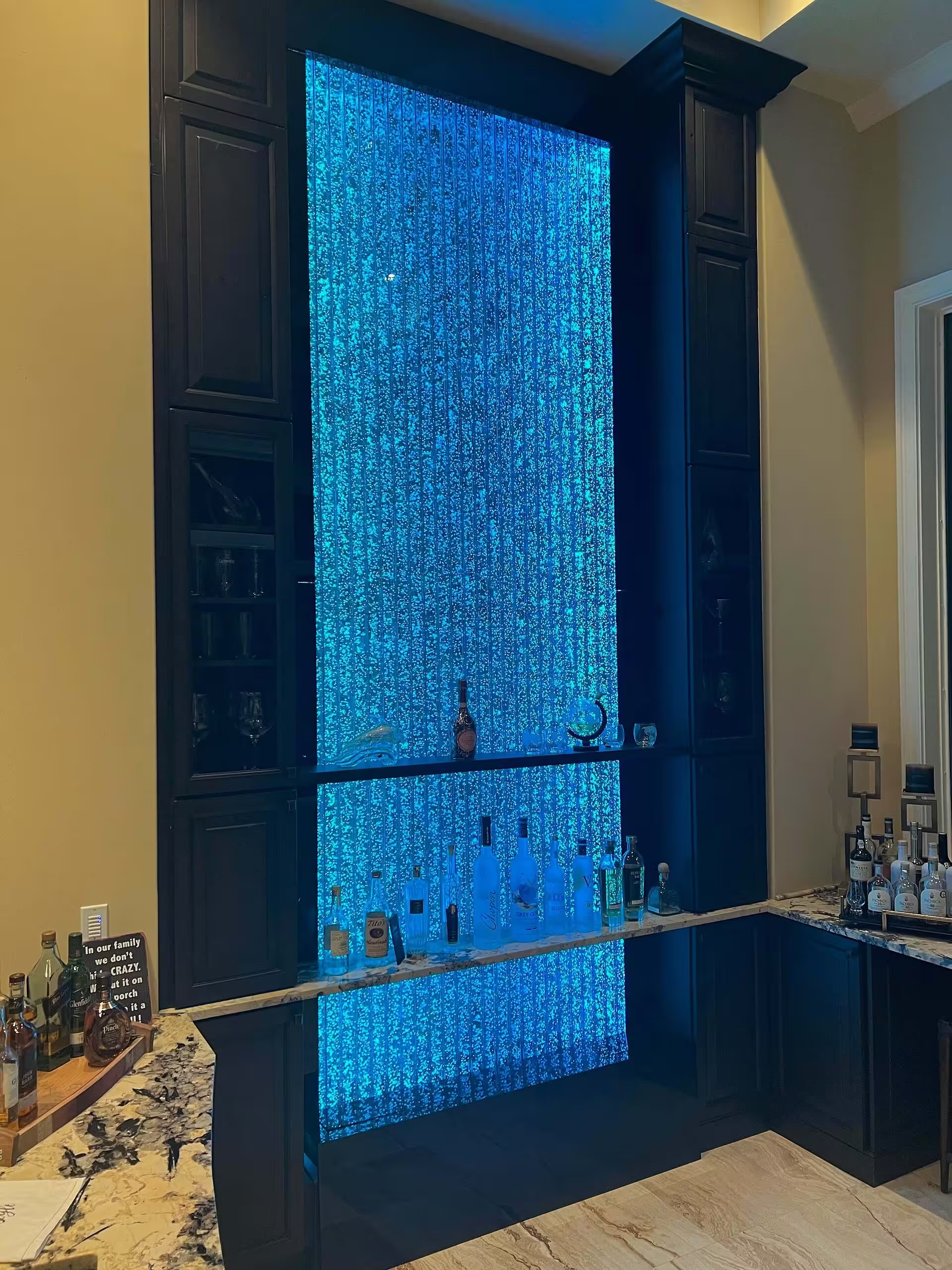
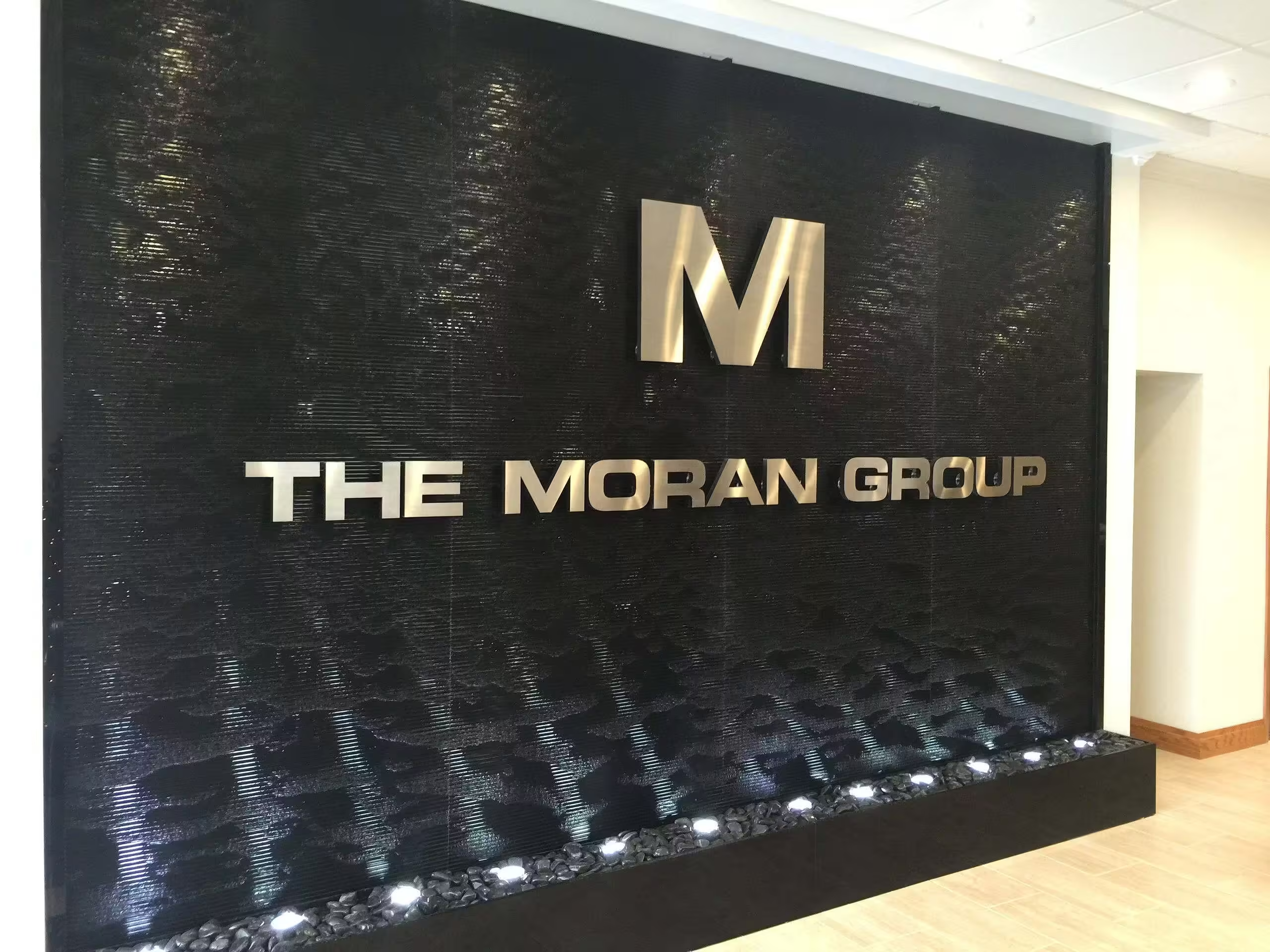
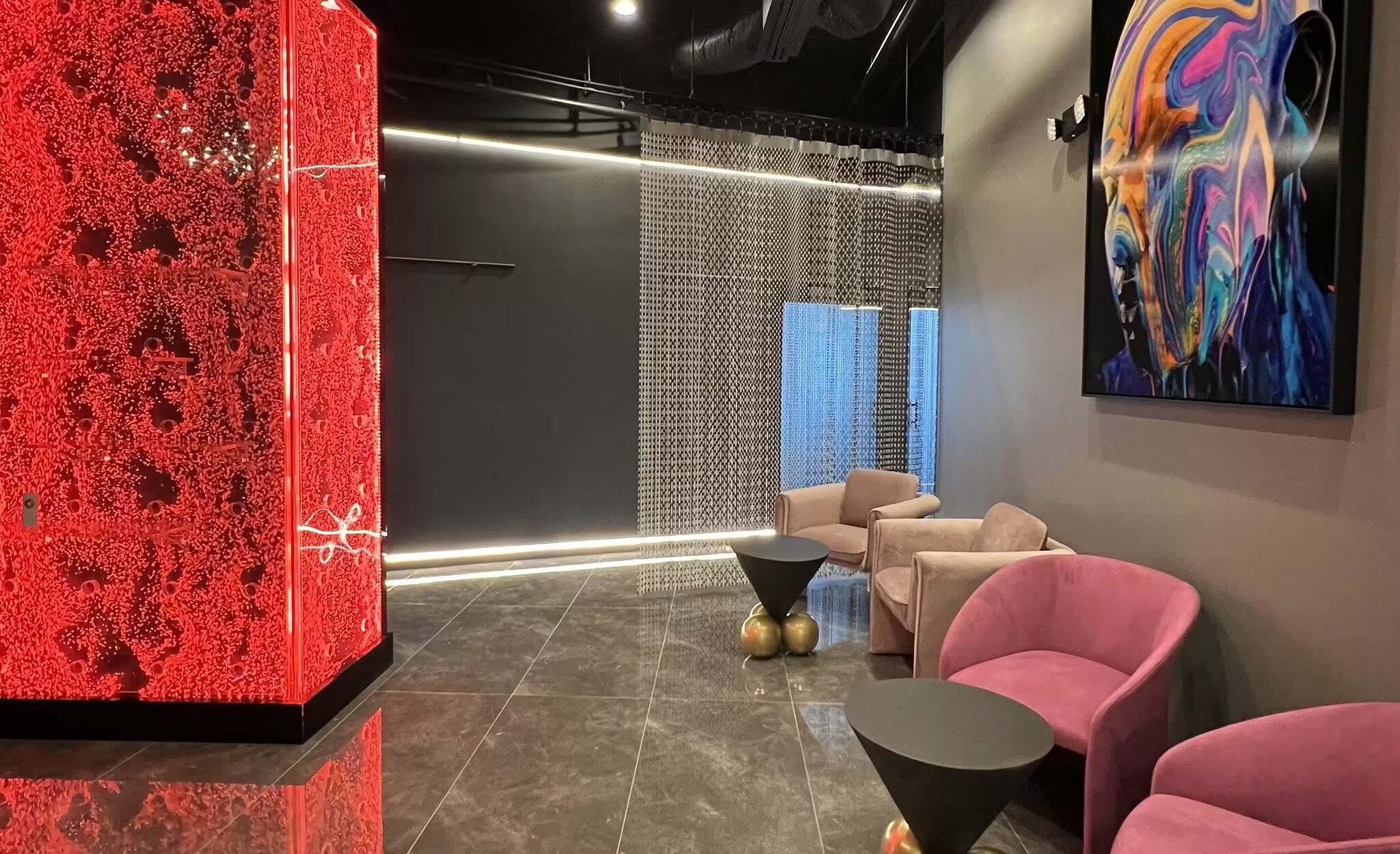

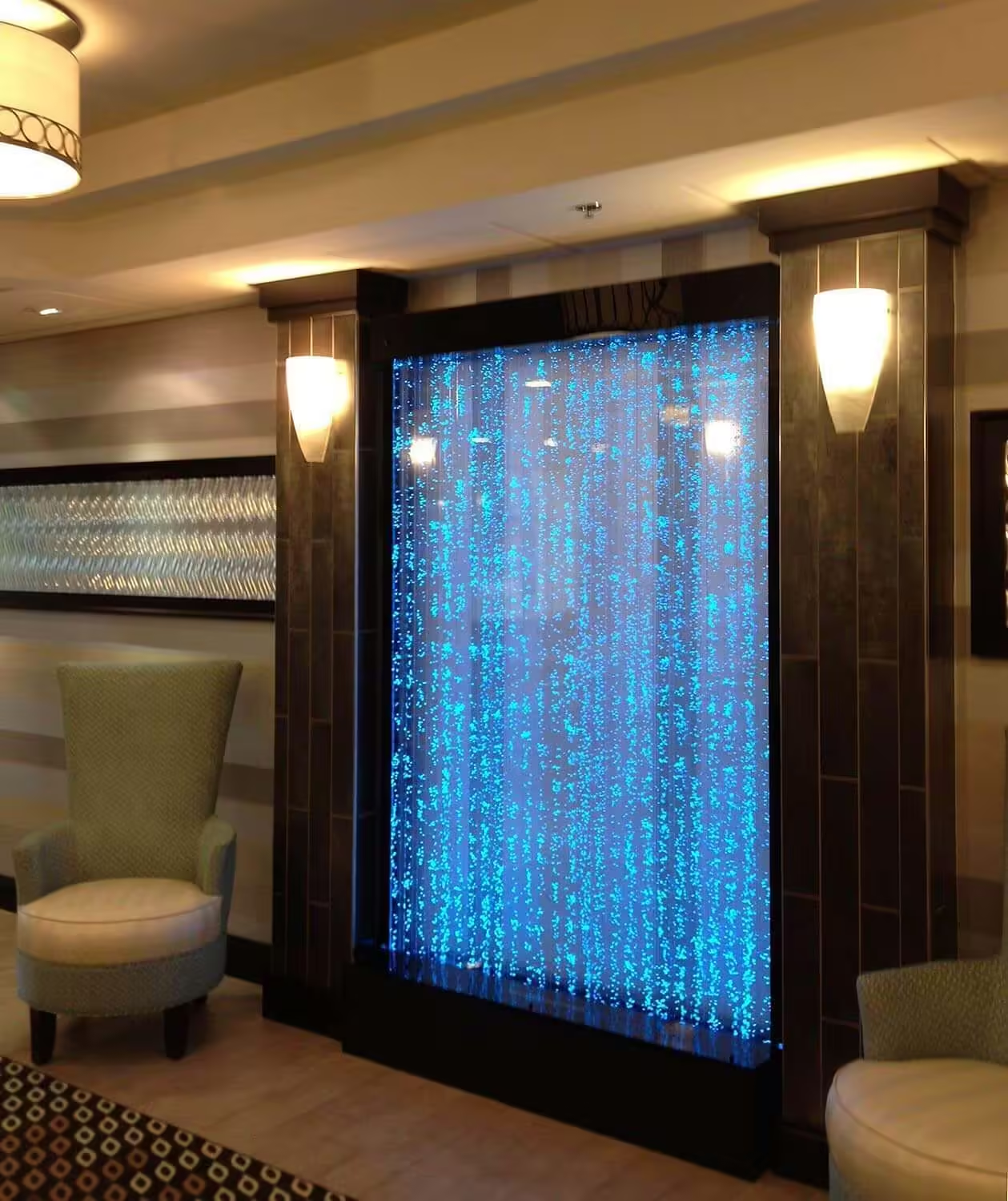
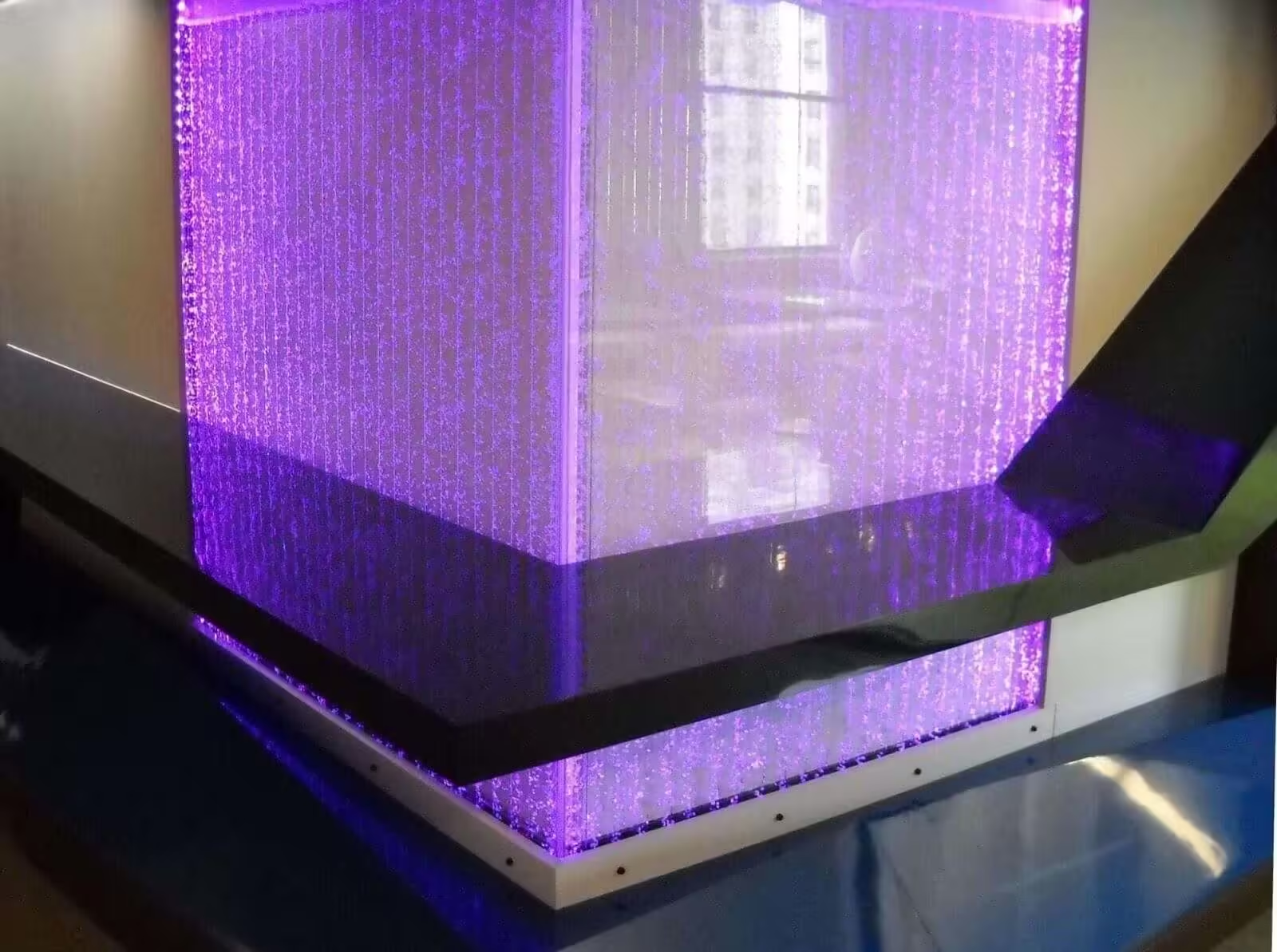
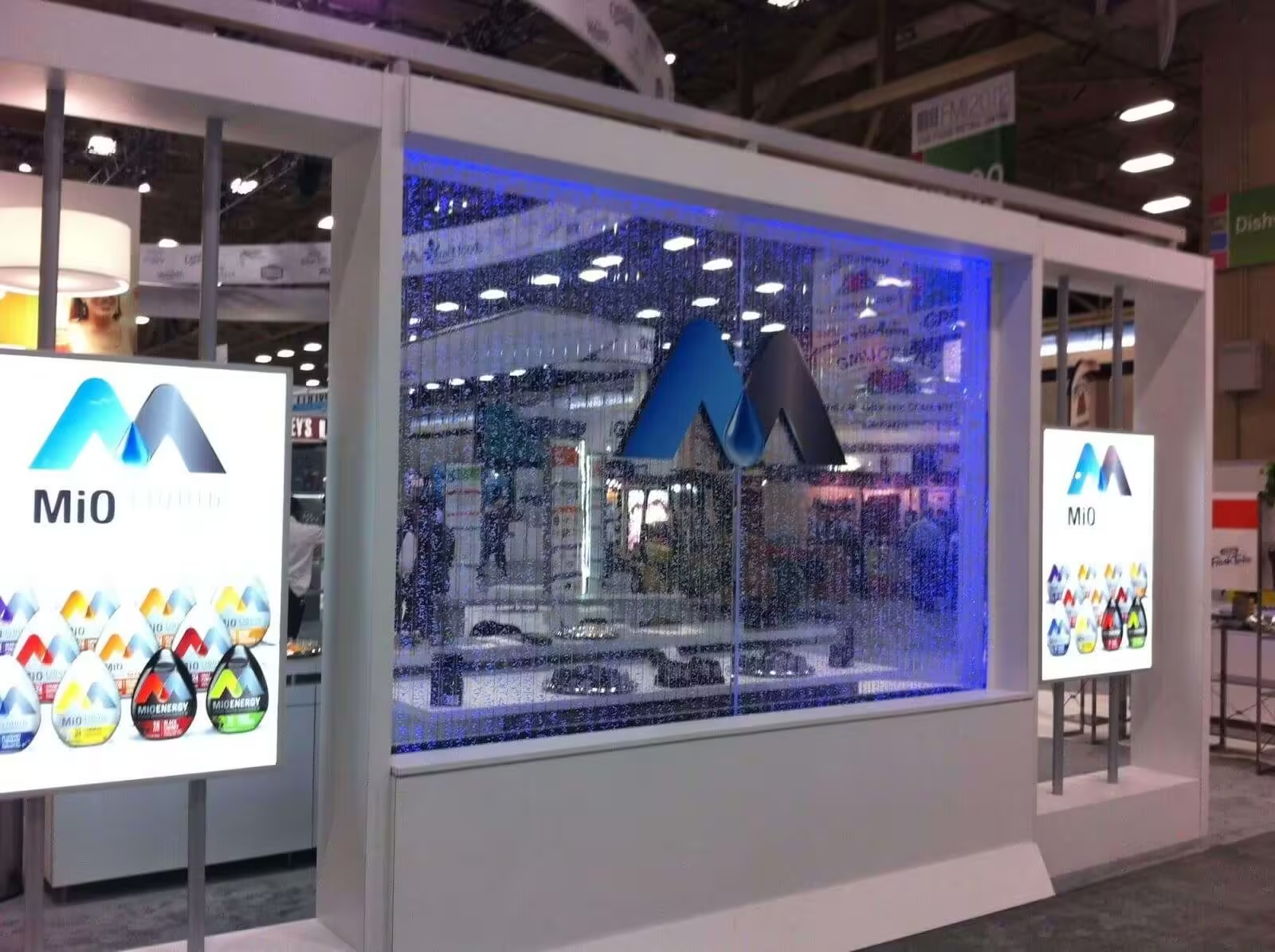
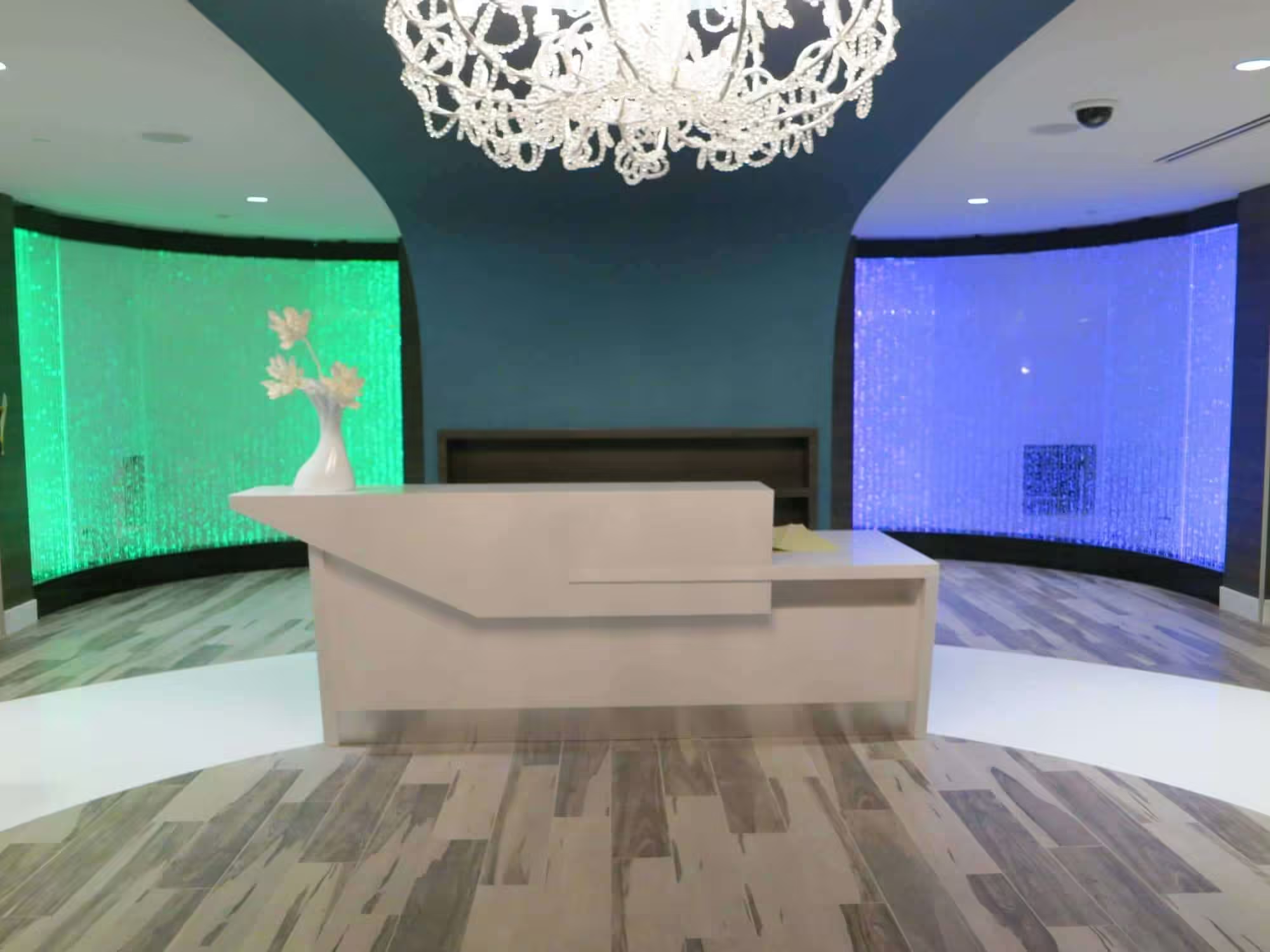
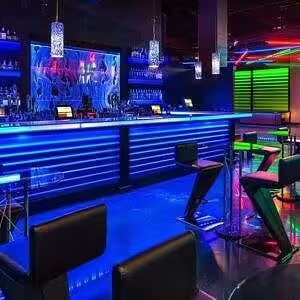
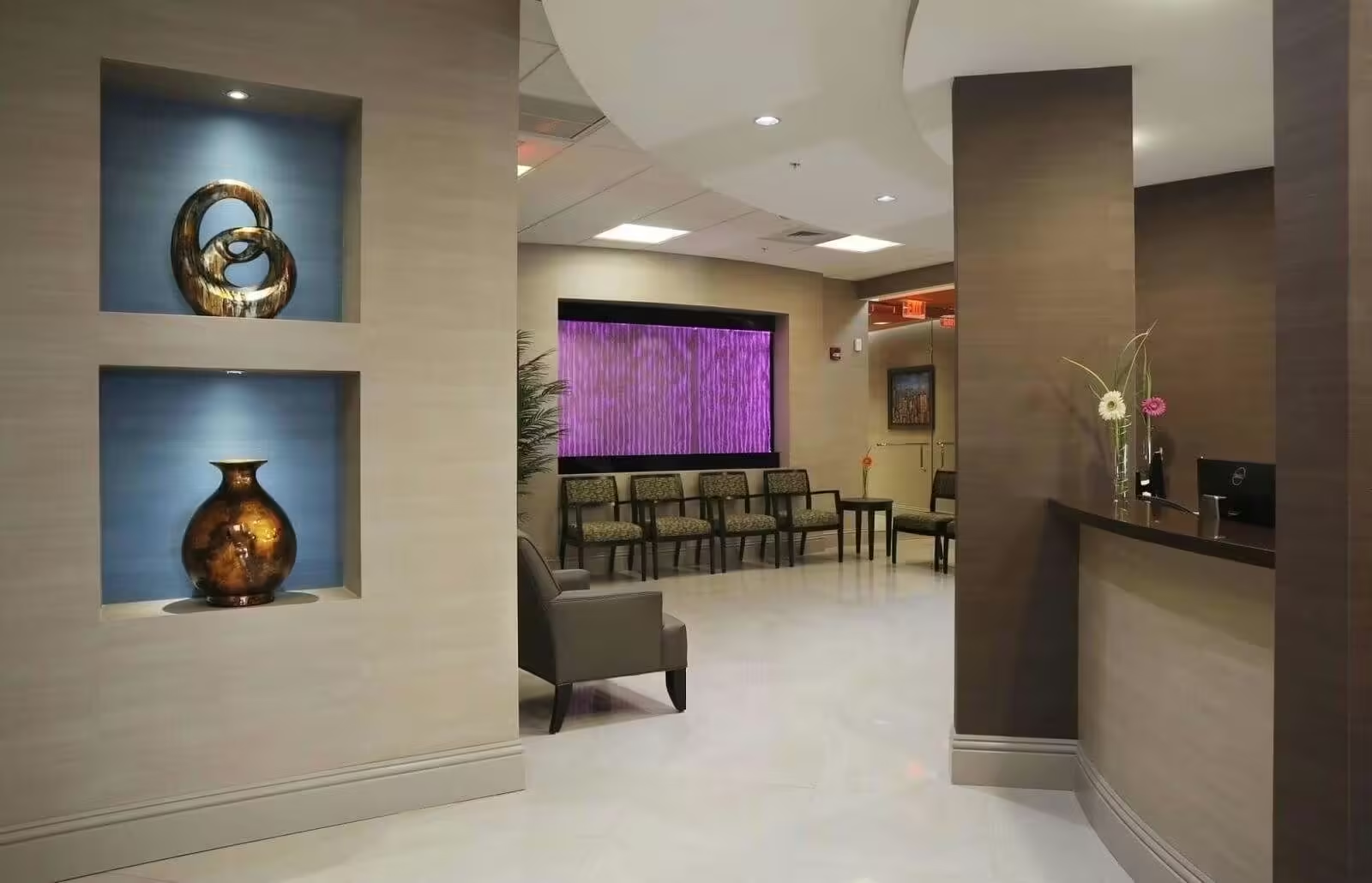
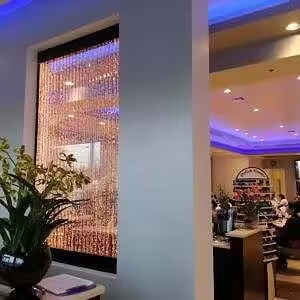
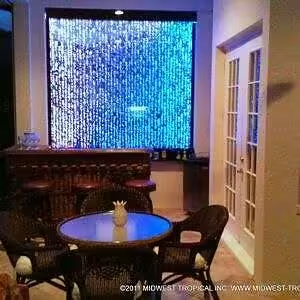
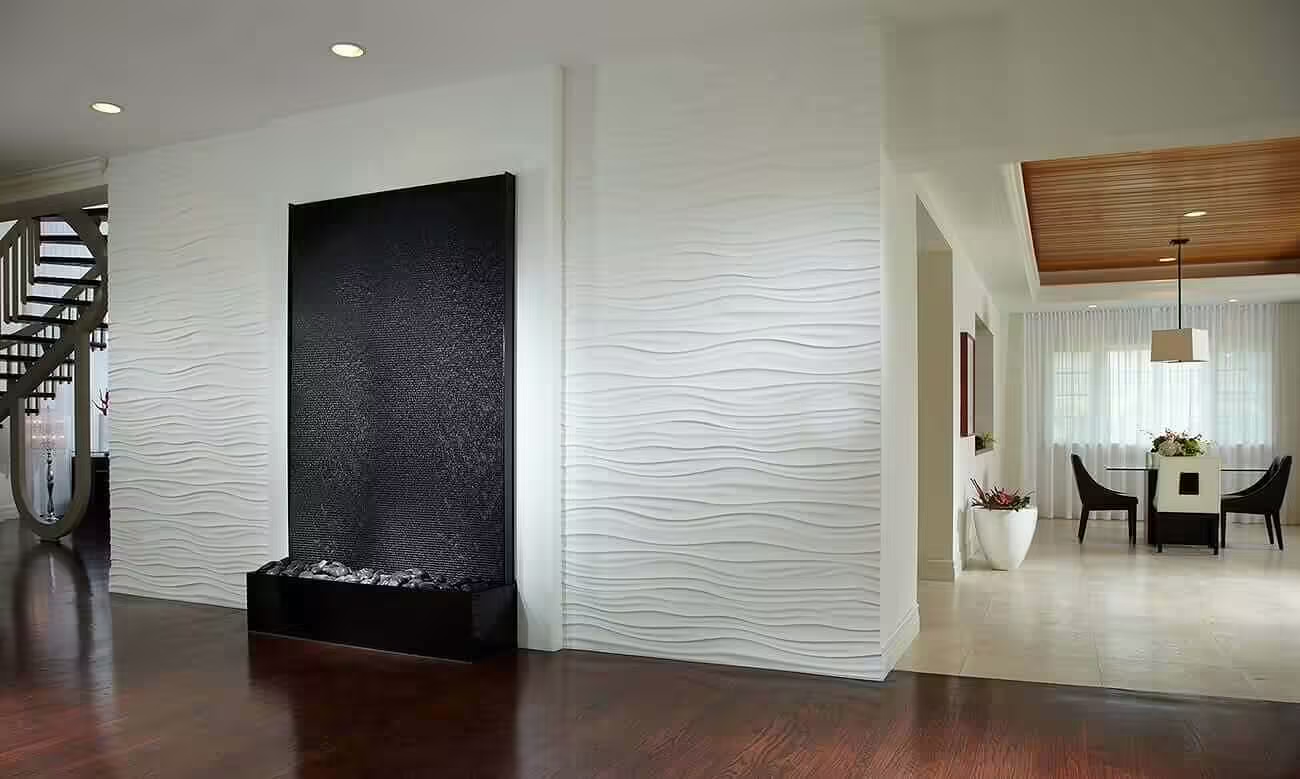
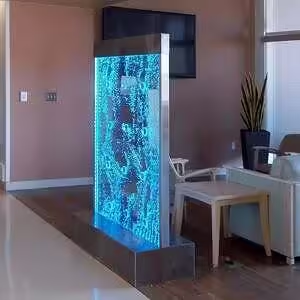
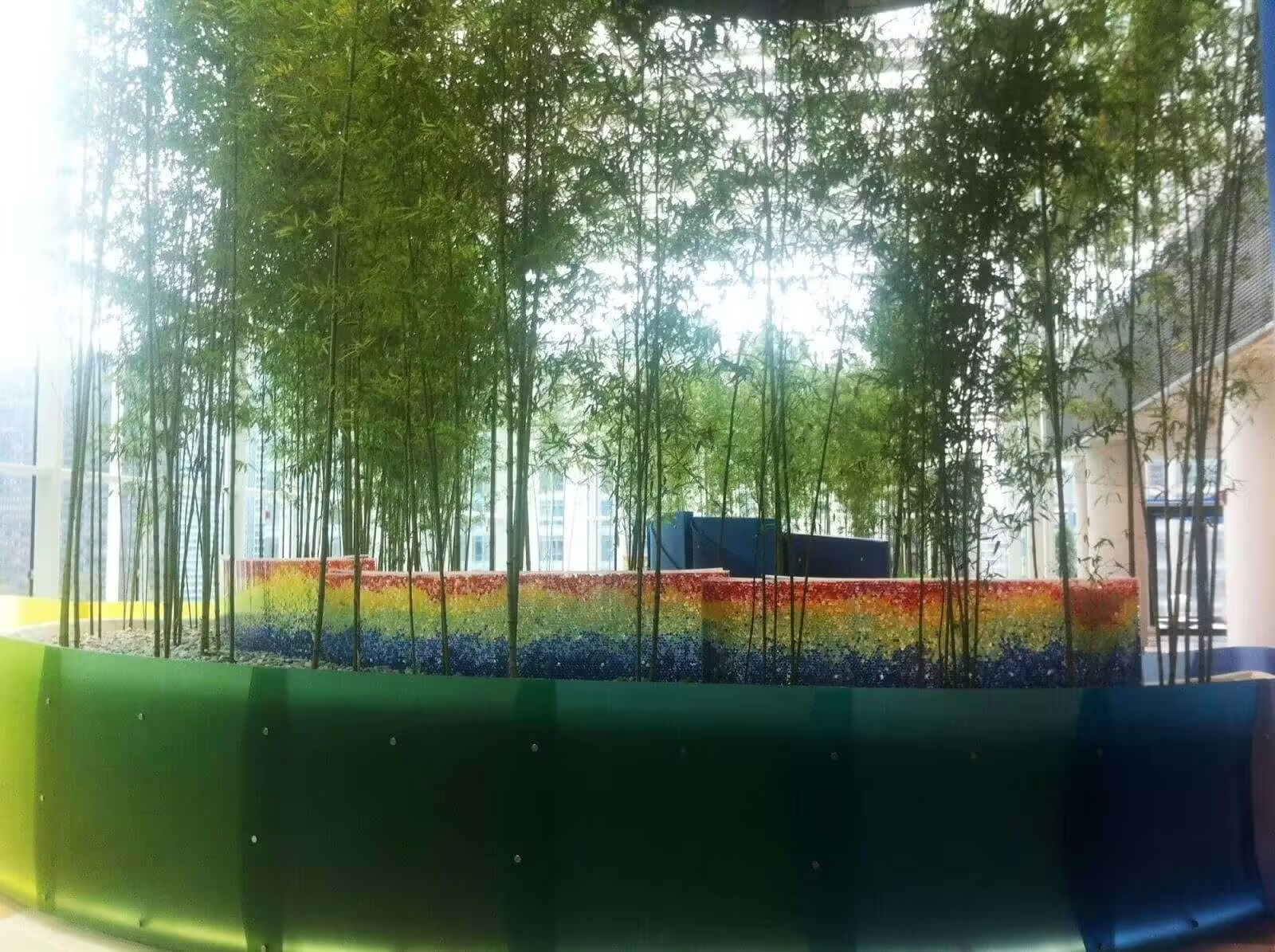
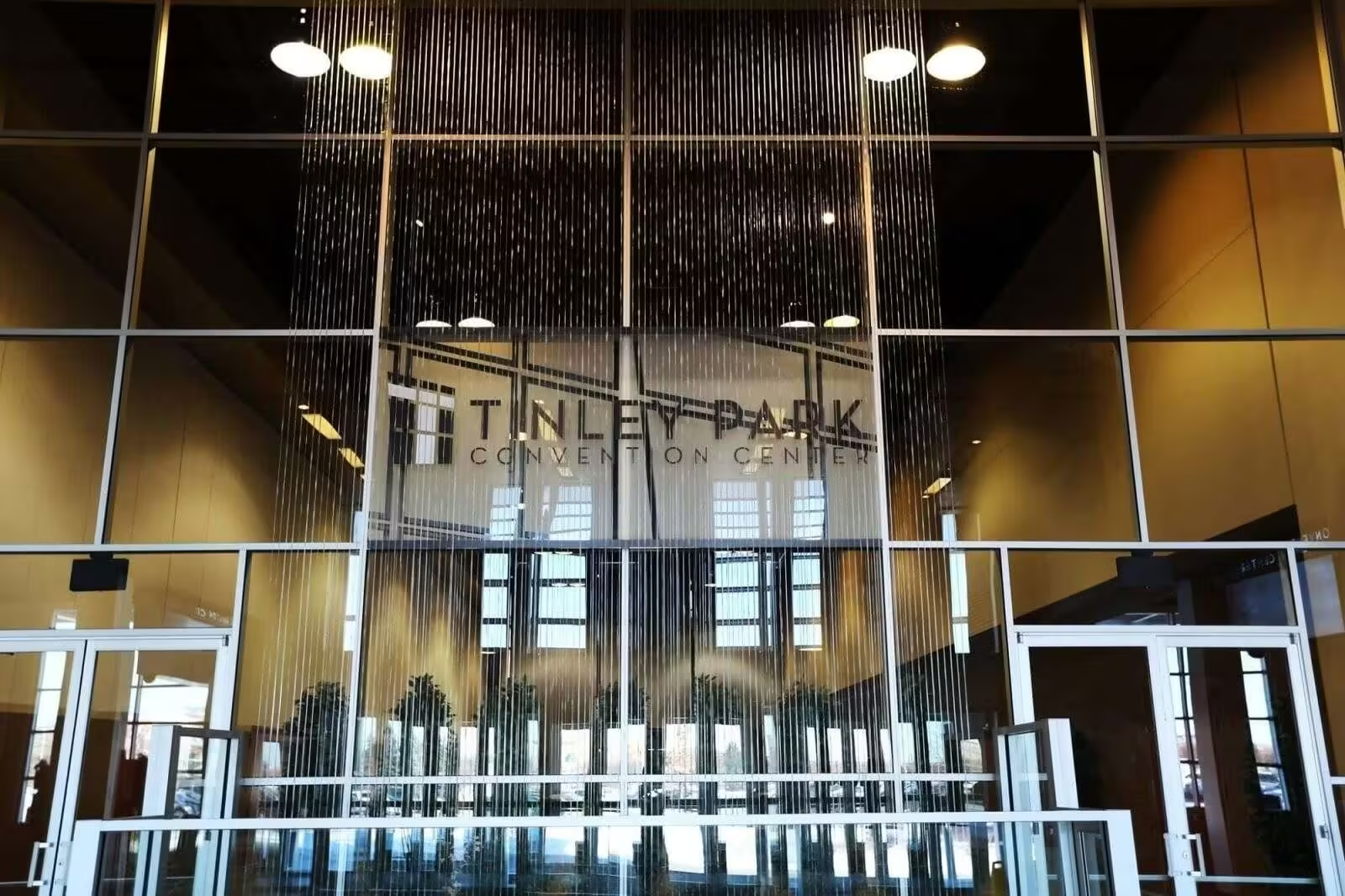
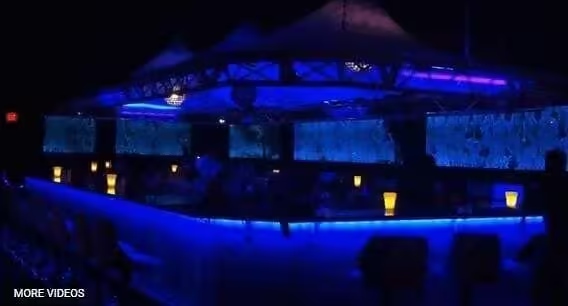
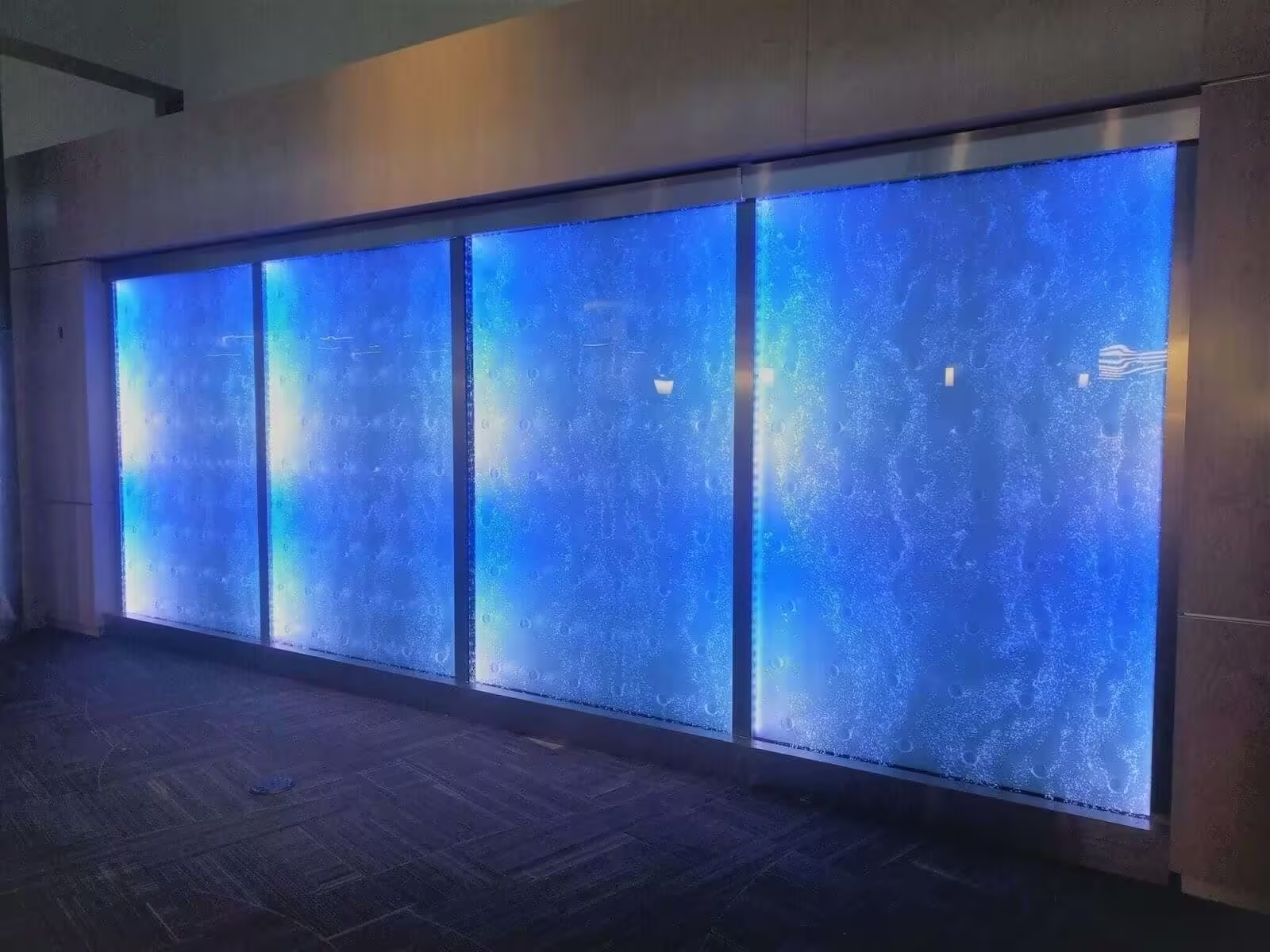
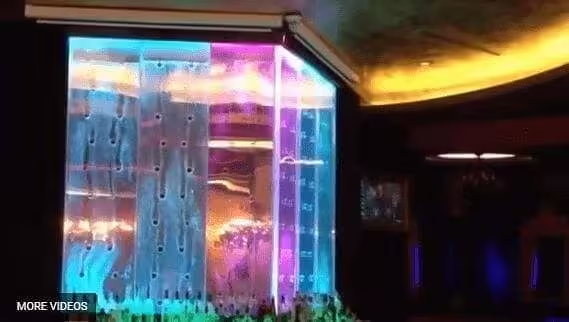
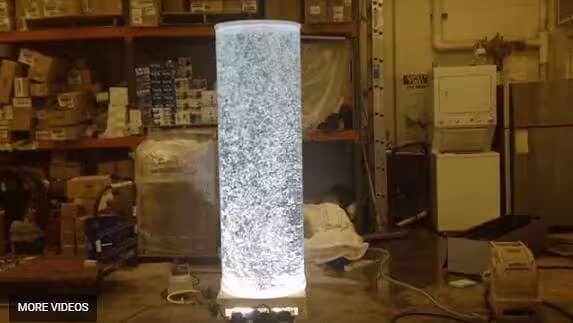
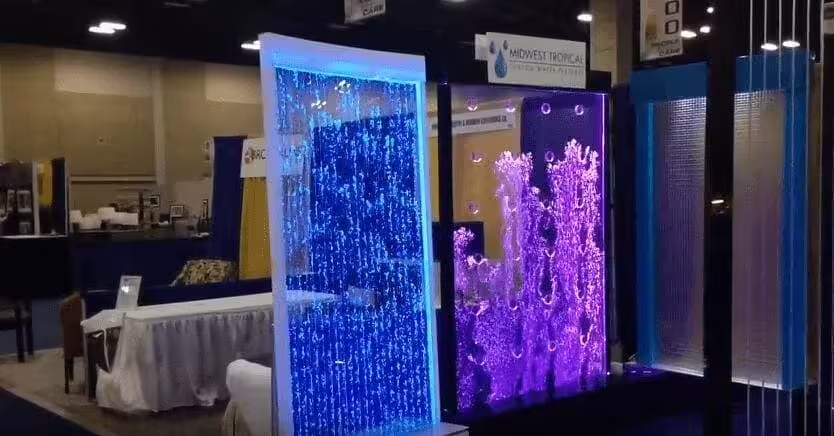
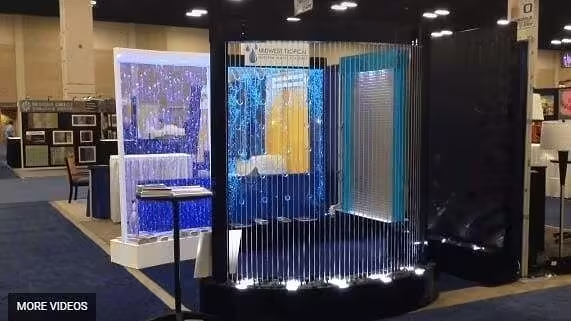
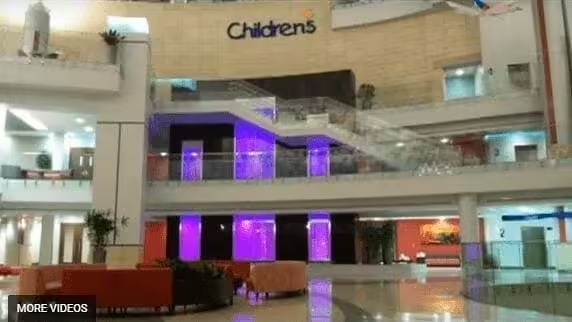
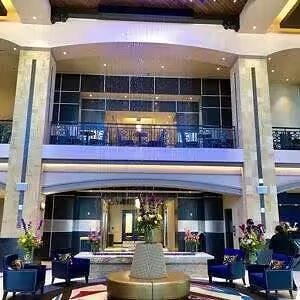
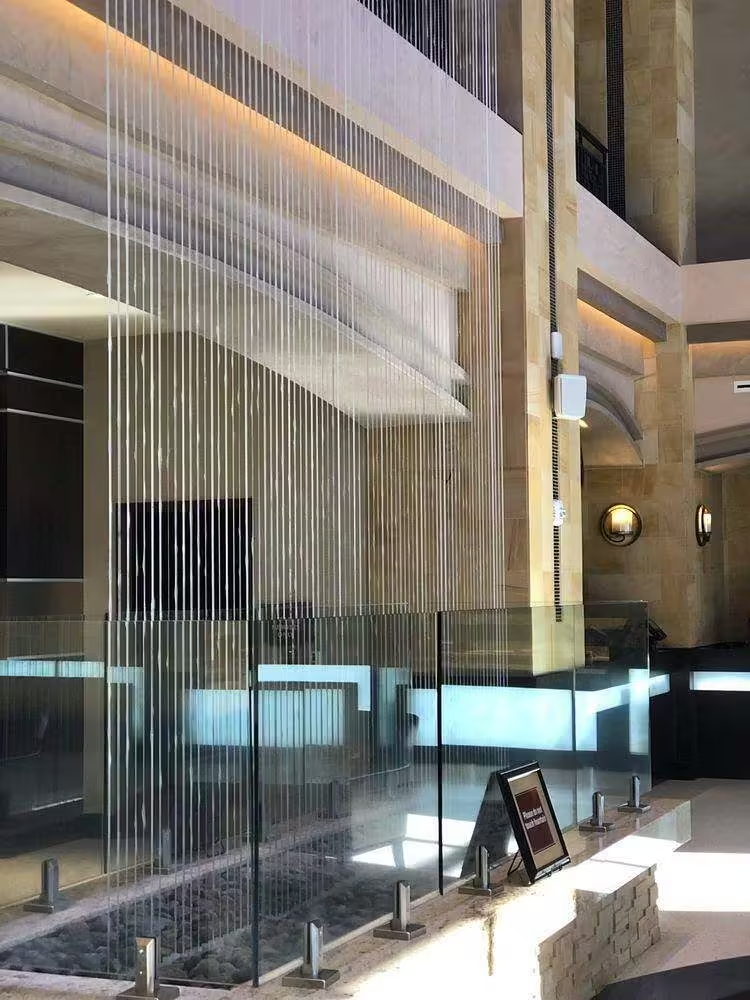
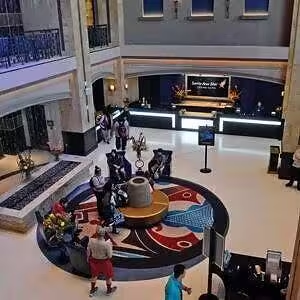
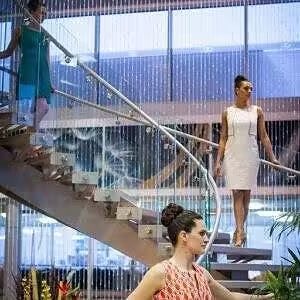
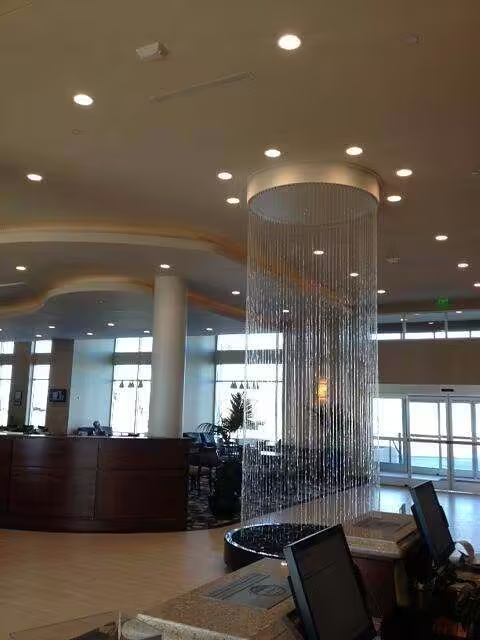
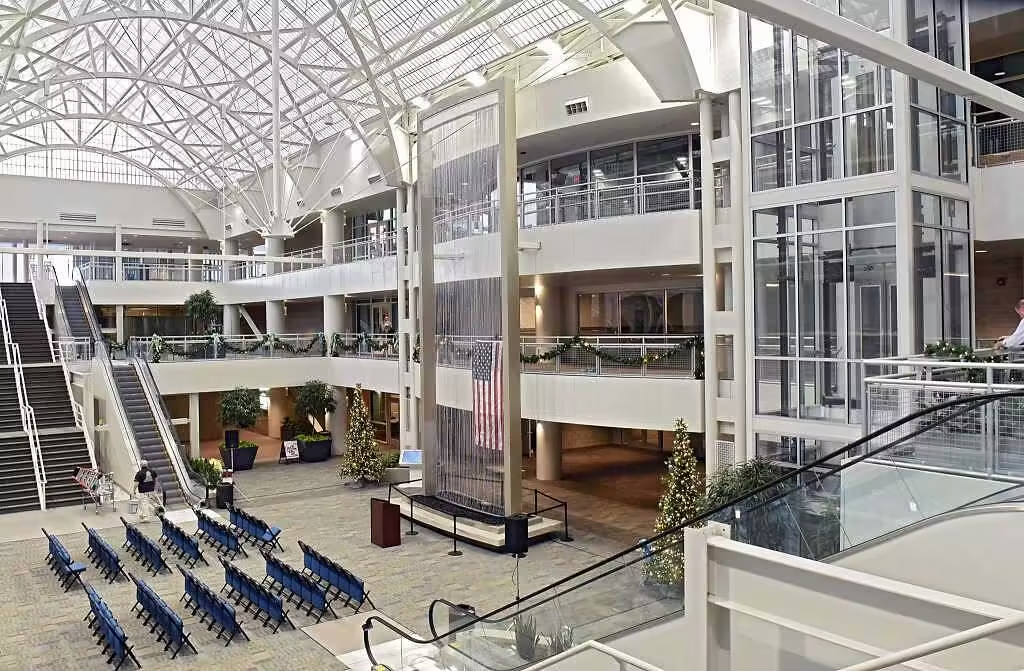
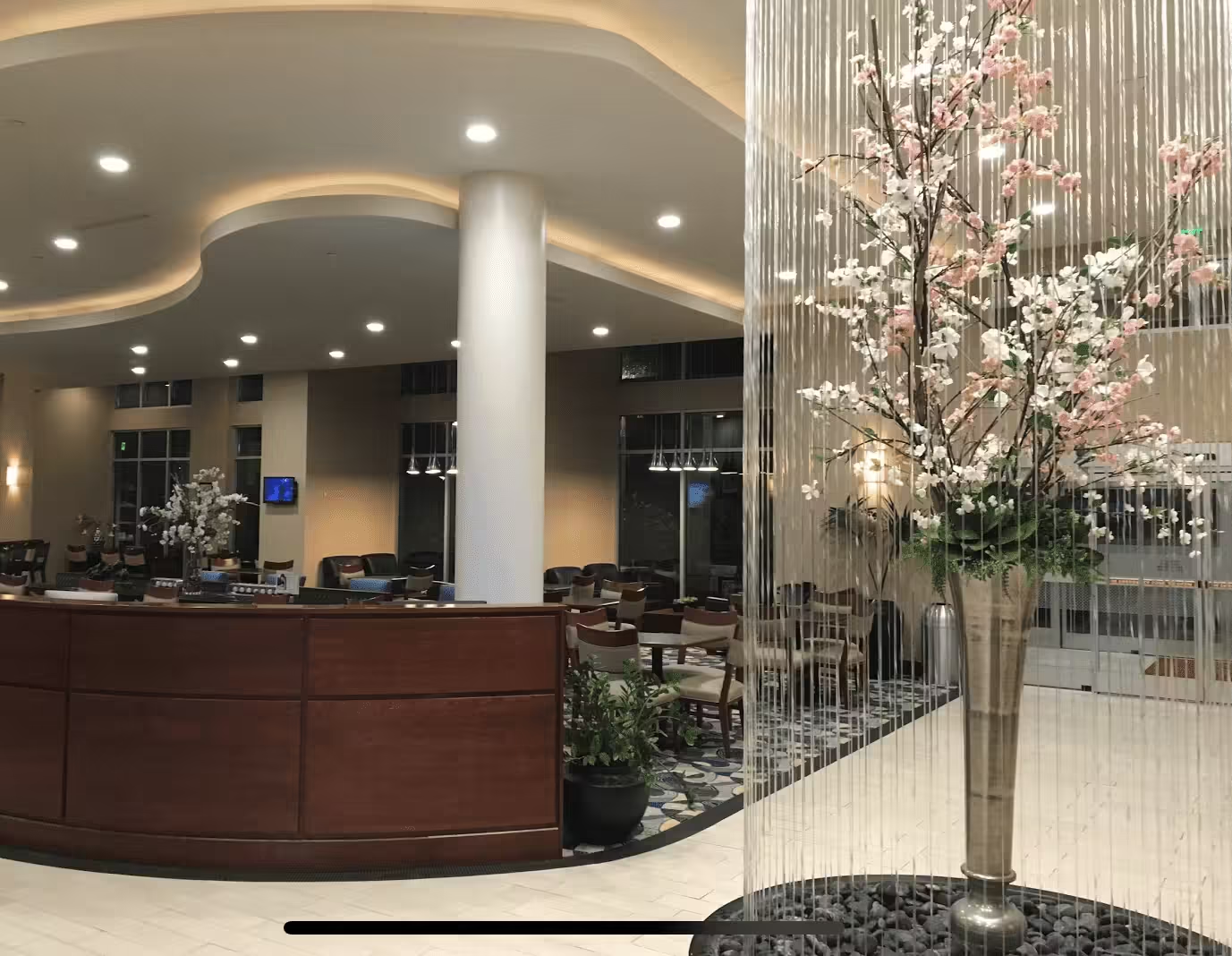

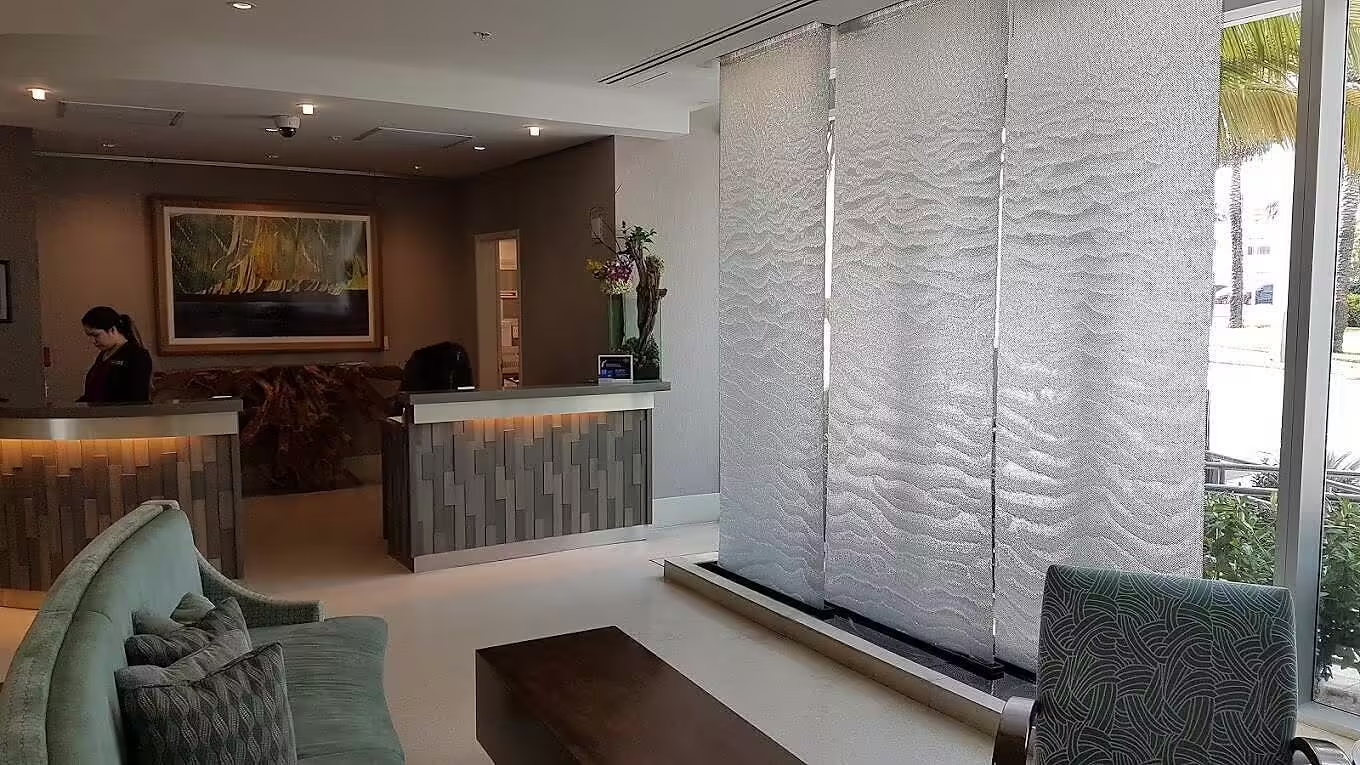


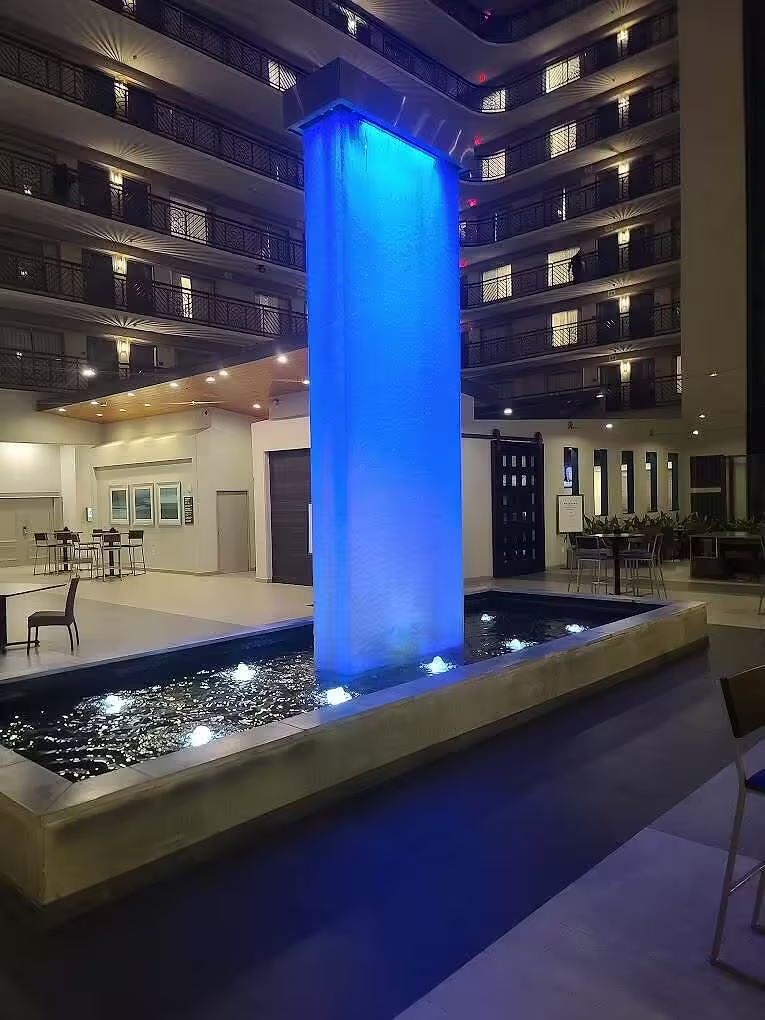








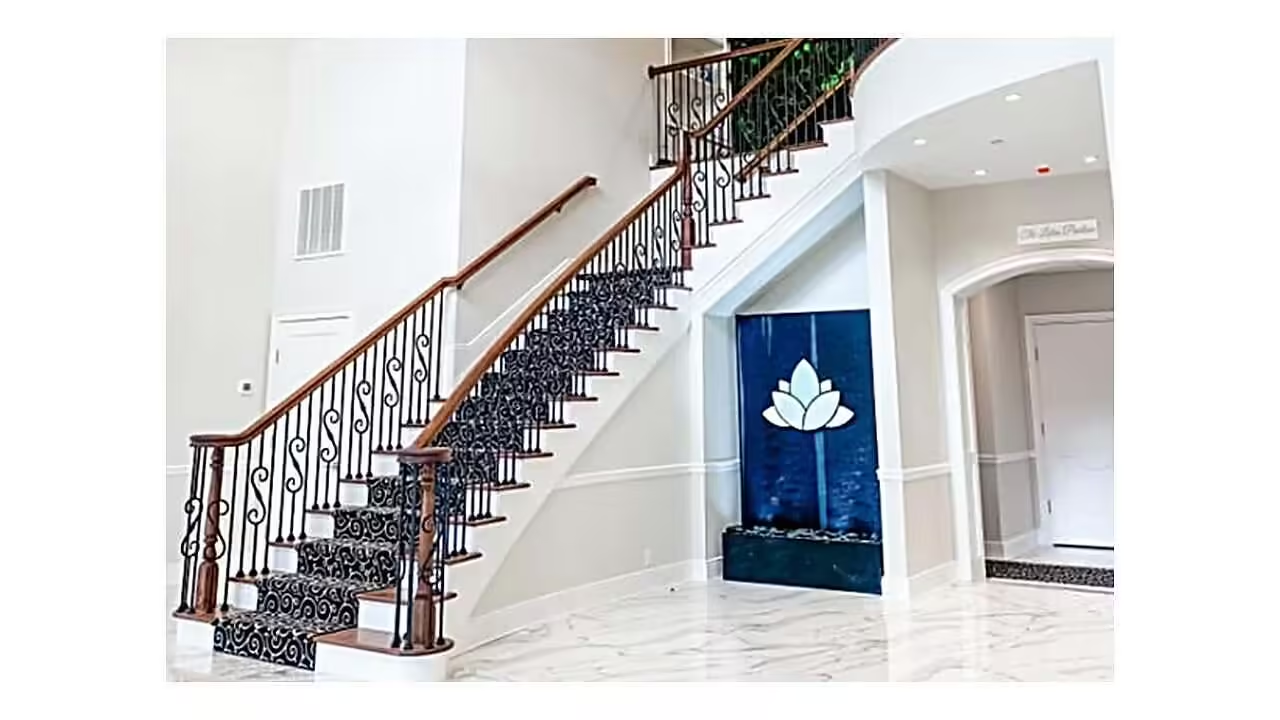




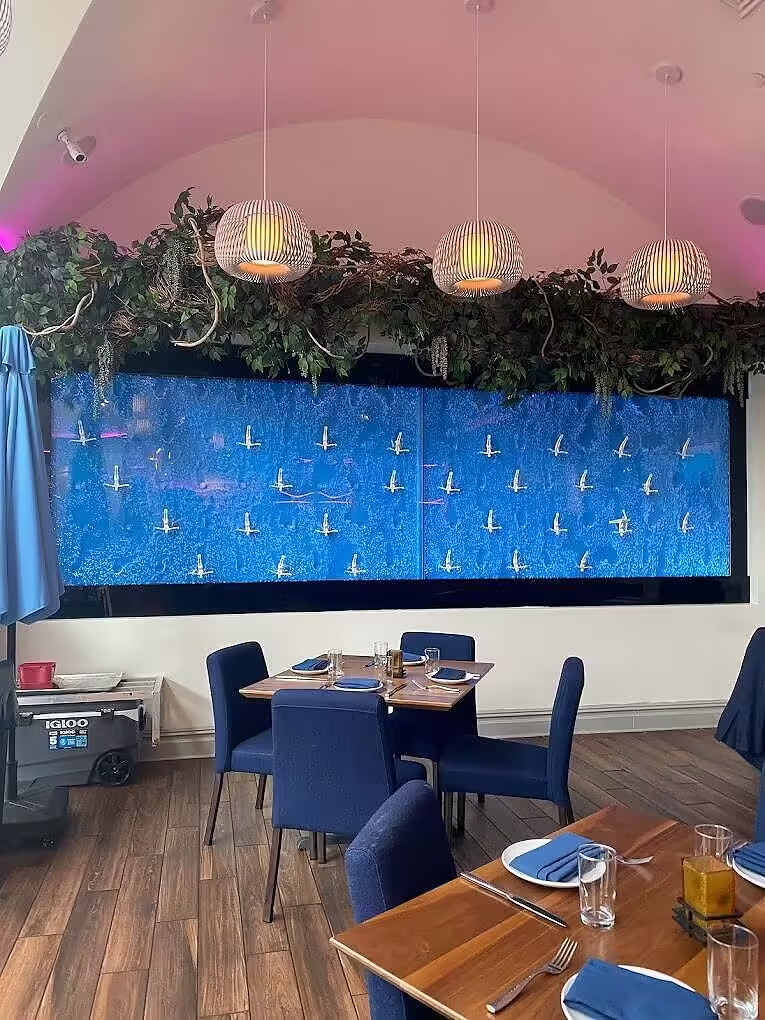




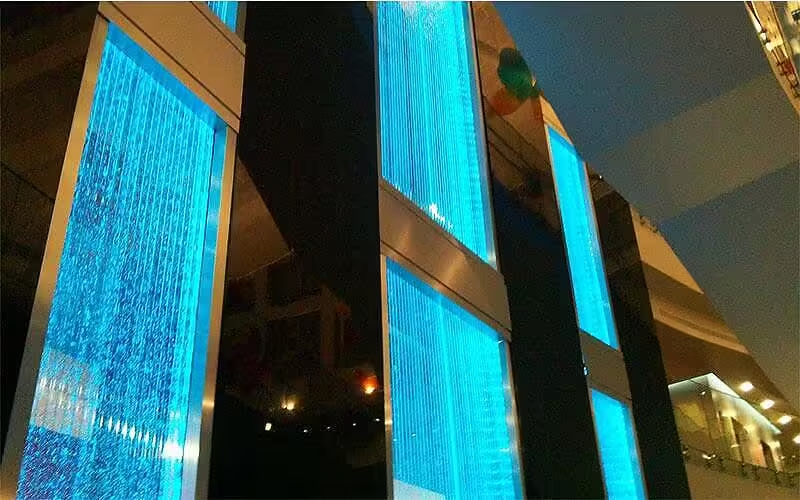


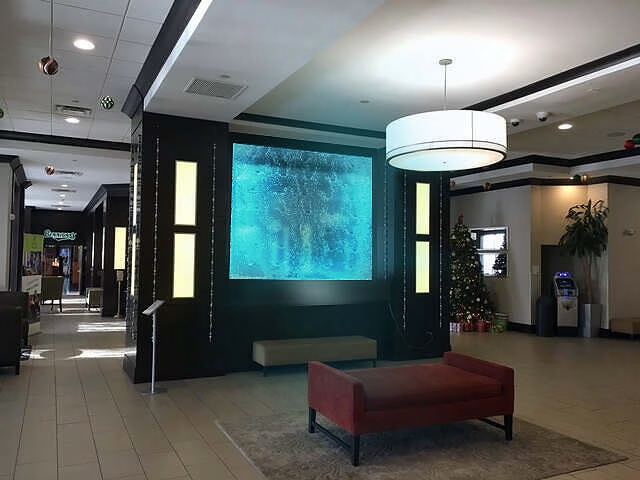


















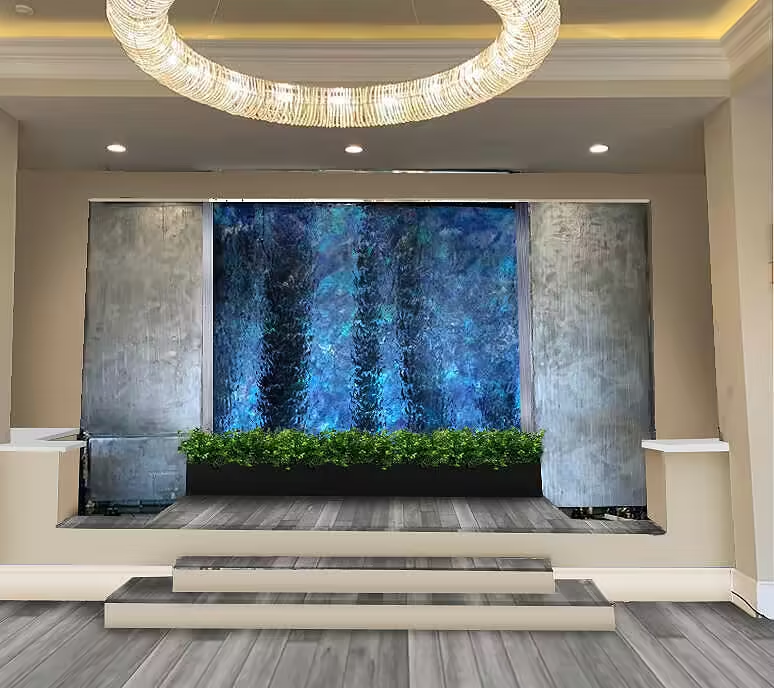
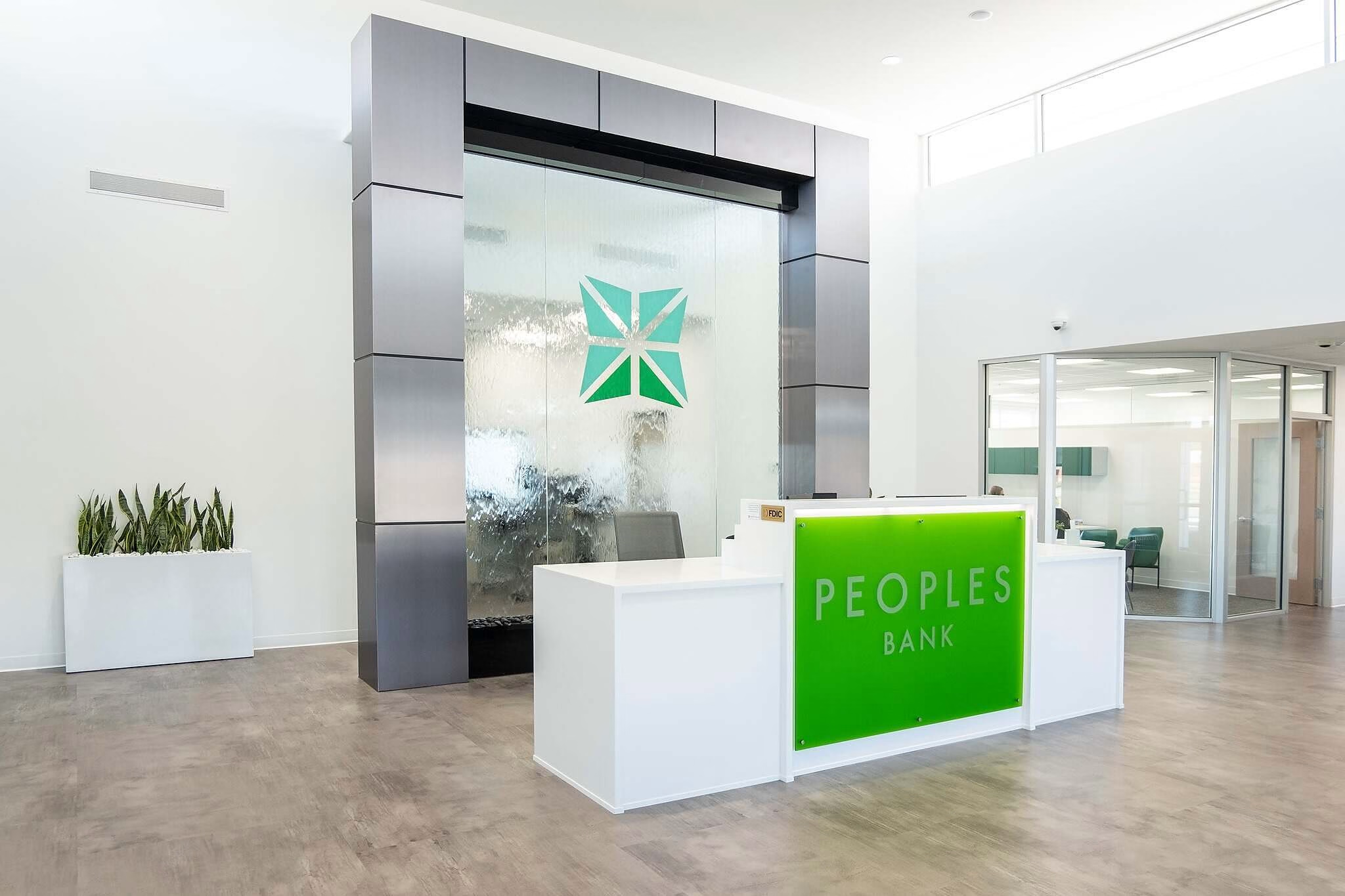

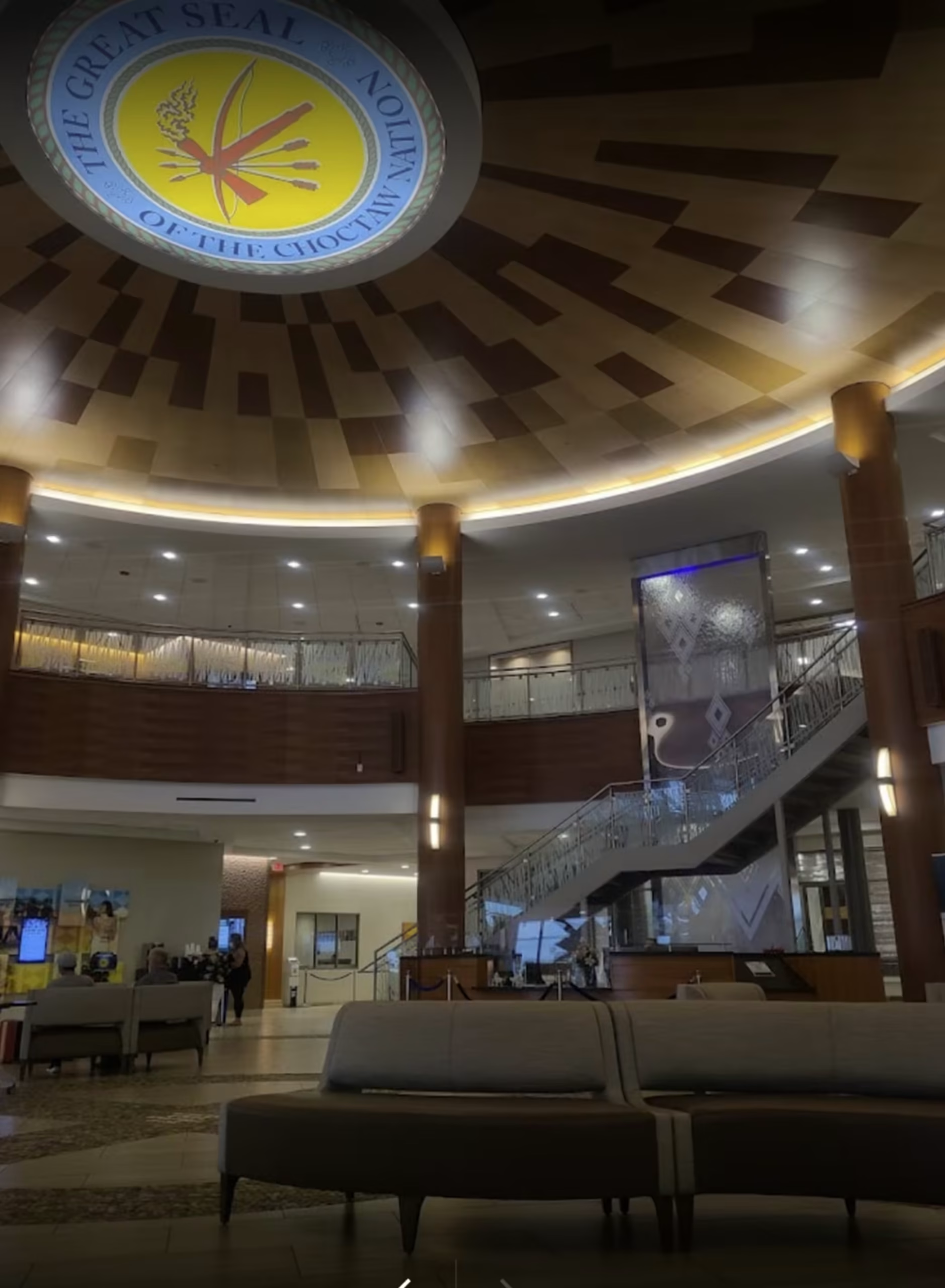
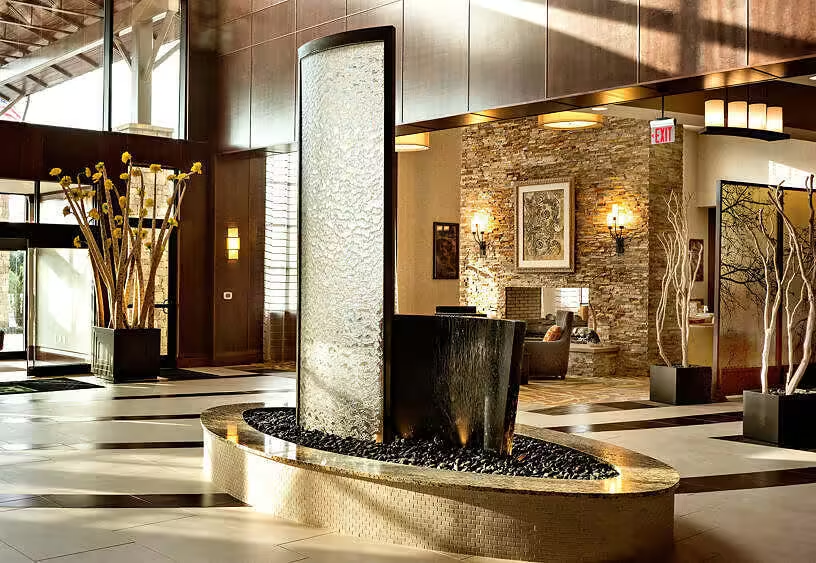


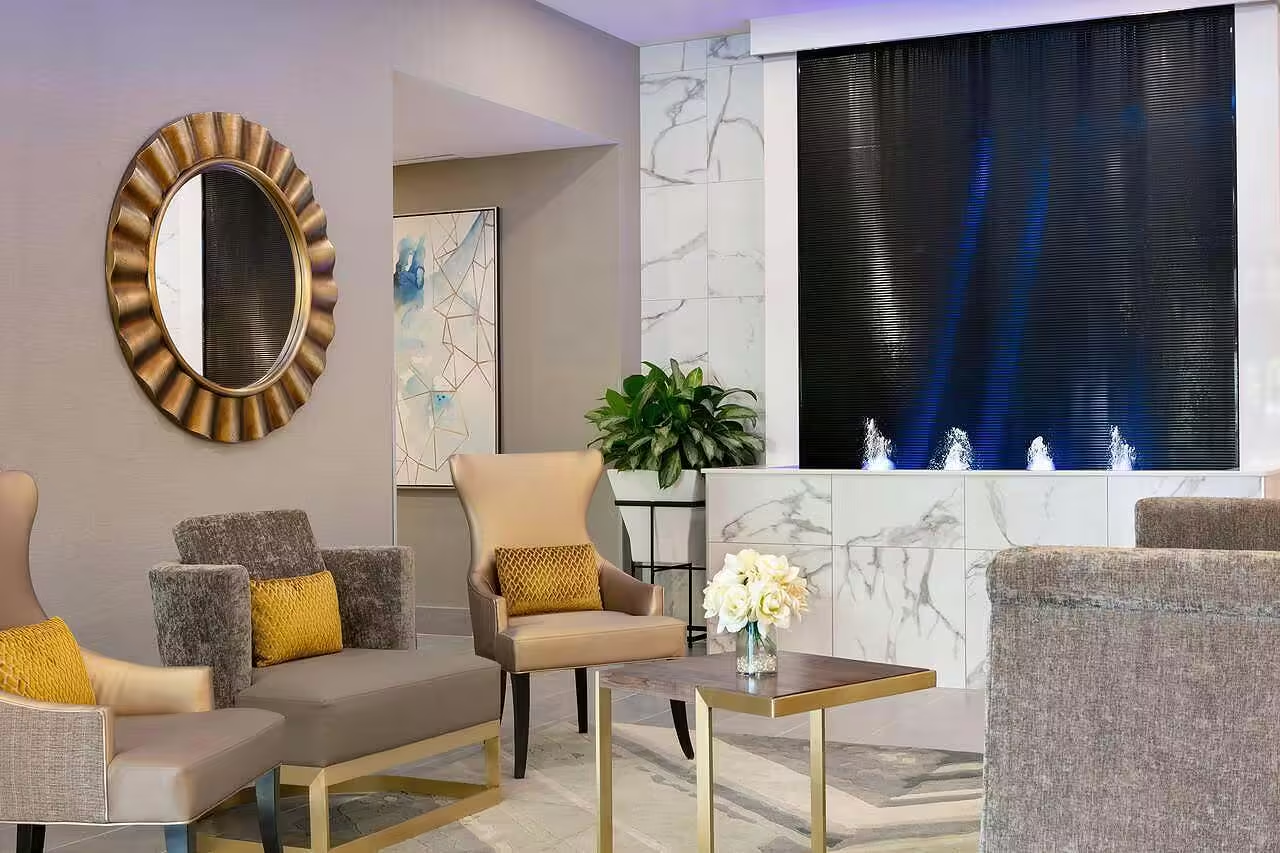
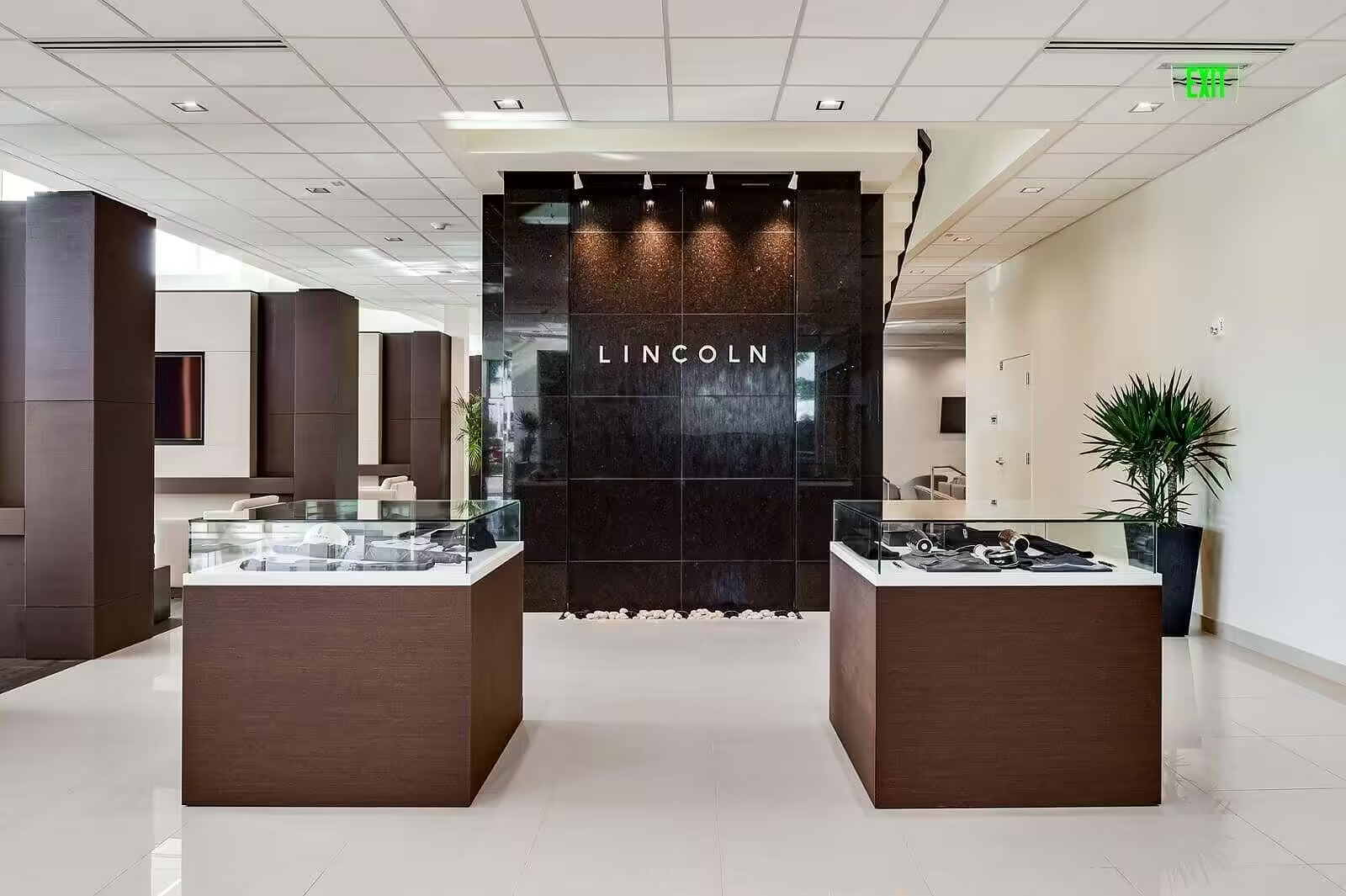
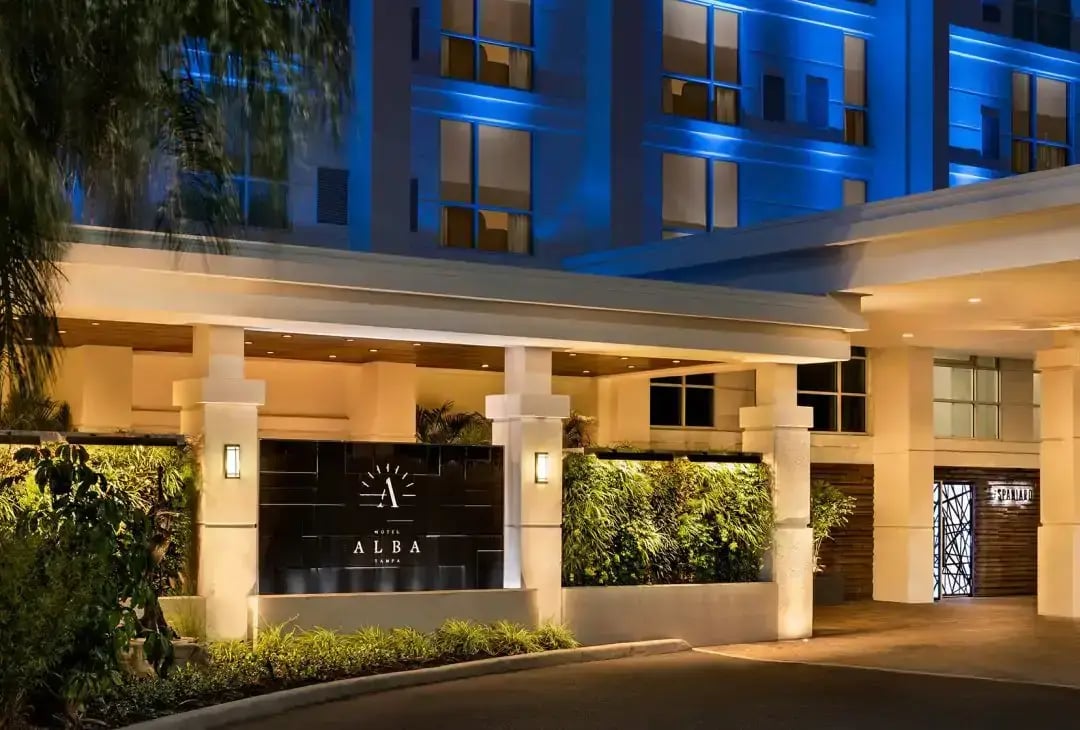





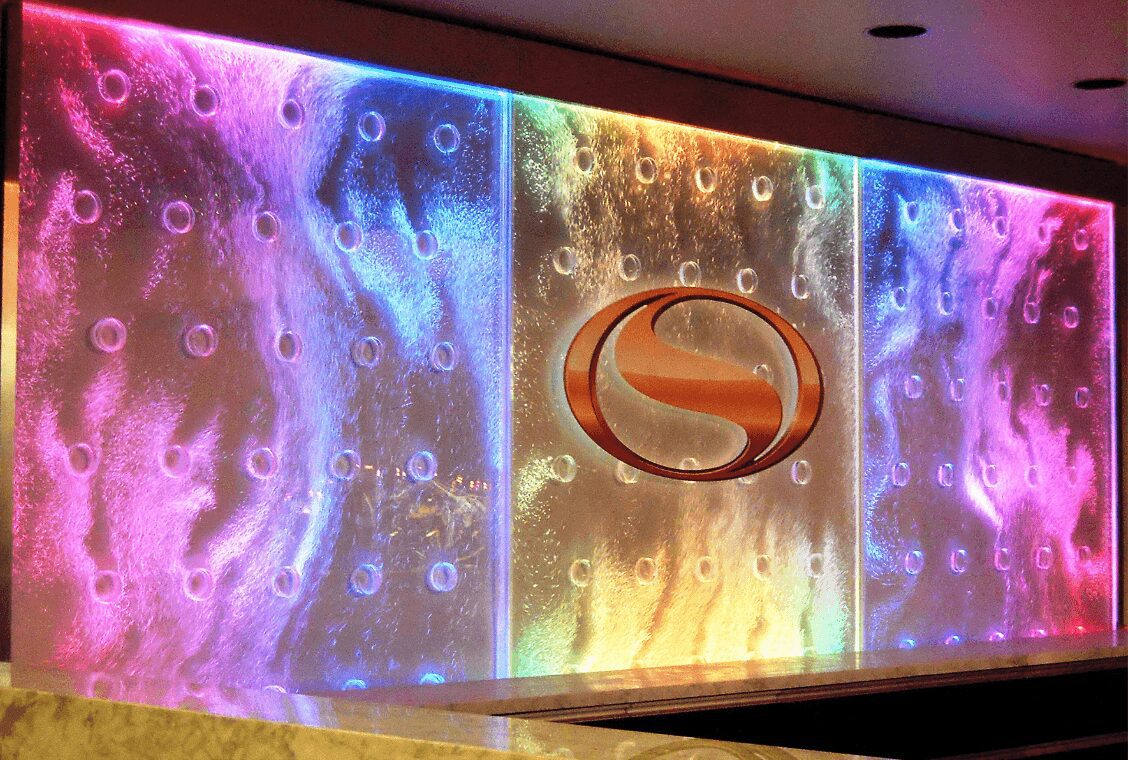










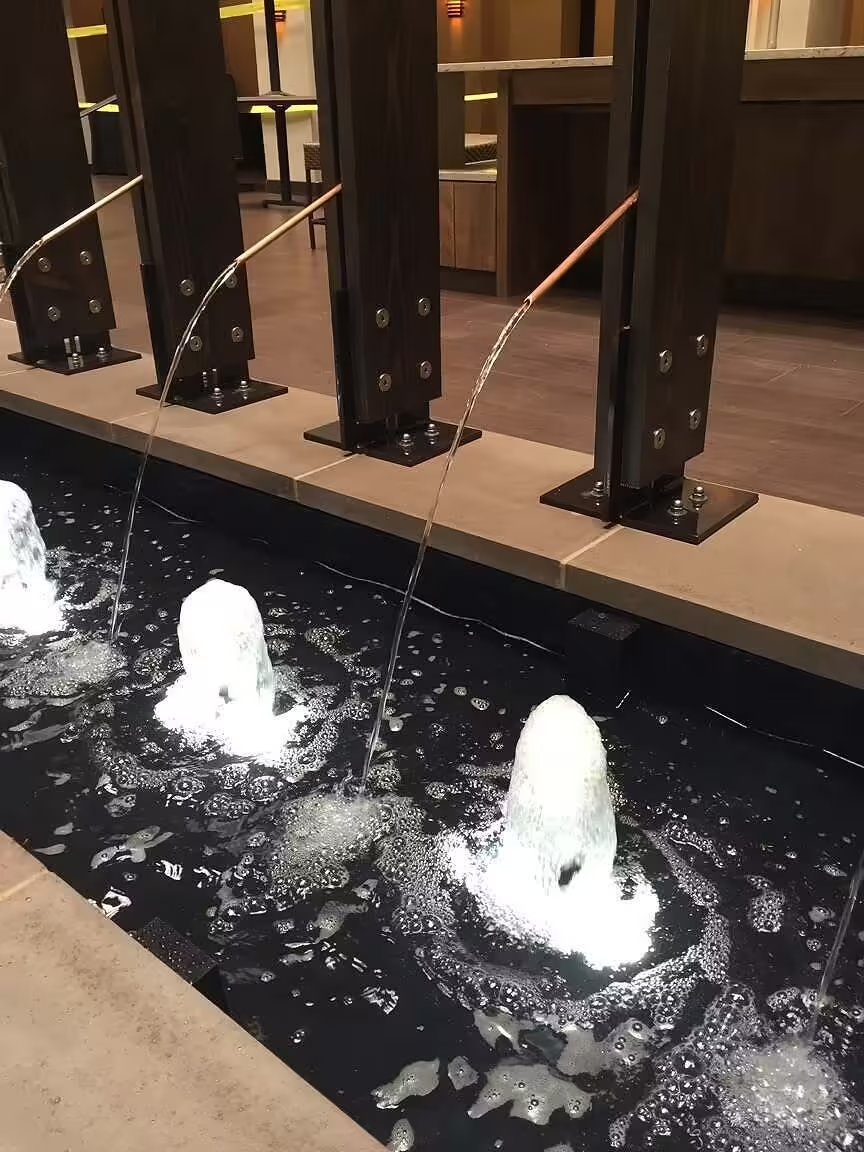
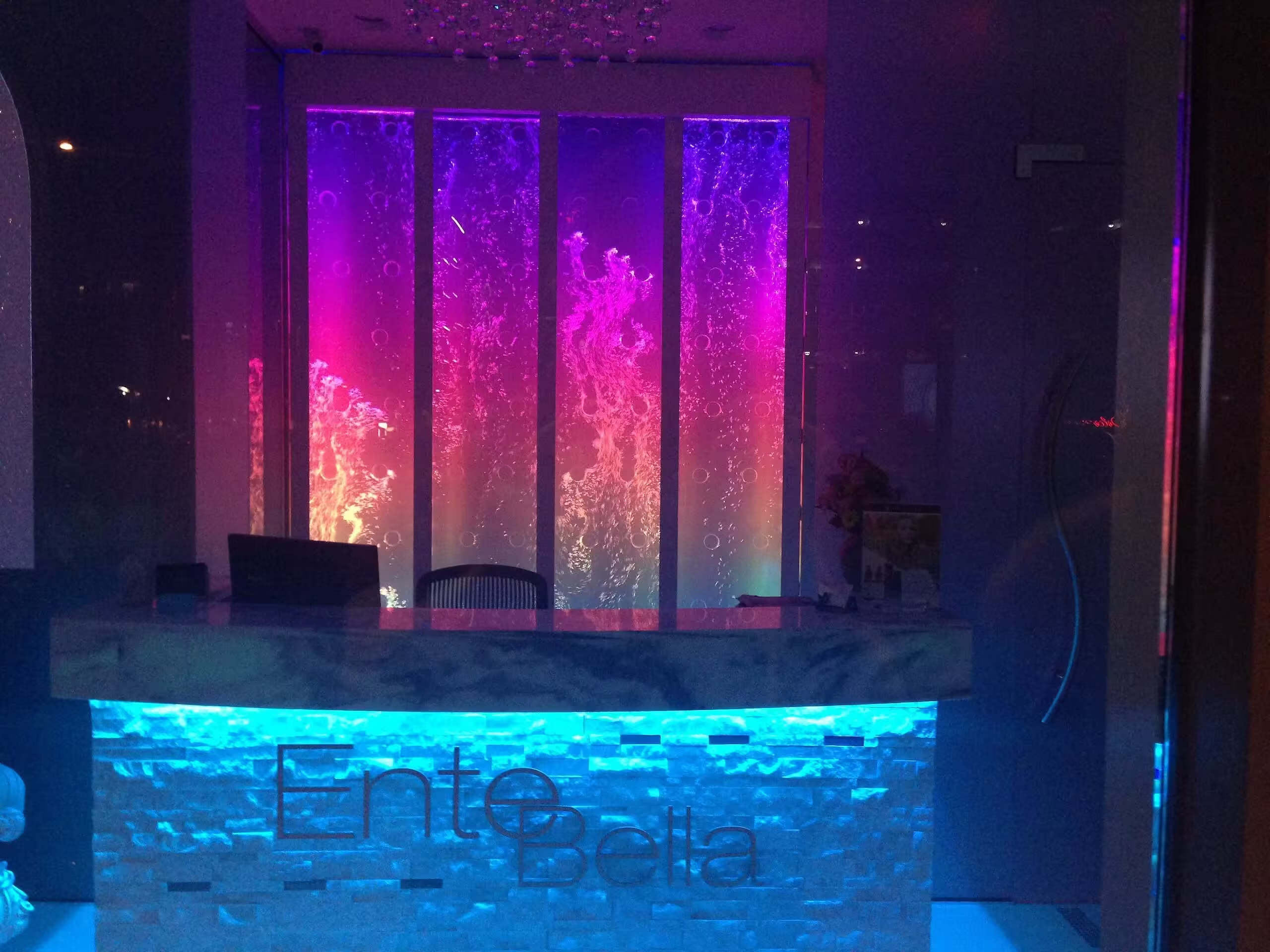

![Rod Style Bubble Wall Swirley for Bounce Empire in Denver, Colorado[84] Rod Style Bubble Wall Swirley for Bounce Empire in Denver, Colorado[84]](https://cfw51.rabbitloader.xyz/eyJjIjp0cnVlLCJoIjoid3d3Lm1pZHdlc3QtdHJvcGljYWwuY29tIiwidiI6MjExNTM2ODkwNCwiciI6MX0/wp-content/uploads/Rod-Style-Bubble-Wall-Swirley-for-Bounce-Empire-in-Denver-Colorado84.jpg.webp)
![Rod Style Bubble Wall Swirley for Bounce Empire in Denver, Colorado 2[2] Rod Style Bubble Wall Swirley for Bounce Empire in Denver, Colorado 2[2]](https://cfw51.rabbitloader.xyz/eyJjIjp0cnVlLCJoIjoid3d3Lm1pZHdlc3QtdHJvcGljYWwuY29tIiwidiI6MjExNTM2ODkwNCwiciI6MX0/wp-content/uploads/Rod-Style-Bubble-Wall-Swirley-for-Bounce-Empire-in-Denver-Colorado-22-jpg.avif)

